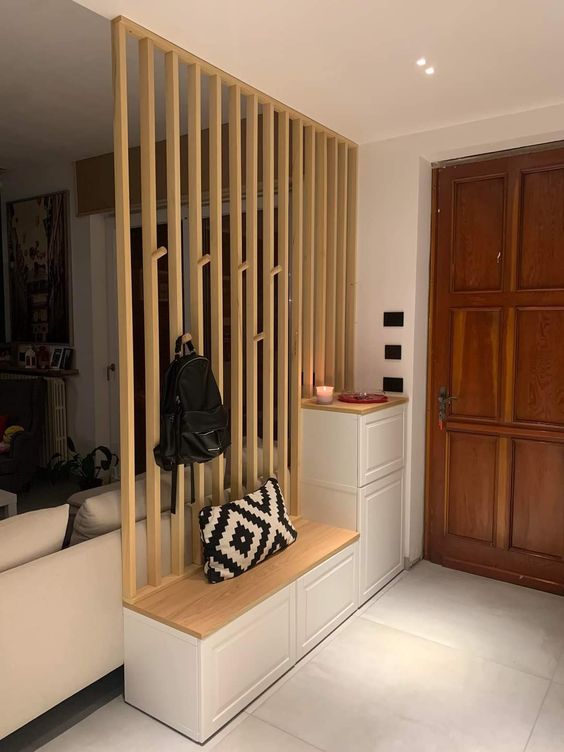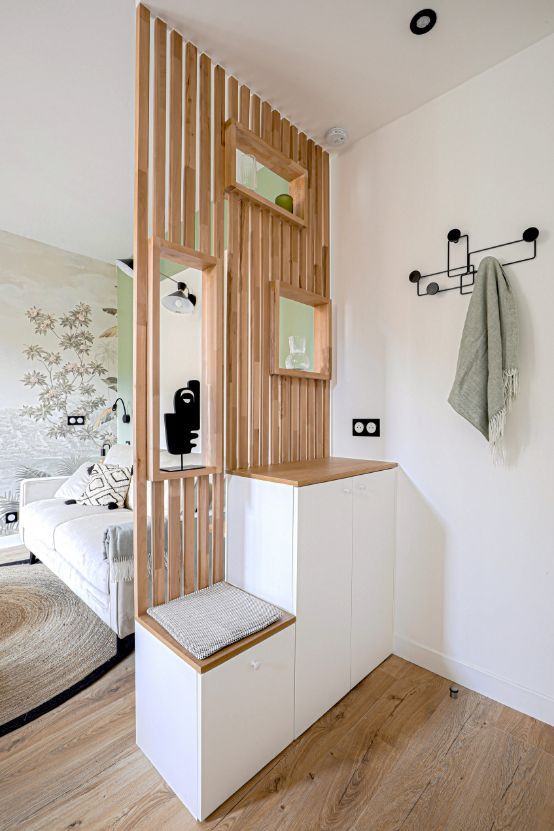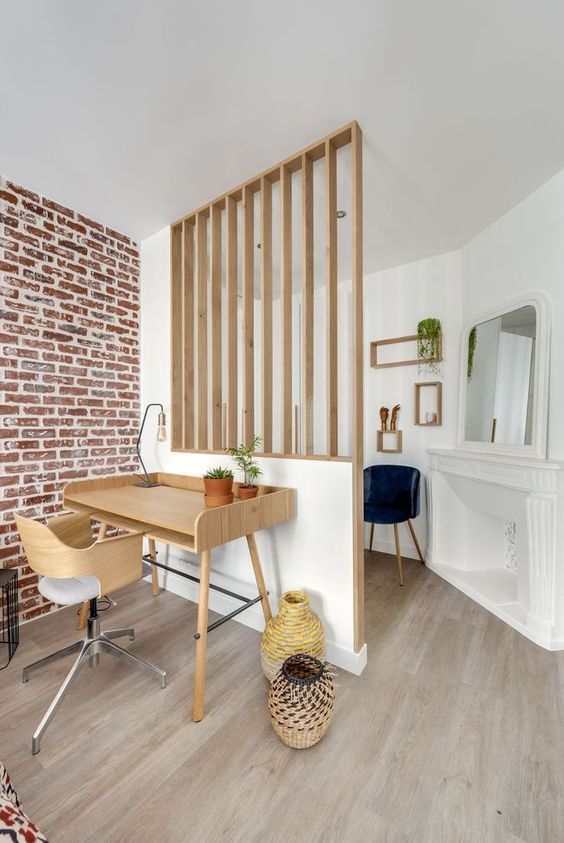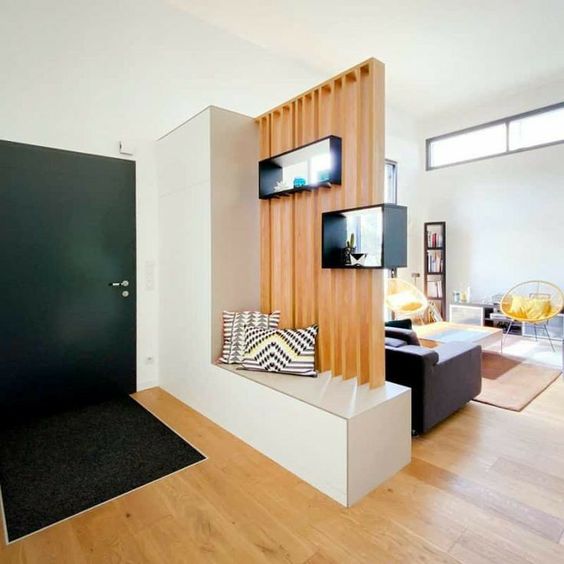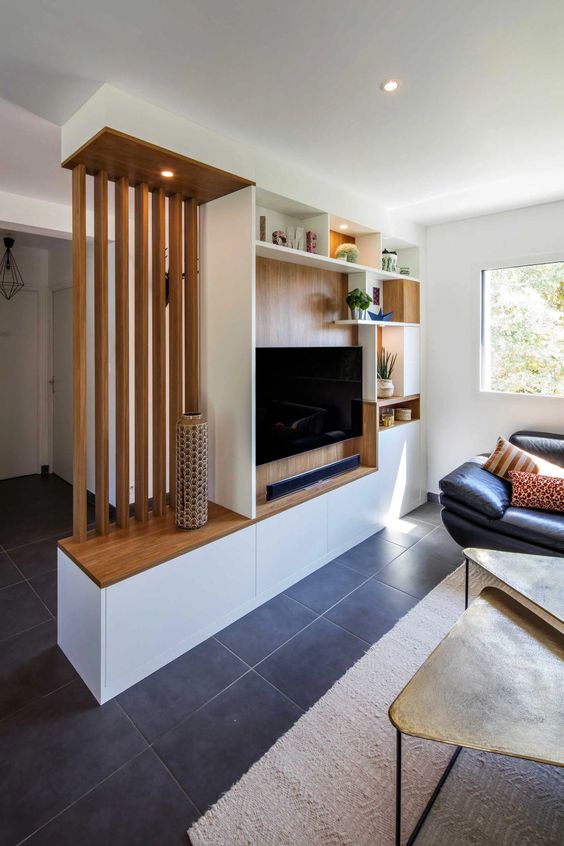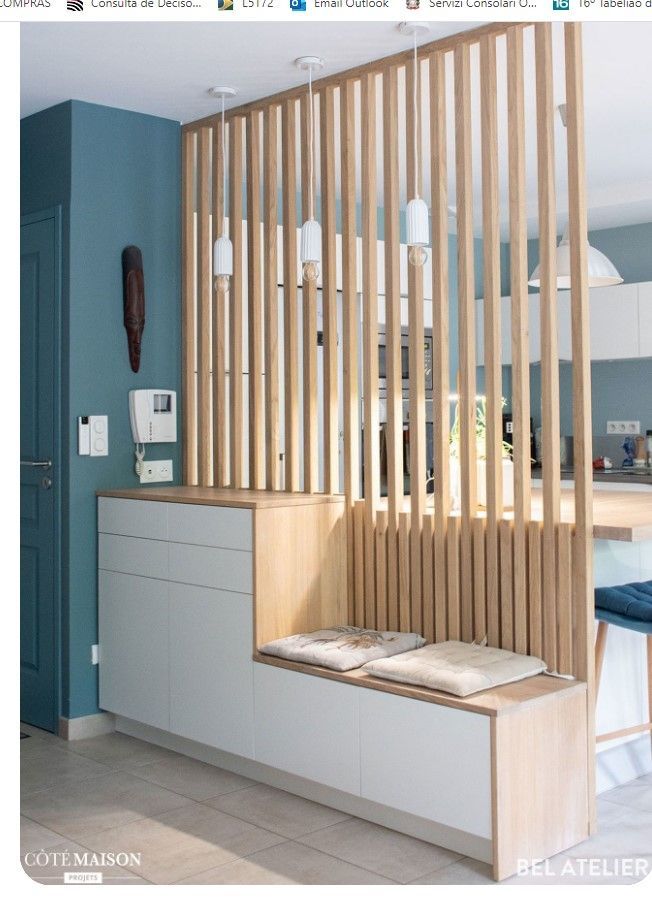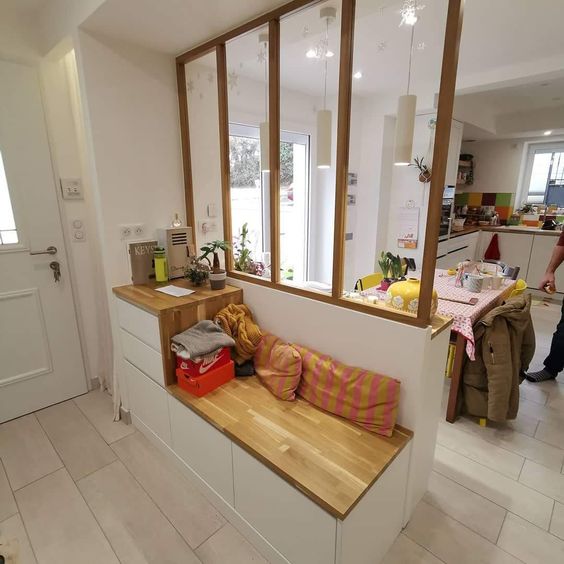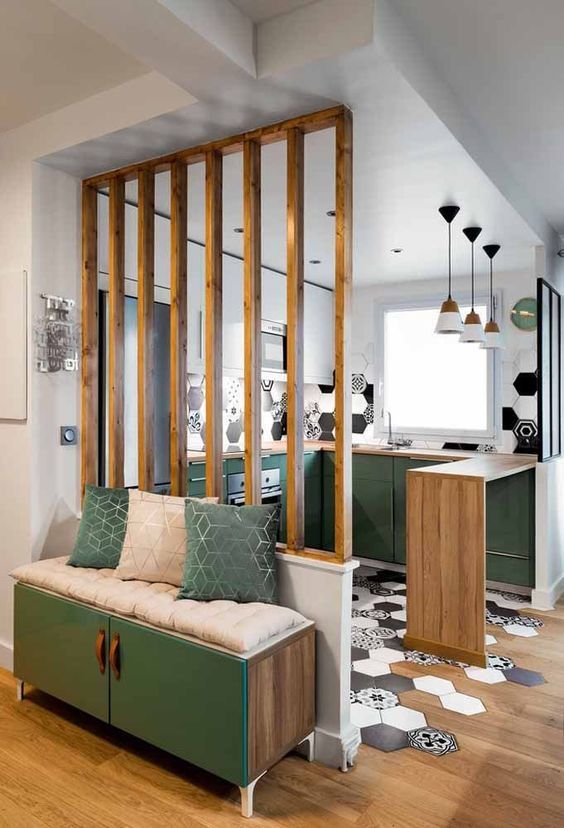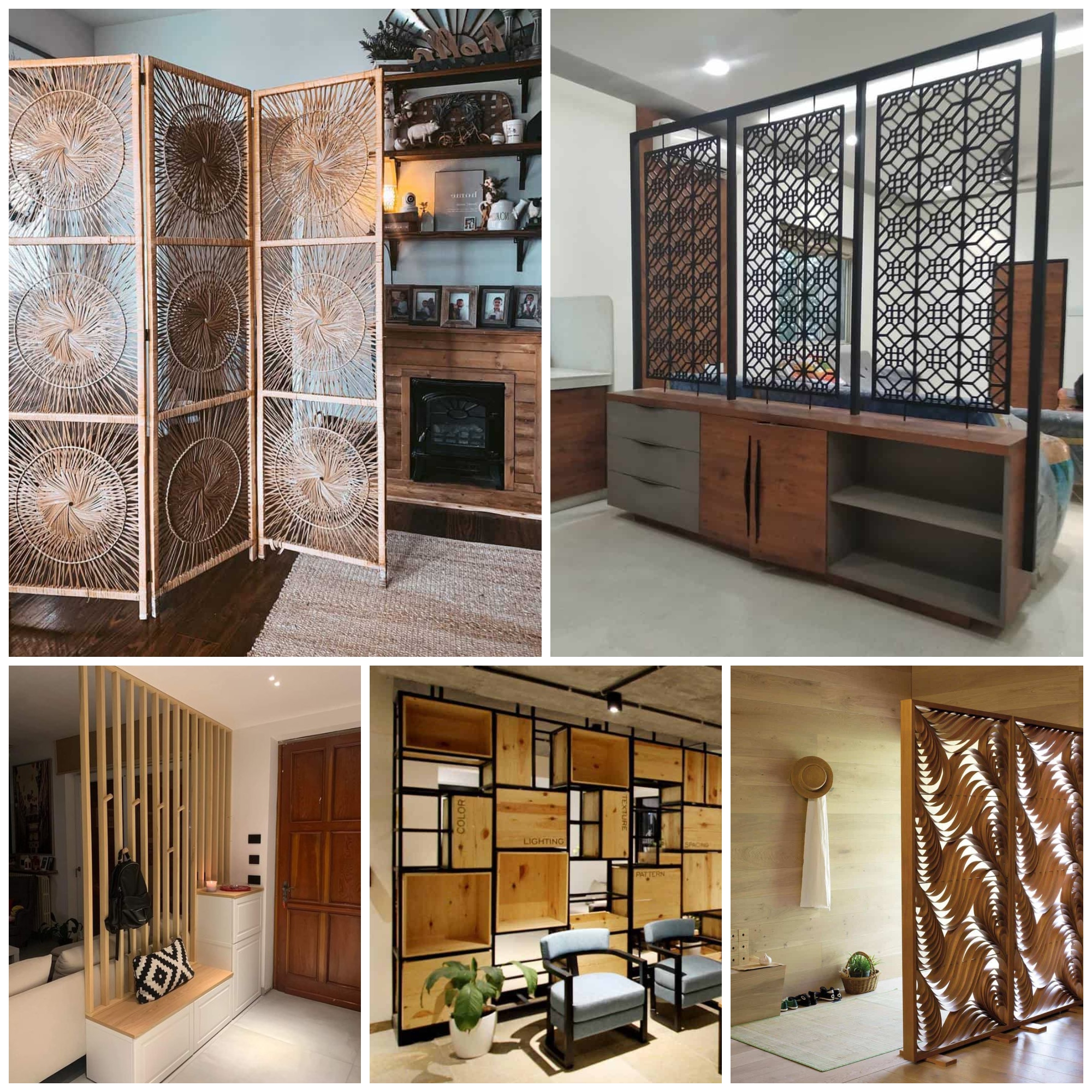
With the variety of temporary wall ideas that offer style, functionality and flexibility, transforming your living space has never been easier. Whether you’re a renter looking to personalize your apartment or a homeowner looking to redesign a room without a long-term commitment, these innovative solutions open up a world of creative possibilities. From improving privacy to transforming your space, temporary walls have become the go-to for those seeking a balance between aesthetics and practicality.
Gone are the days when changing your interior design meant permanent changes. Temporary wall ideas have revolutionized the way we think about spaces, allowing us to experiment with layouts and aesthetics without fear of damaging the existing structure. With materials ranging from elegant modular dividers to bookcase walls that double as storage units, you can seamlessly adapt your environment to your changing needs.
In this article, we look at a curated selection of temporary wall ideas tailored to different tastes and purposes. Discover how sliding panels can create versatile spaces, discover the elegance of Japanese shoji screens and reveal the modern charm of geometric patterned partitions. Whether you want to decorate specific areas in an open floor plan or add a touch of artistic flair, these temporary wall ideas will spark your imagination and redefine the way you perceive interior spaces.
1. Upgrade the space of your apartment with these temporary wall ideas
Many renters can make do with a fabric curtain instead of an entire temporary wall. However, installing a partition is a good option for those who live in rent-dominated markets or want to upgrade their small apartment without permanently changing the original floor plan.
Temporary walls come in all styles. There are many DIY solutions that can be easily installed and dismantled as needed. Or hire a contractor to build a temporary wall that looks like the original.
Seamless walls look like permanent fixtures, but have no influence on the basic structure of the room. You can paint them or install a sliding door and plexiglass skylight windows. Panels are a nice alternative when you don’t need to create an entire room.
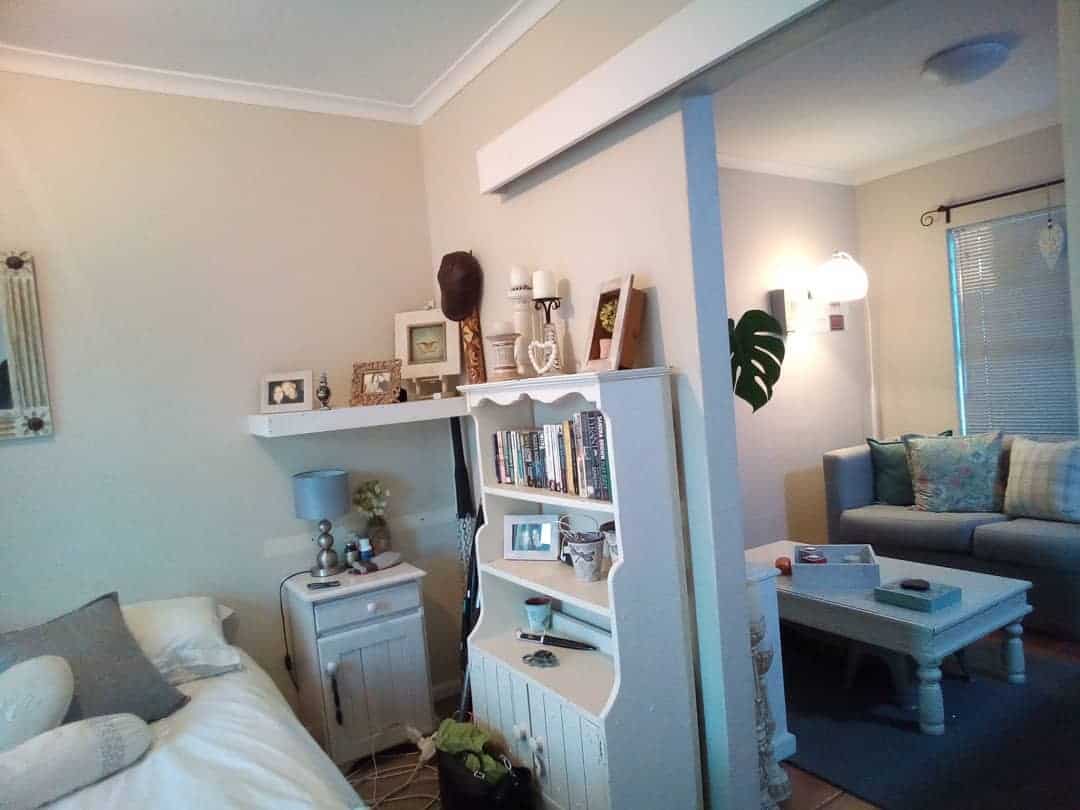
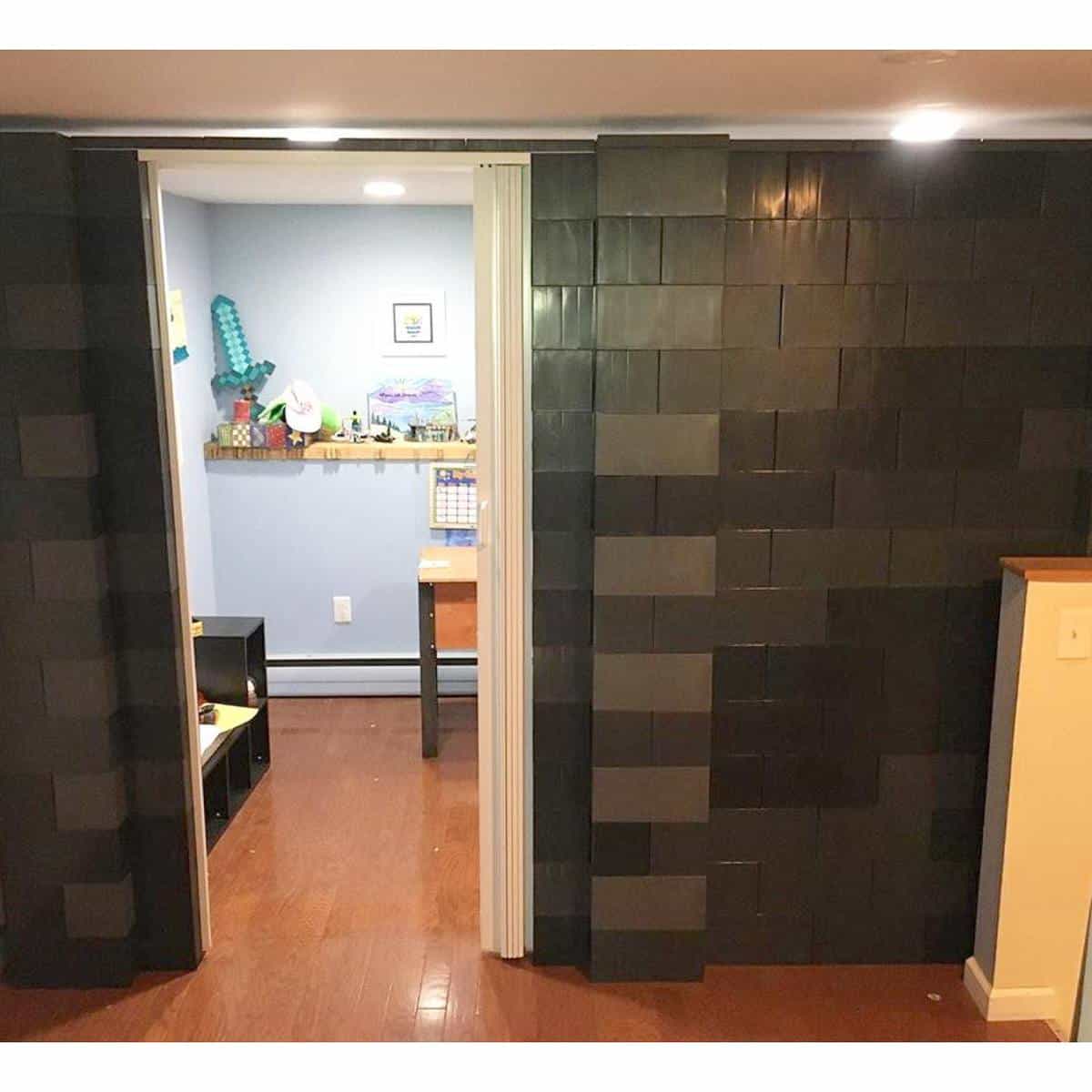
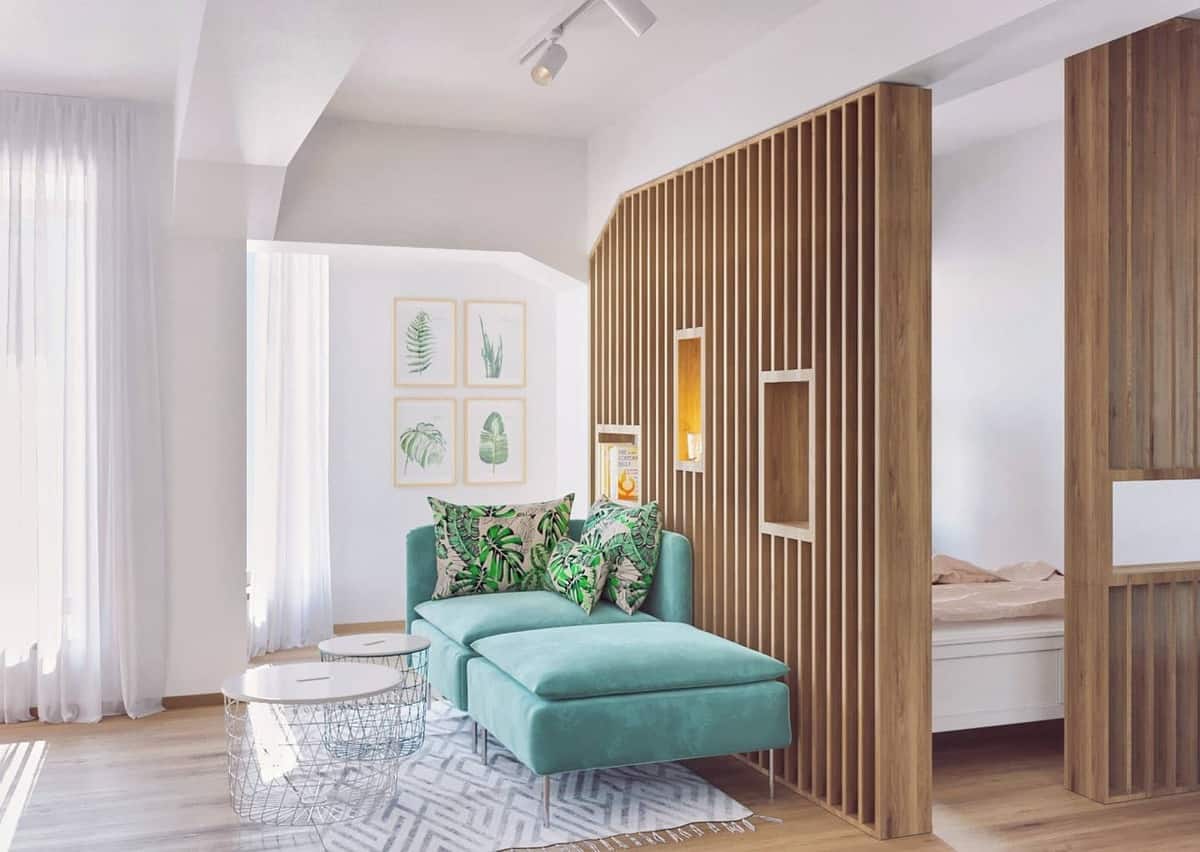
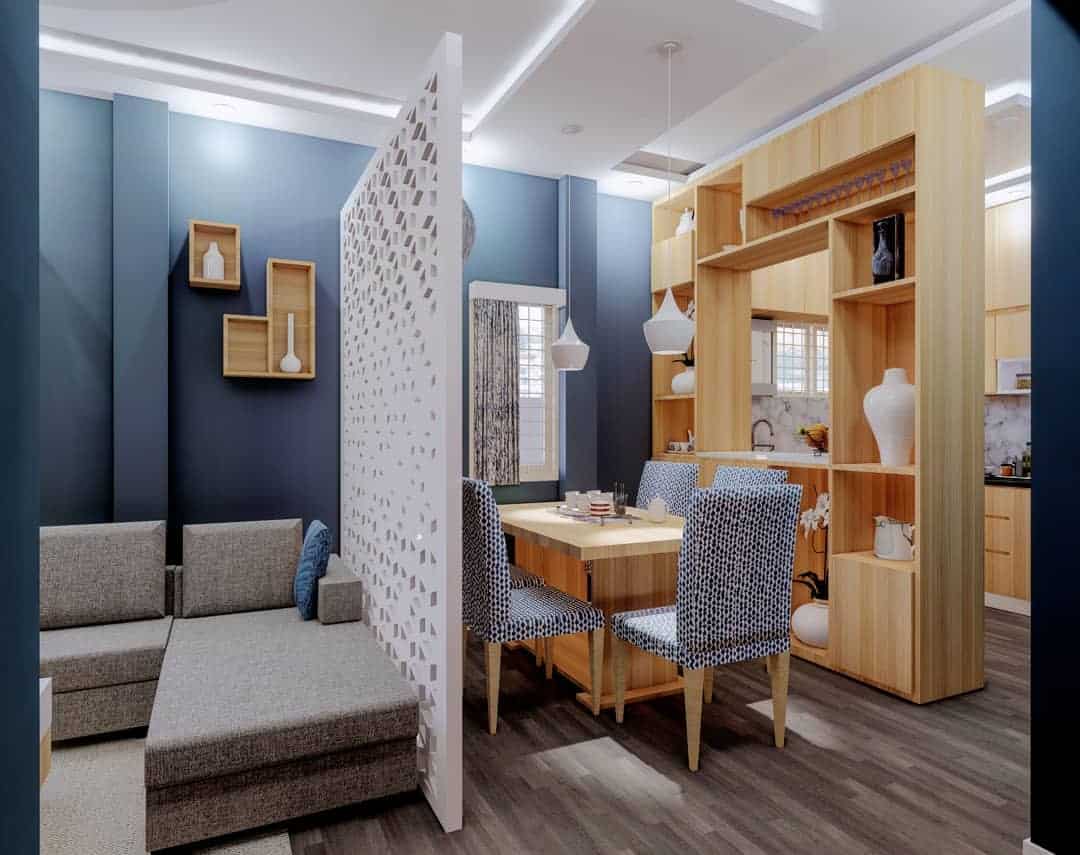
2. Bedroom transformation inspiration
The star of any bedroom interior is undoubtedly the bed. Therefore, it makes sense that most bedroom room divider ideas focus on this piece of furniture.
Install a half partition around your bed to create more privacy without losing the openness of the room. Wall-to-wall fabric curtains are great for a studio apartment or for dividing a guest room in a multi-purpose room.
For a partition to be effective, it does not have to be opaque. The room divider must trick the eye into perceiving the room as two different rooms. Frosted glass panels or shades give you the perfect level of privacy without making the bedroom too claustrophobic.
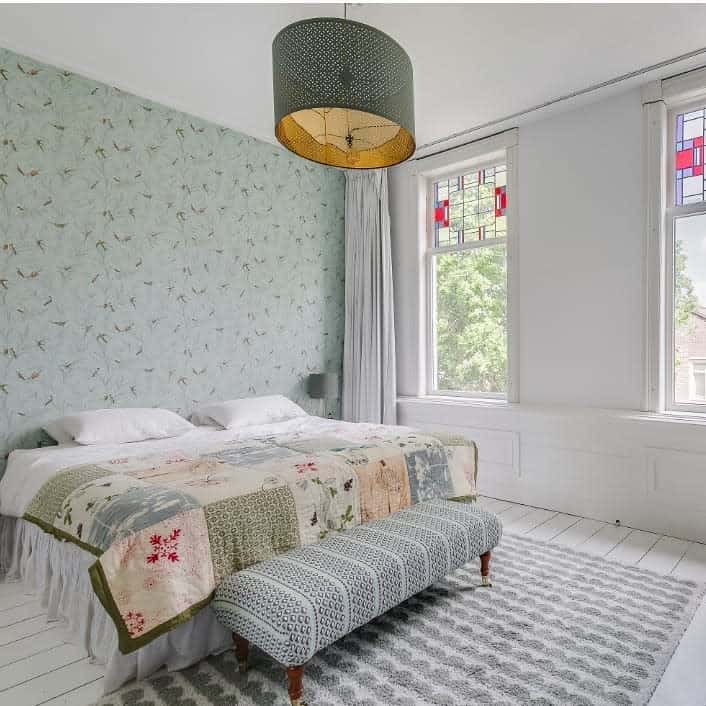
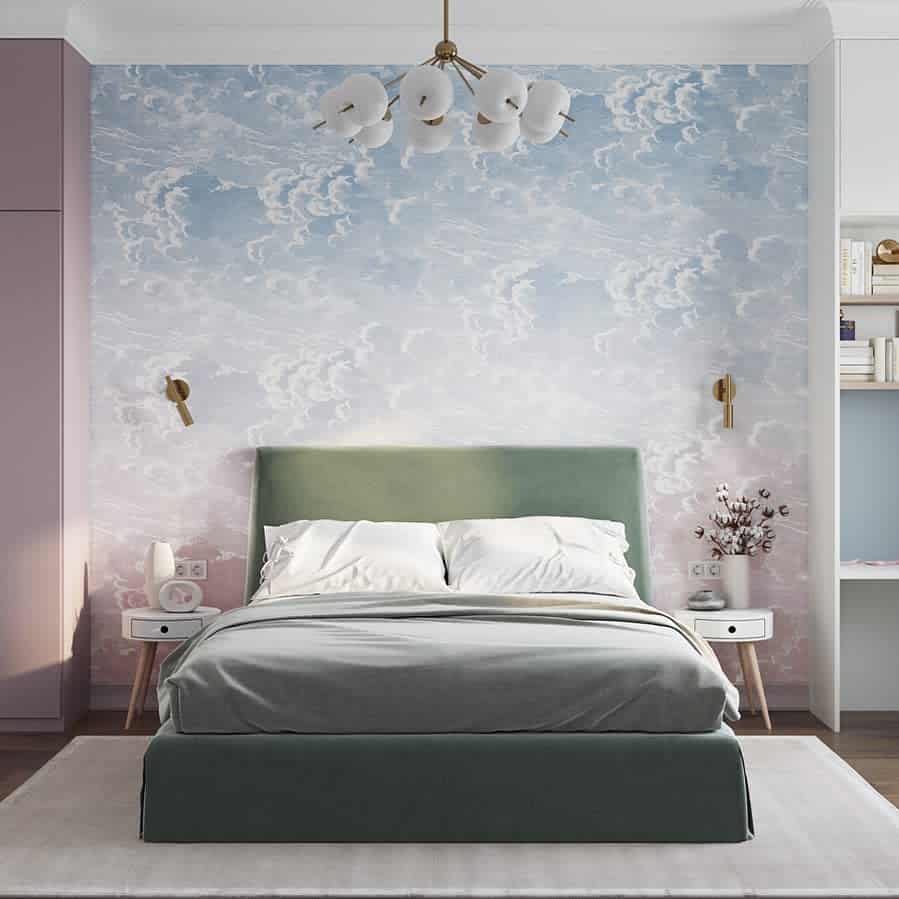
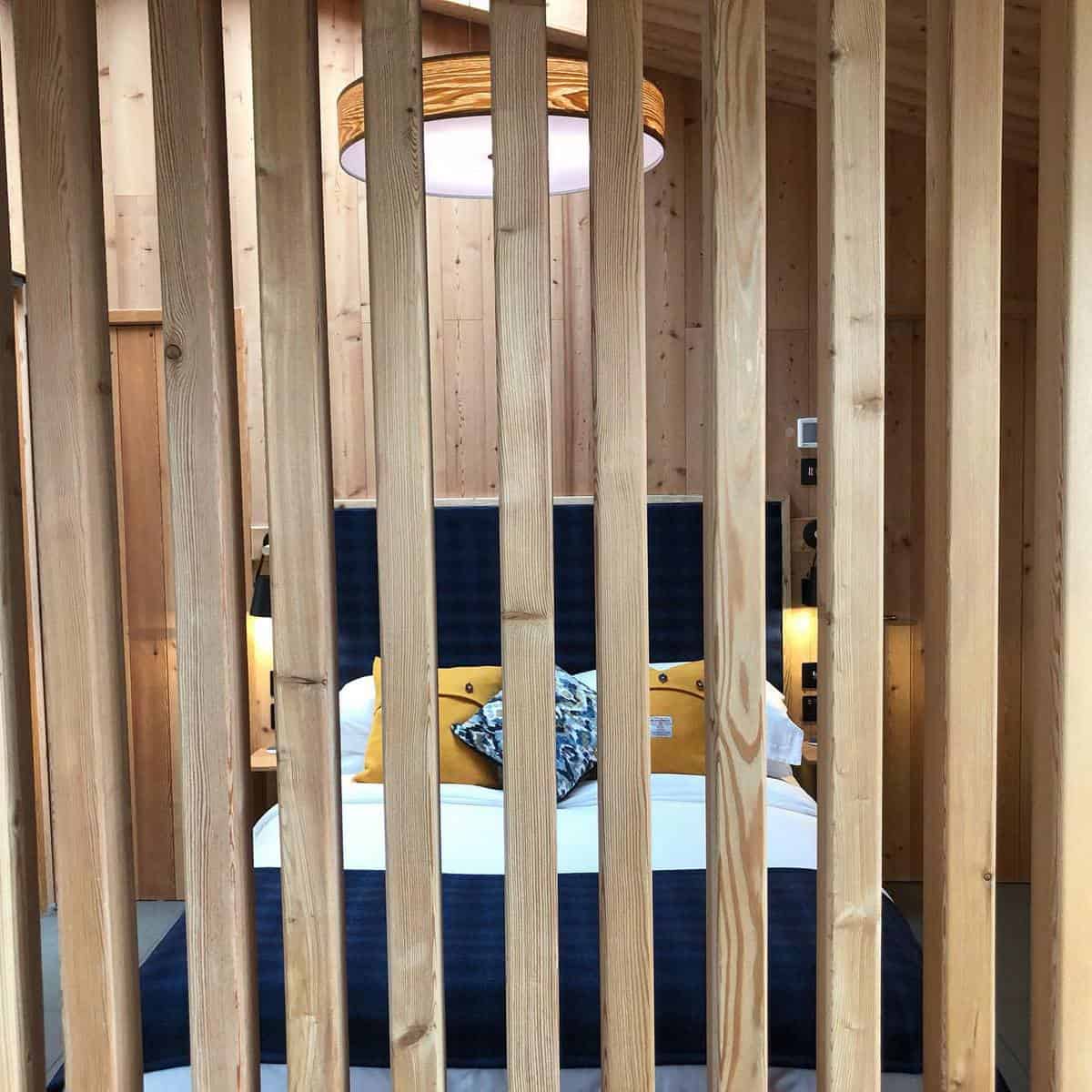
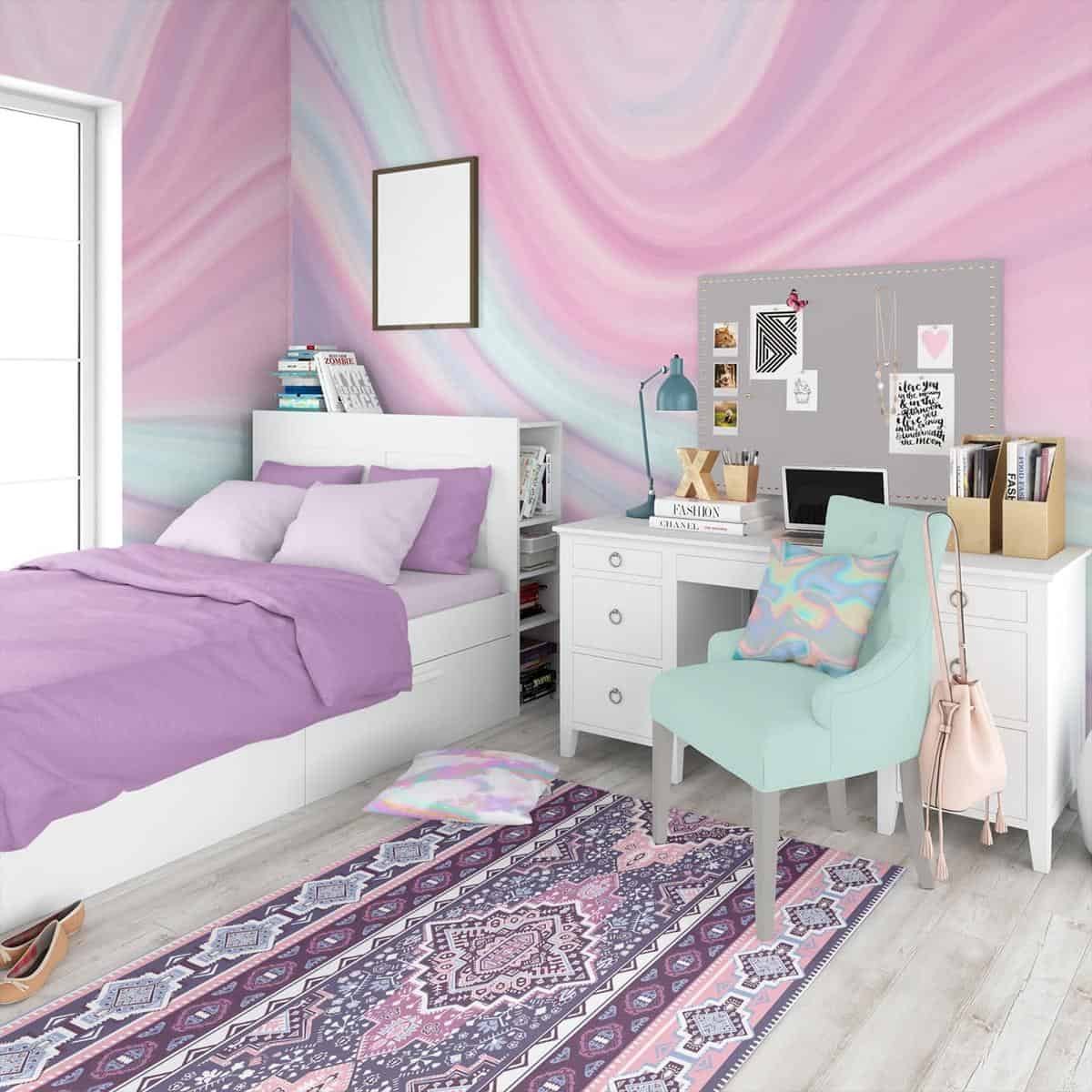
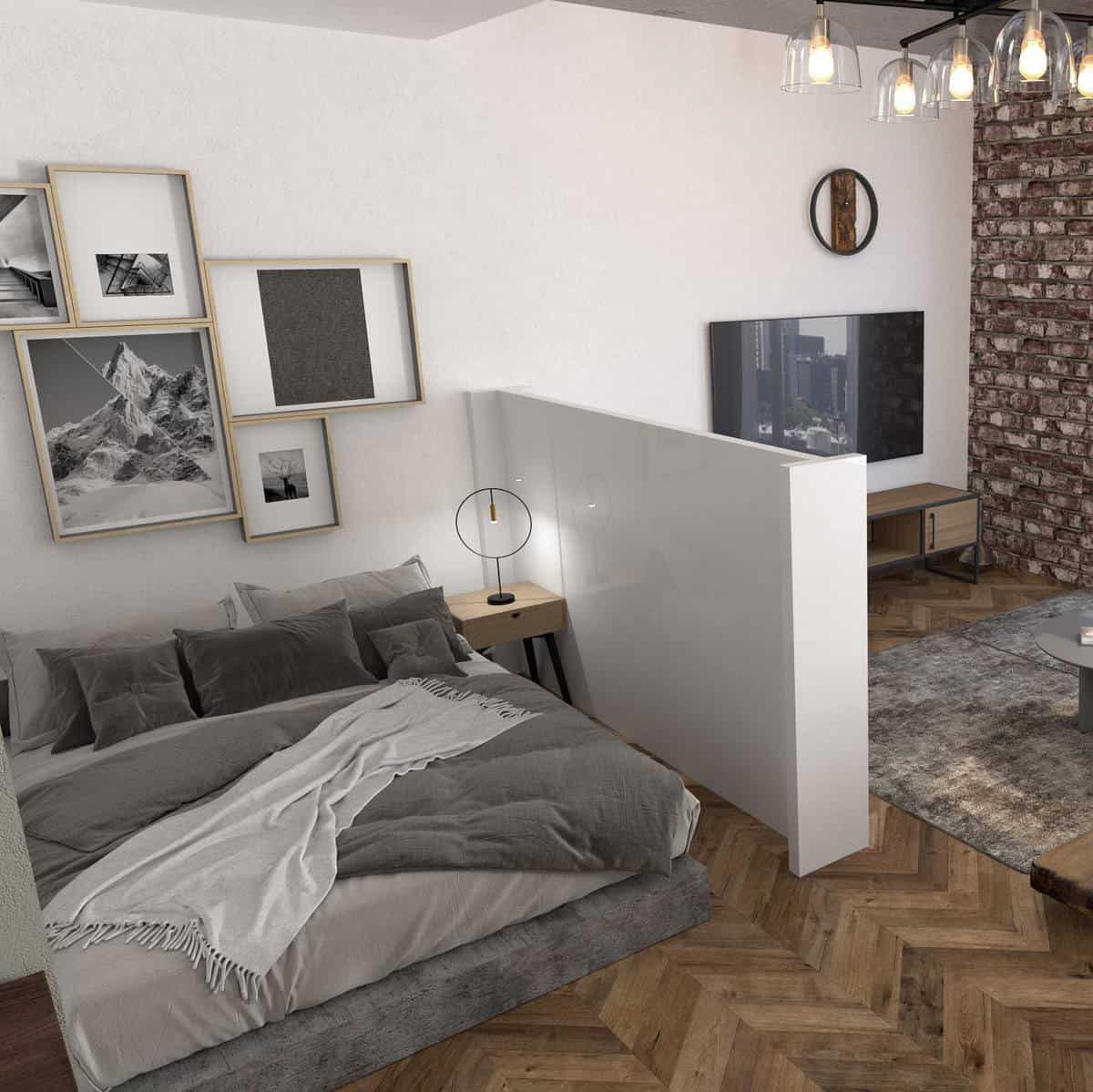
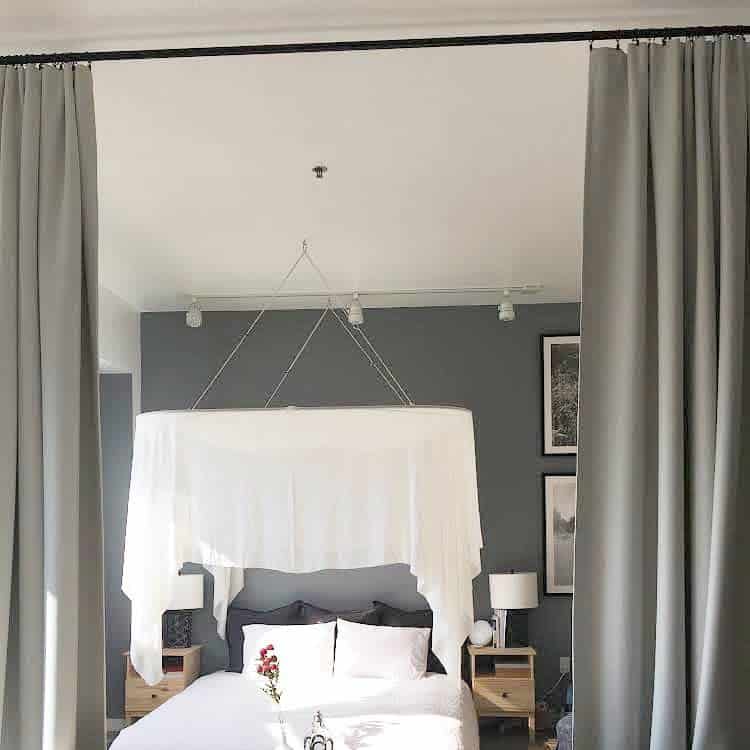
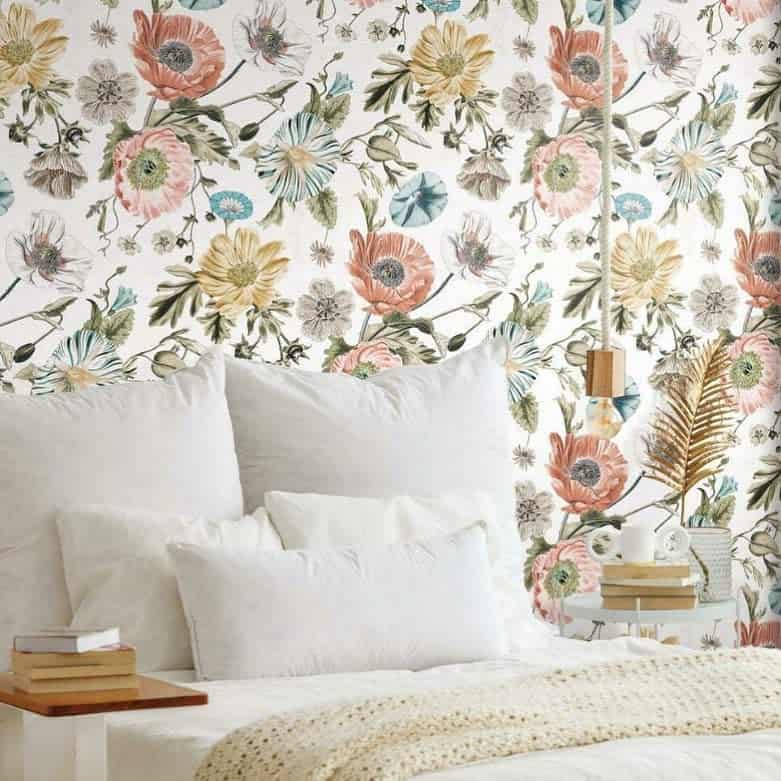
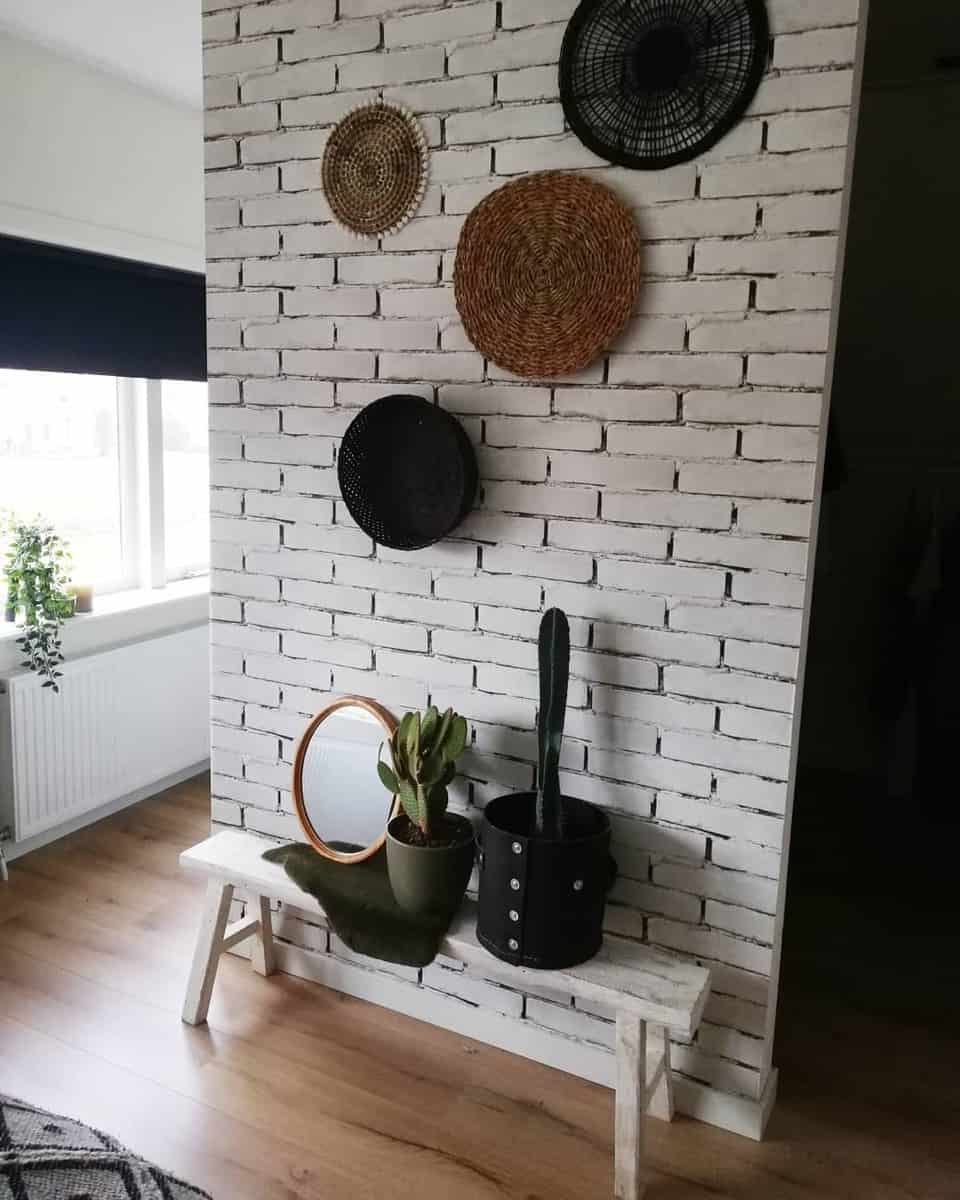
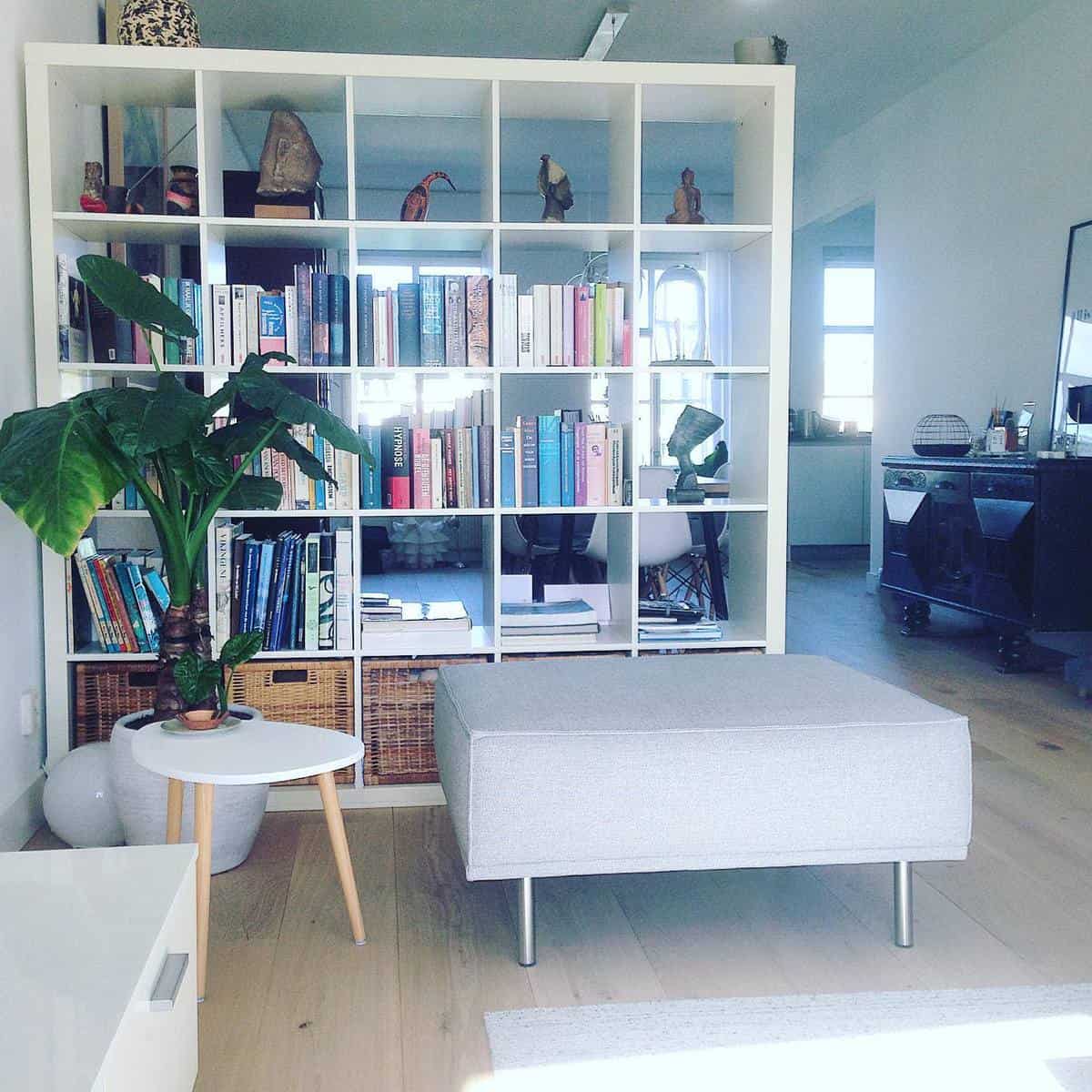
3. Creative bookshelf integrations
A freestanding bookcase wall is an extremely functional way to divide a large room into two independent rooms. Use a set of matching bookcases for a bespoke divider or just a single one for something simple and compact.
Choose a bookcase with openings on both sides so that the decor is visible from all areas of the shared space. If your chosen bookcase has a traditional one-sided design, cover the back with fabric, framed wall art, or a hanging tapestry.
Don’t worry if your bookshelf doesn’t reach the ceiling – few bookshelf walls do. As long as you don’t need to completely separate one room from the other, any height will work for this makeshift room divider.
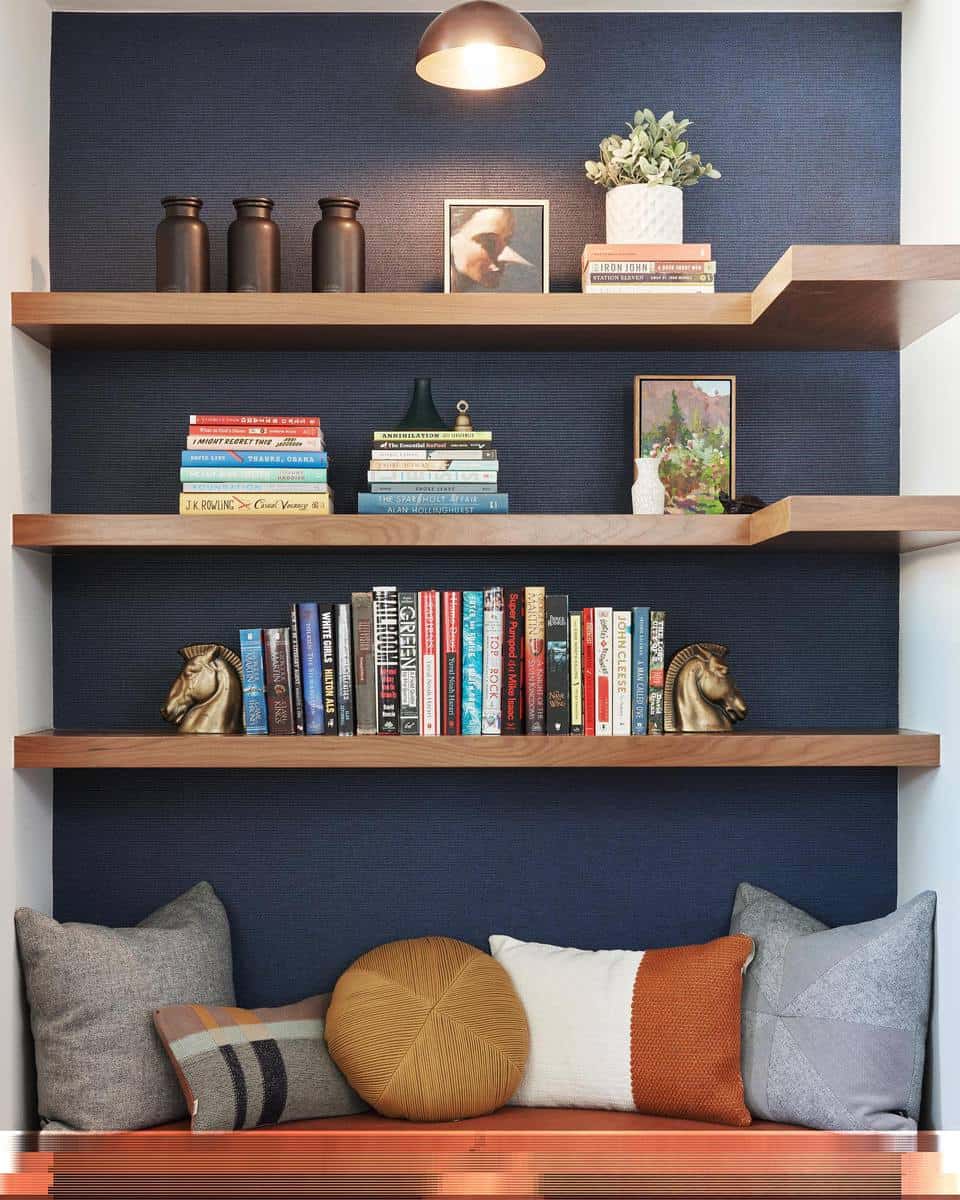

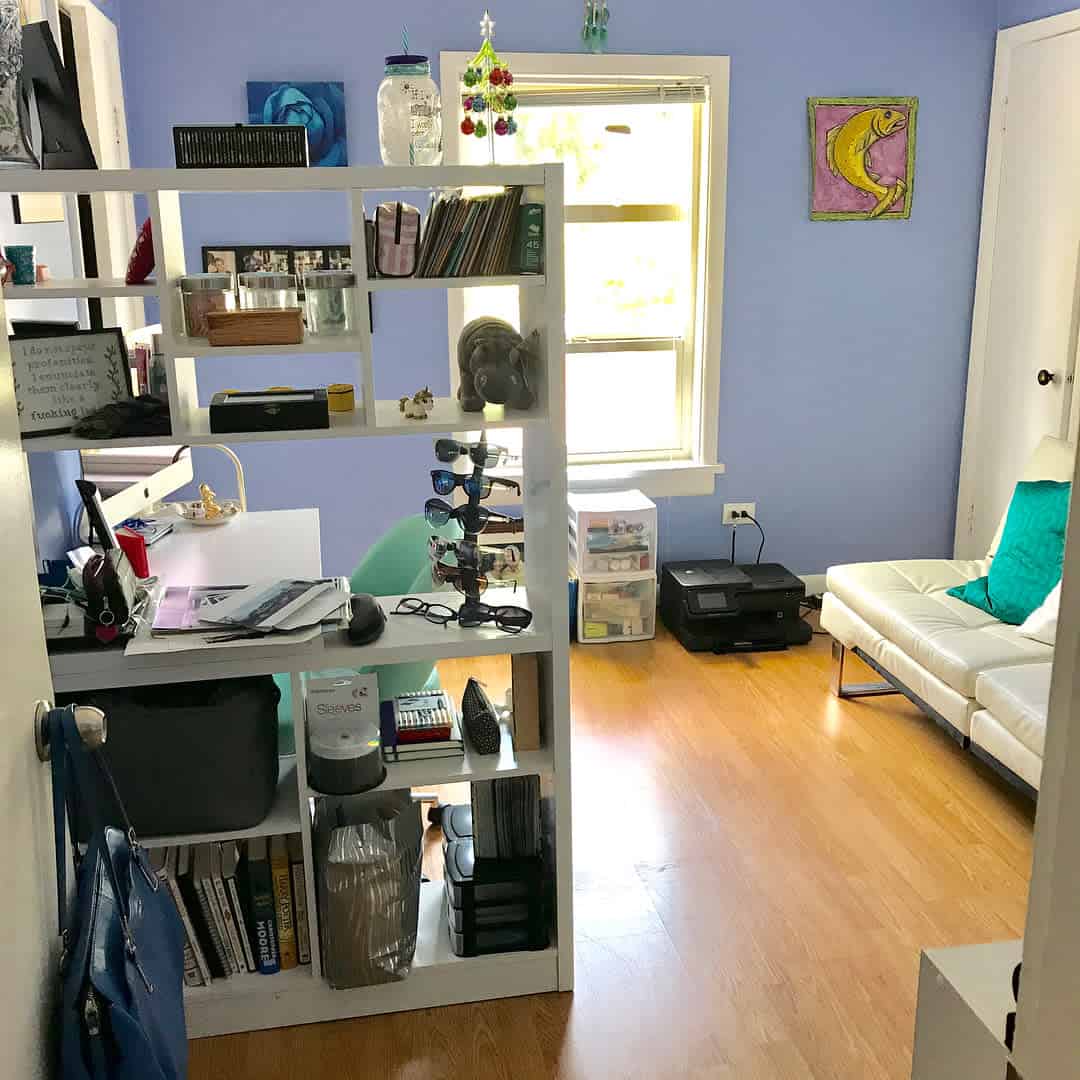
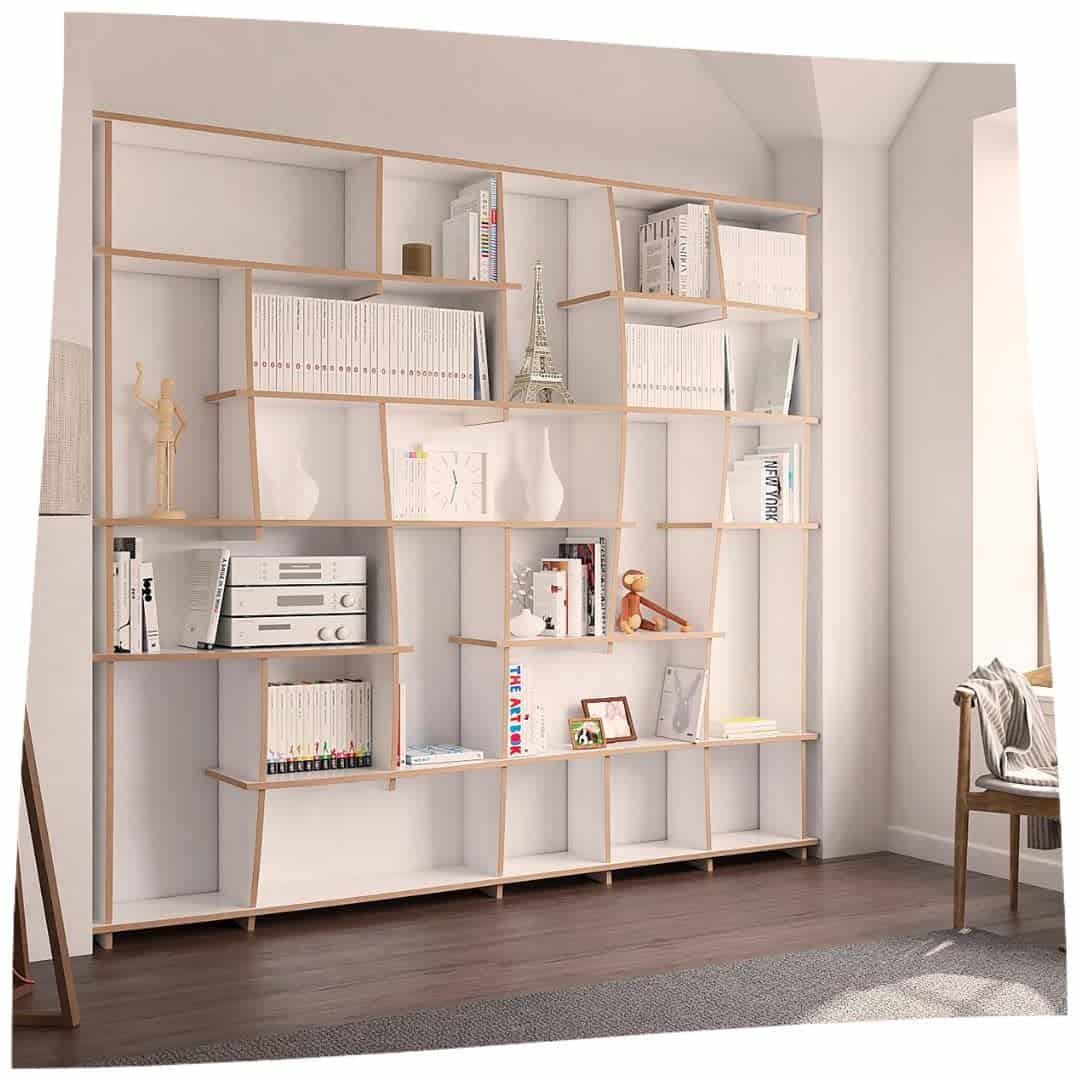
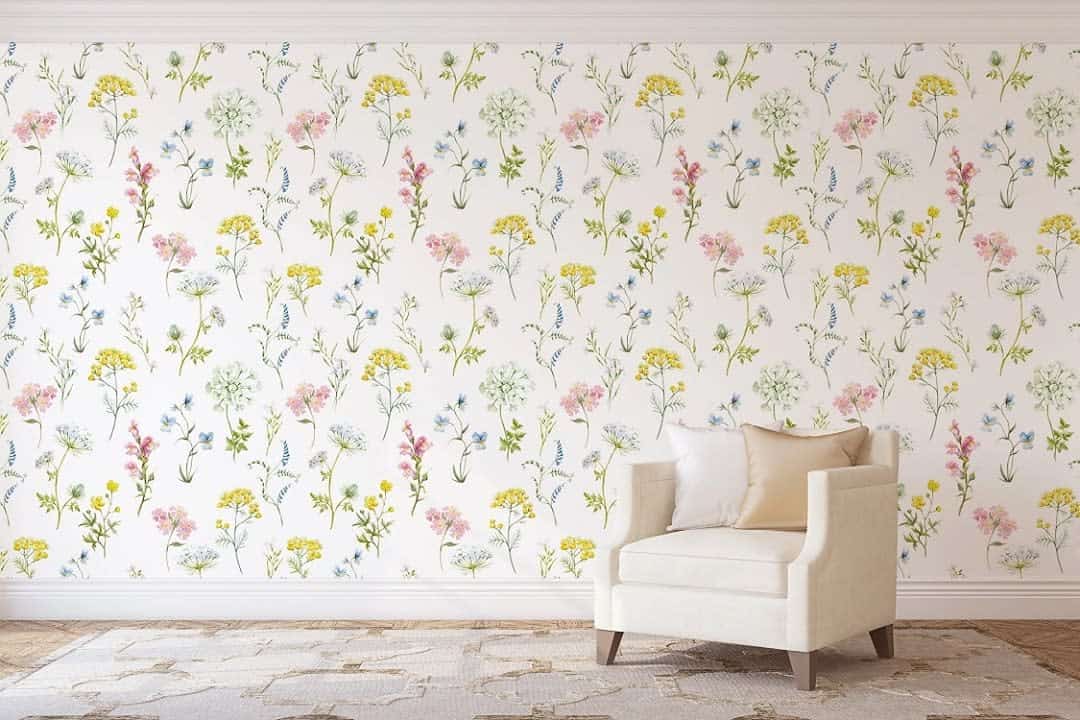
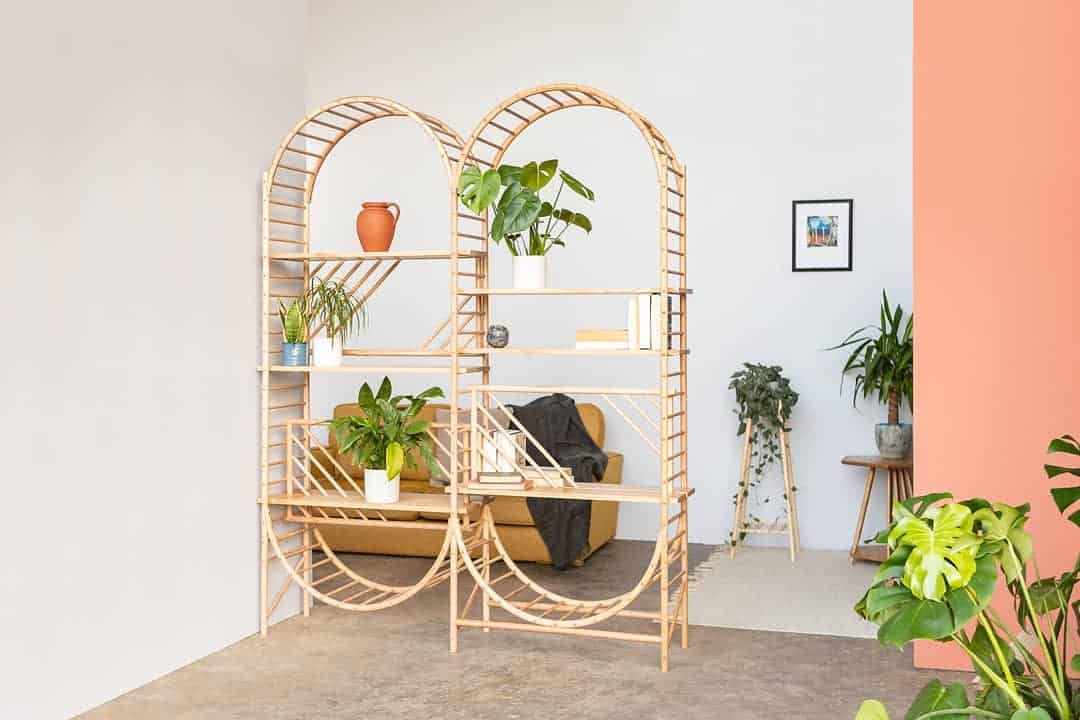
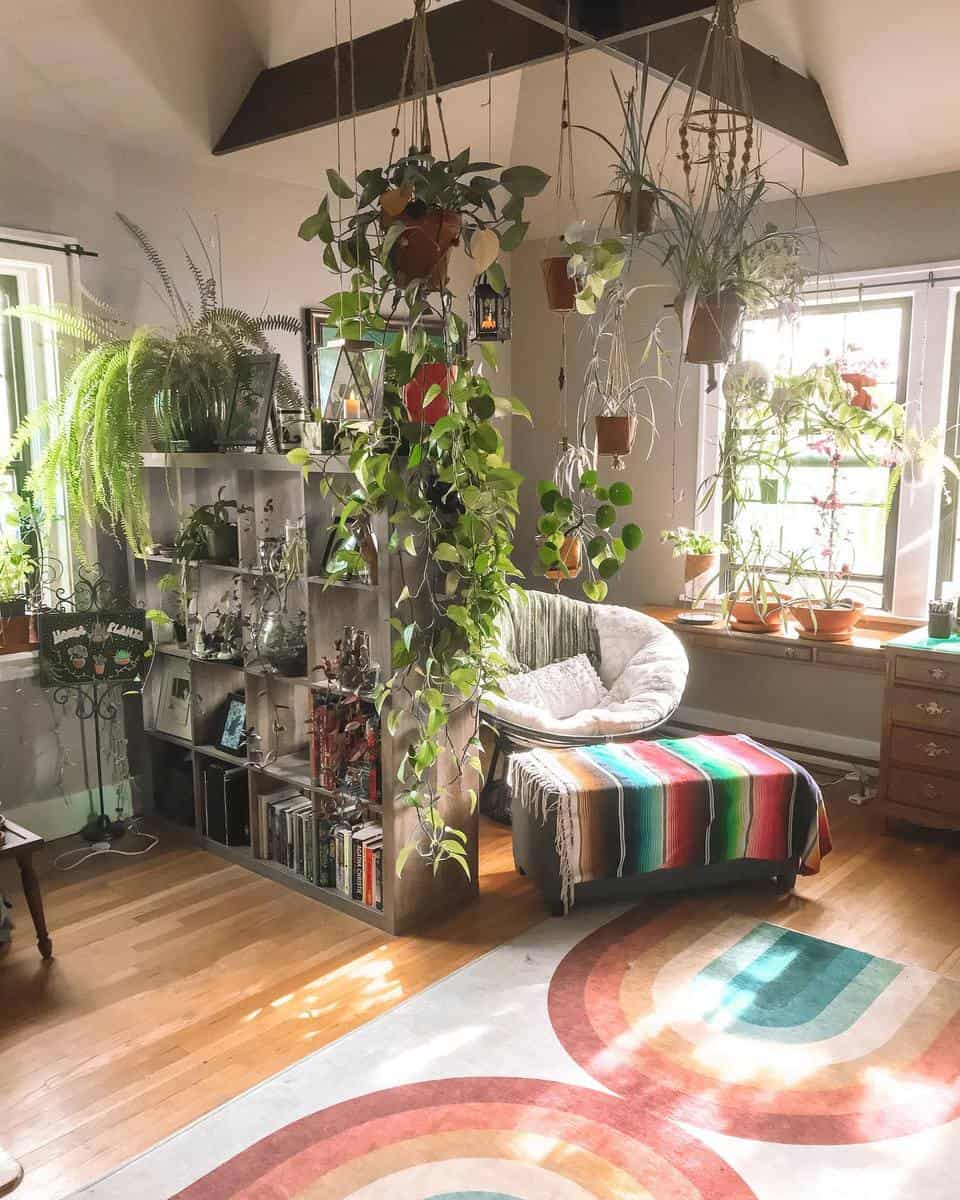
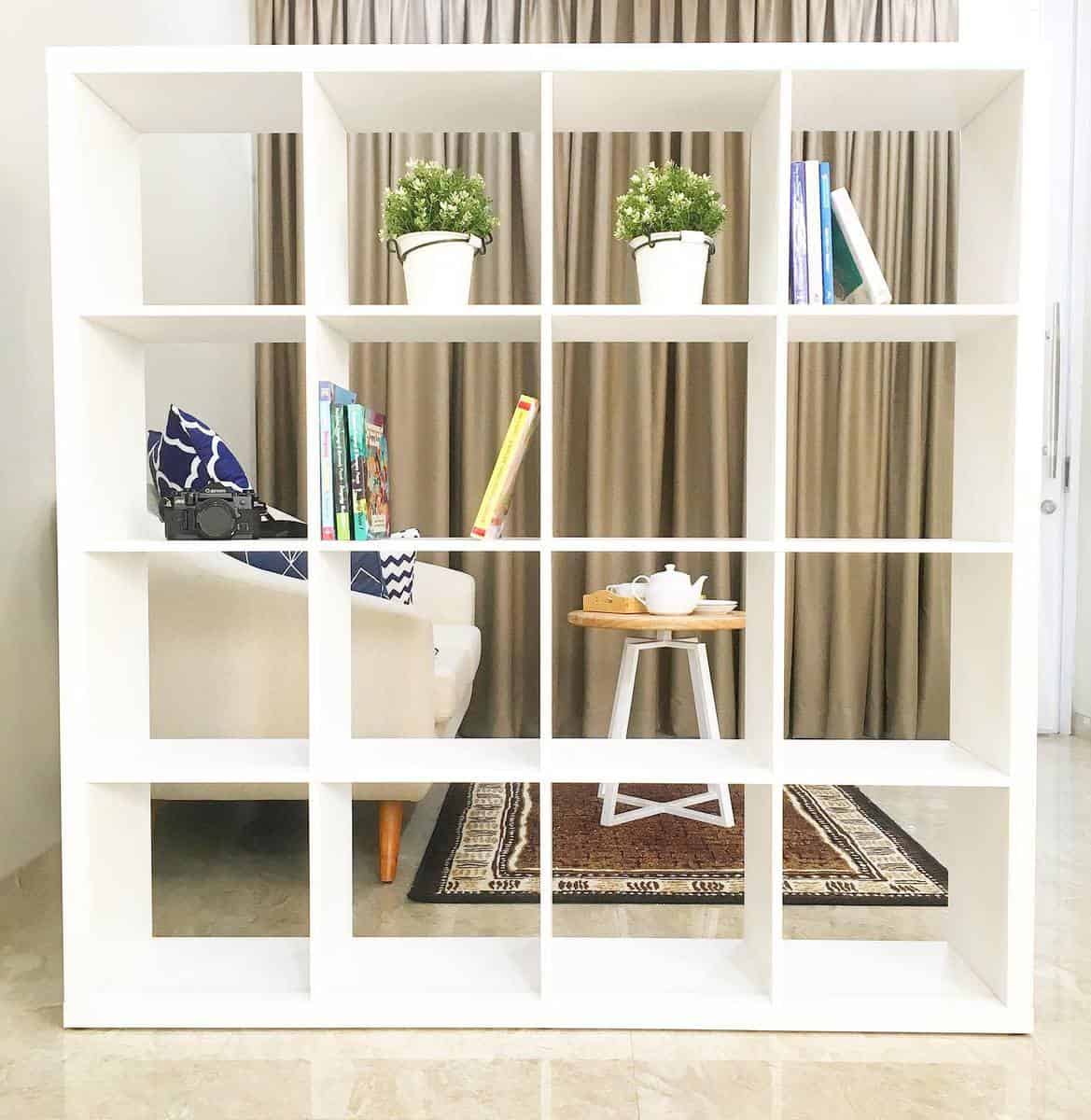
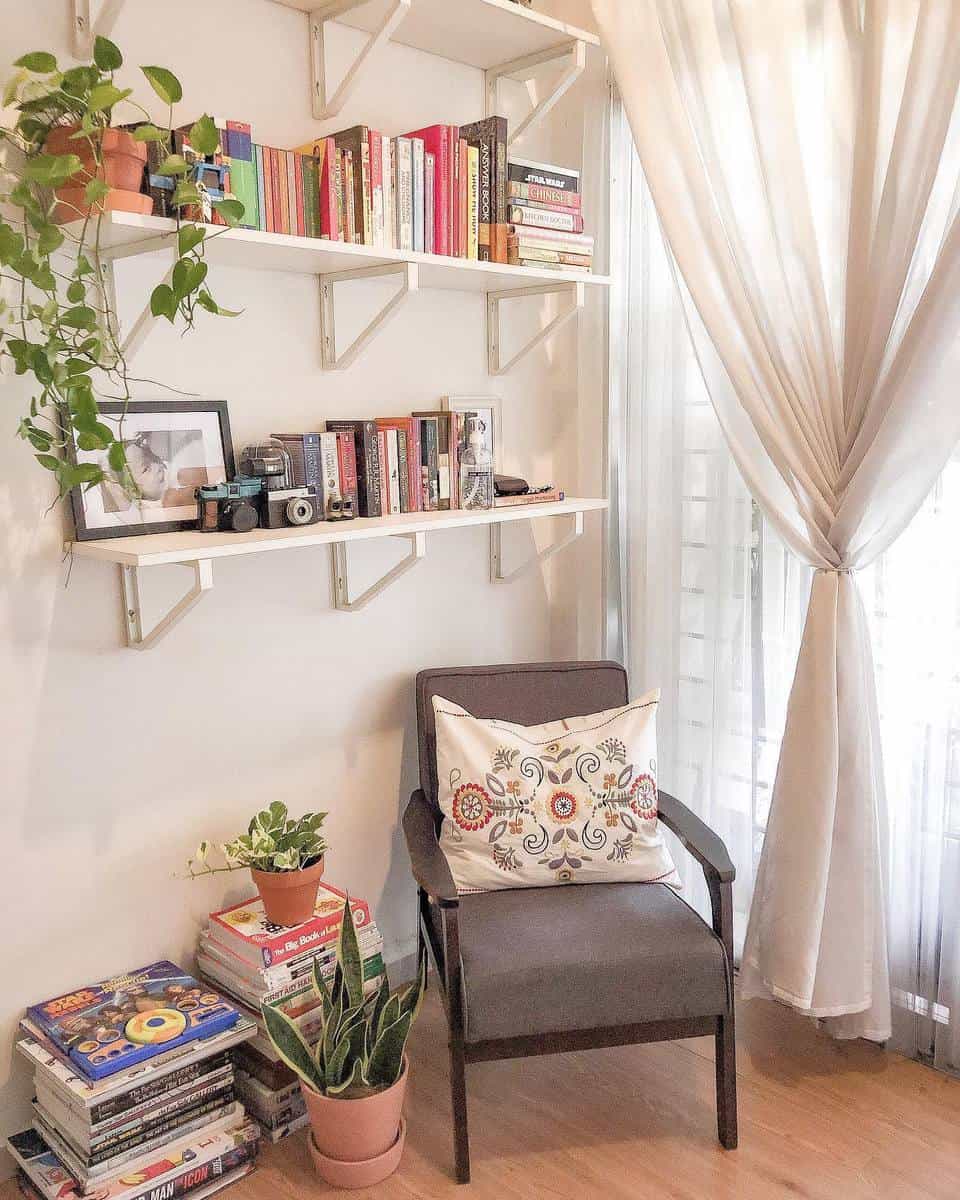
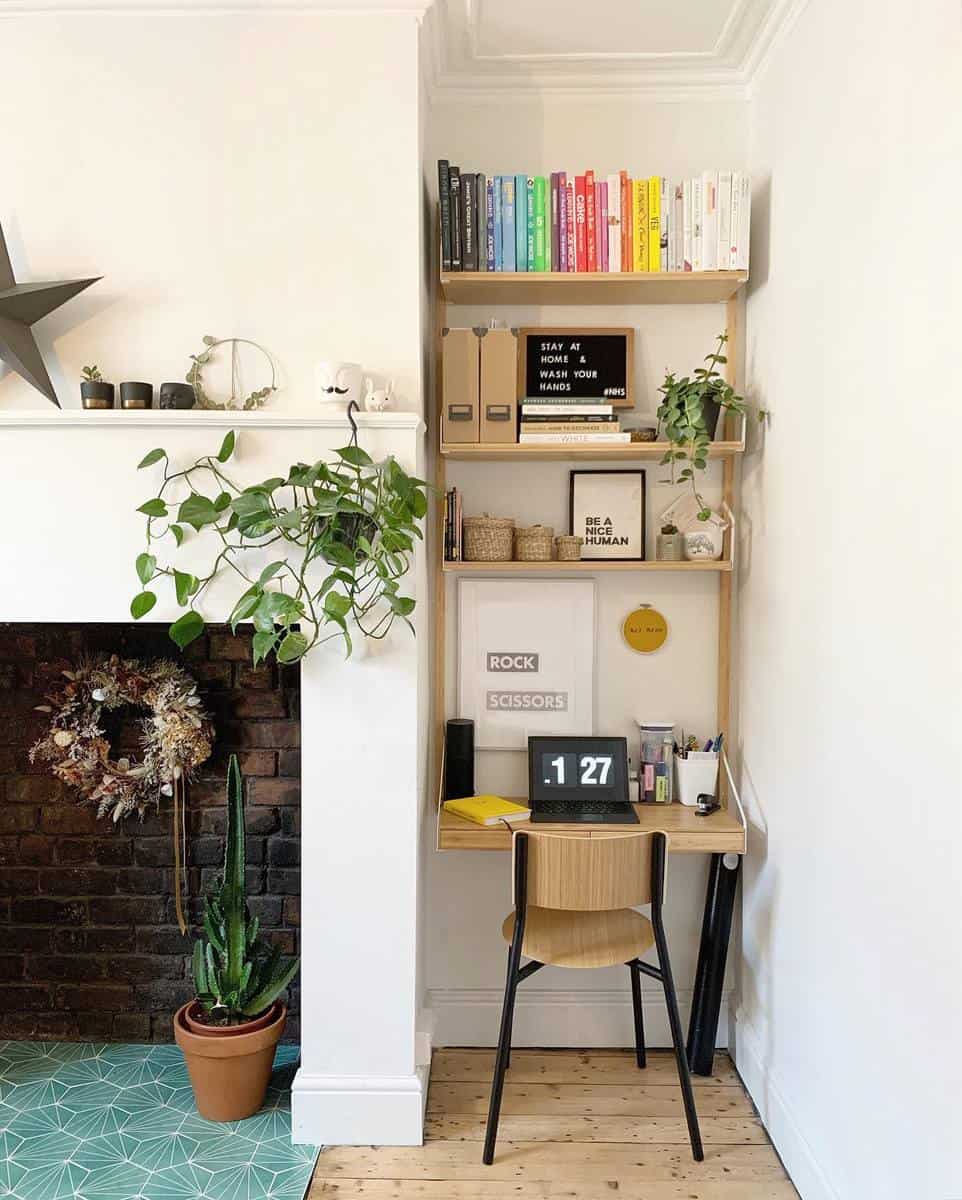
4. Stylish and functional dividers
Room dividers are great when you’re looking for a compromise between privacy and accessibility – and this solution is a little more sophisticated than just hanging a curtain. Room dividers are incredibly useful for breaking up an open floor plan or hiding clutter from view.
Screen partitions are available in all sizes and designs. They are incredibly portable and can be set up and taken down in a snap.
Sliding partitions are great if you have a multifunctional space that sometimes needs to be divided and sometimes doesn’t. You can permanently install this type of partition with built-in tracks or invest in a set of freestanding panels with wheels.
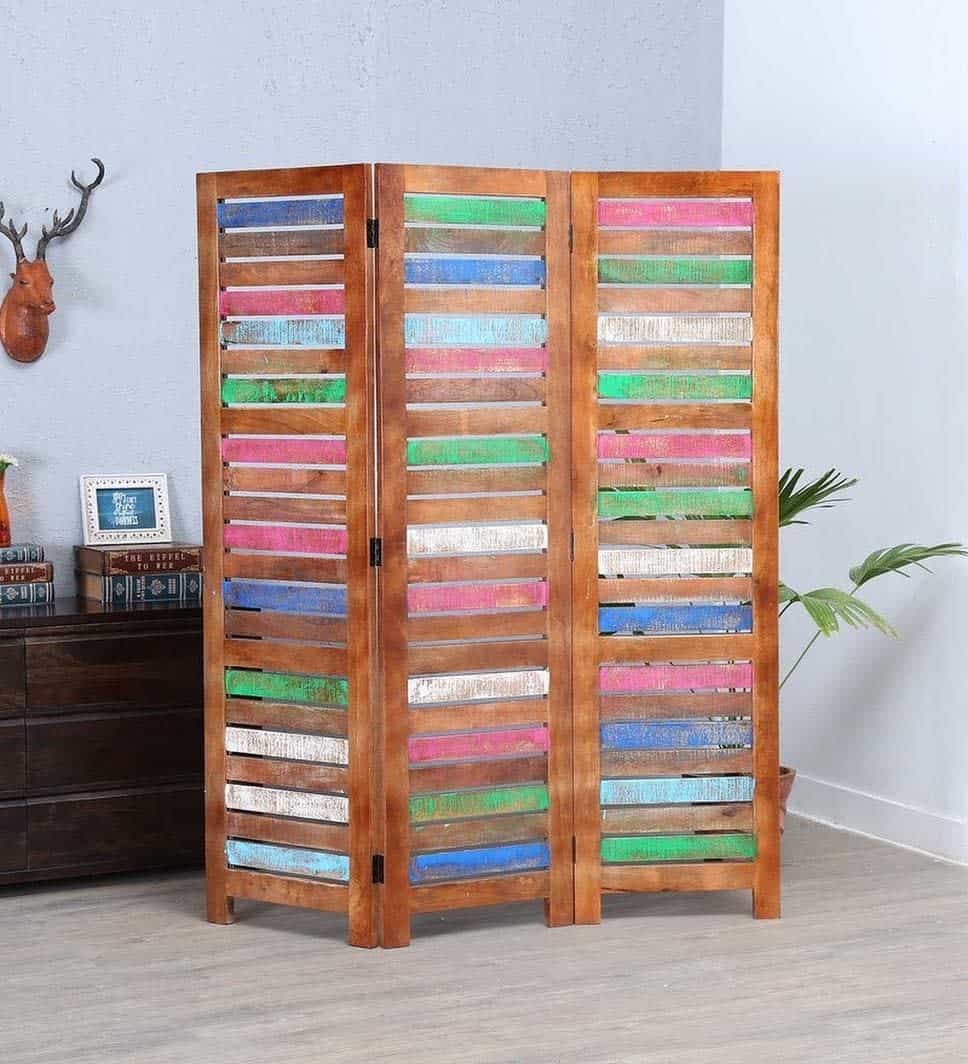
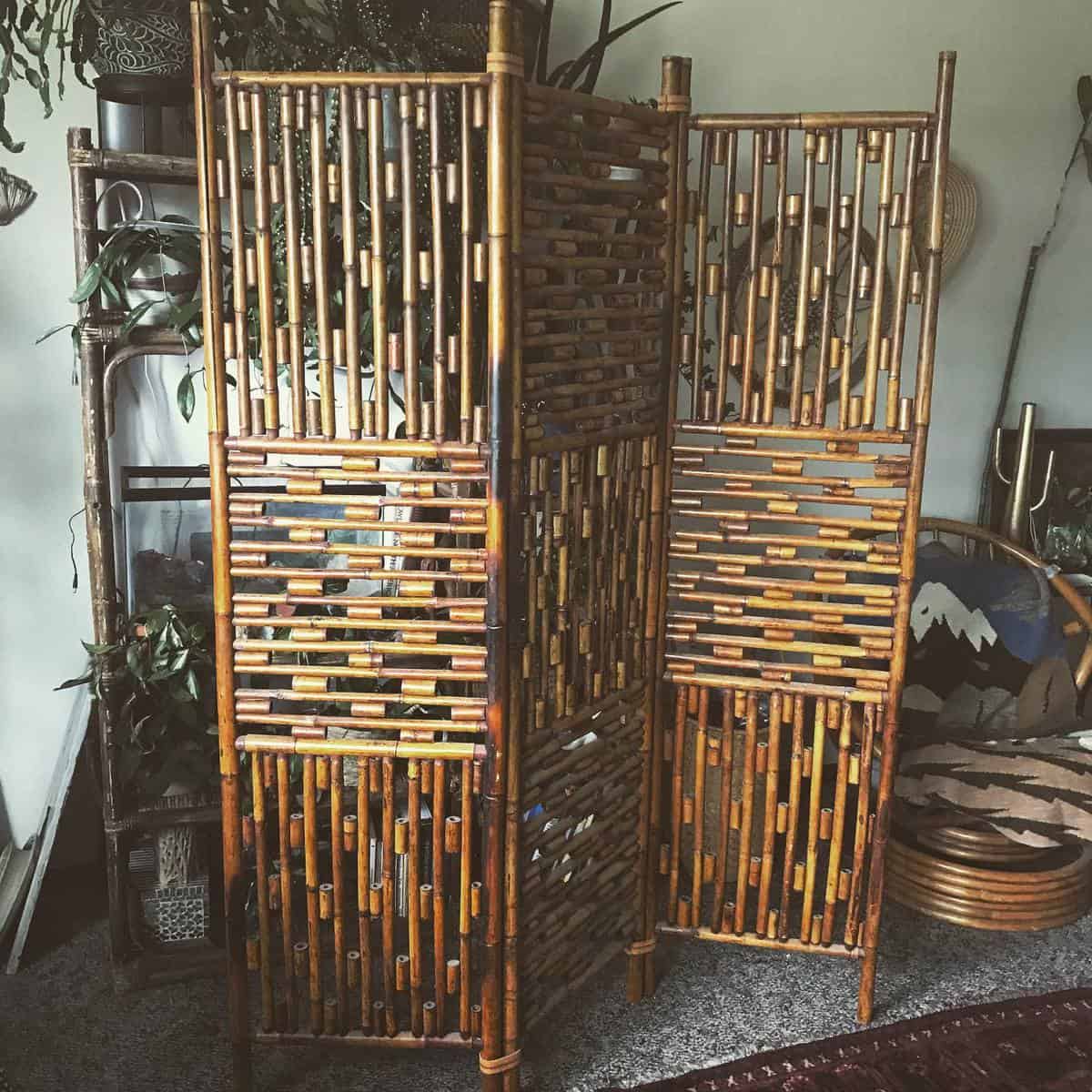
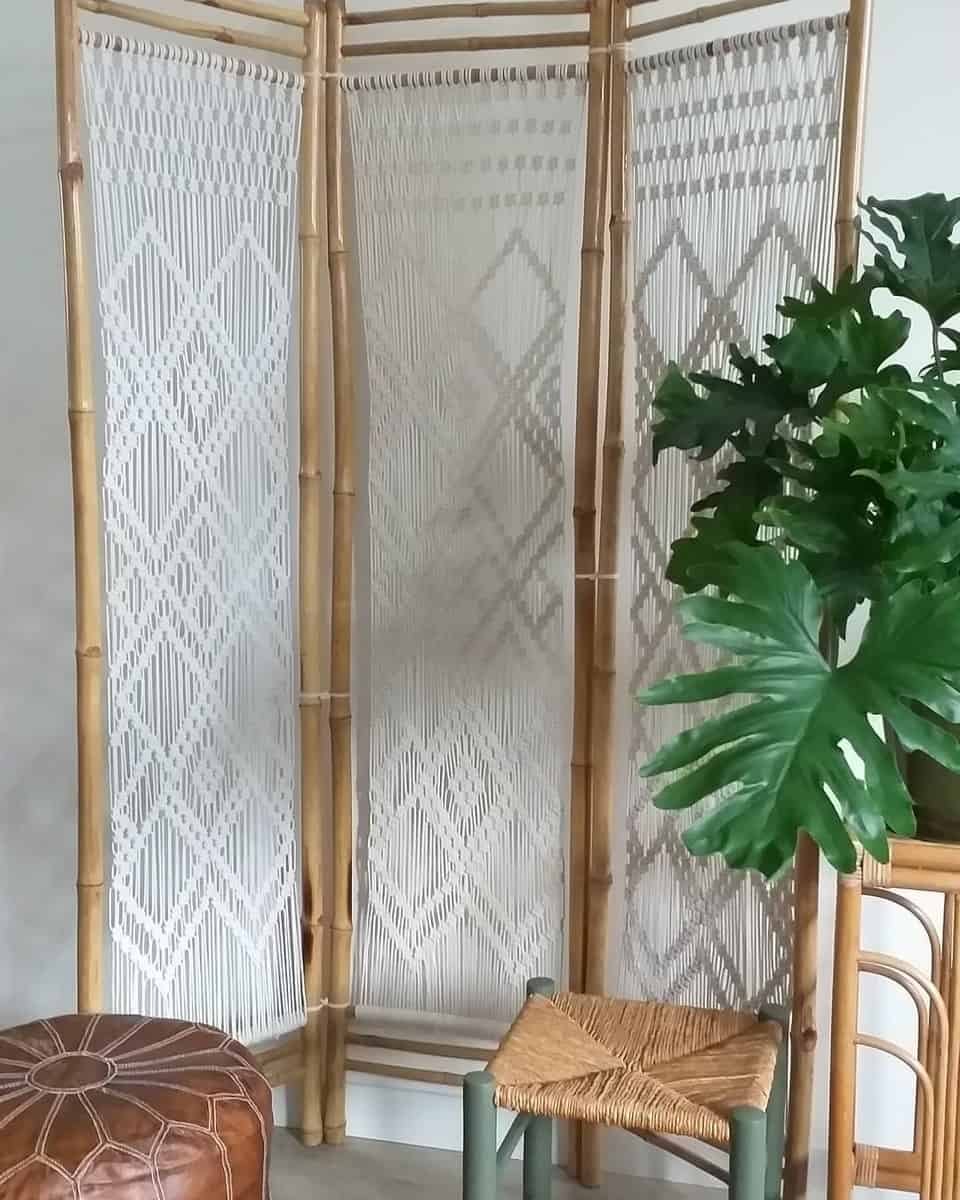
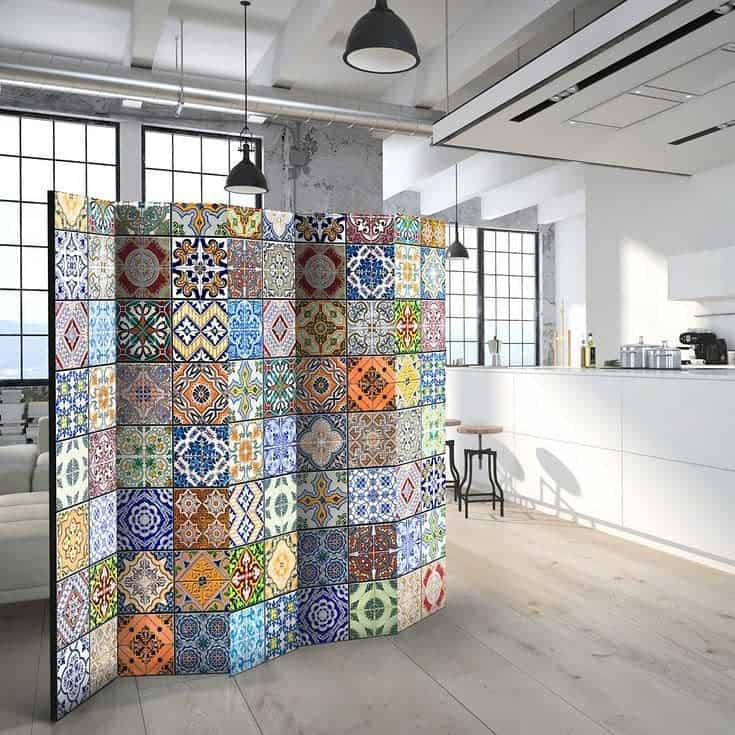
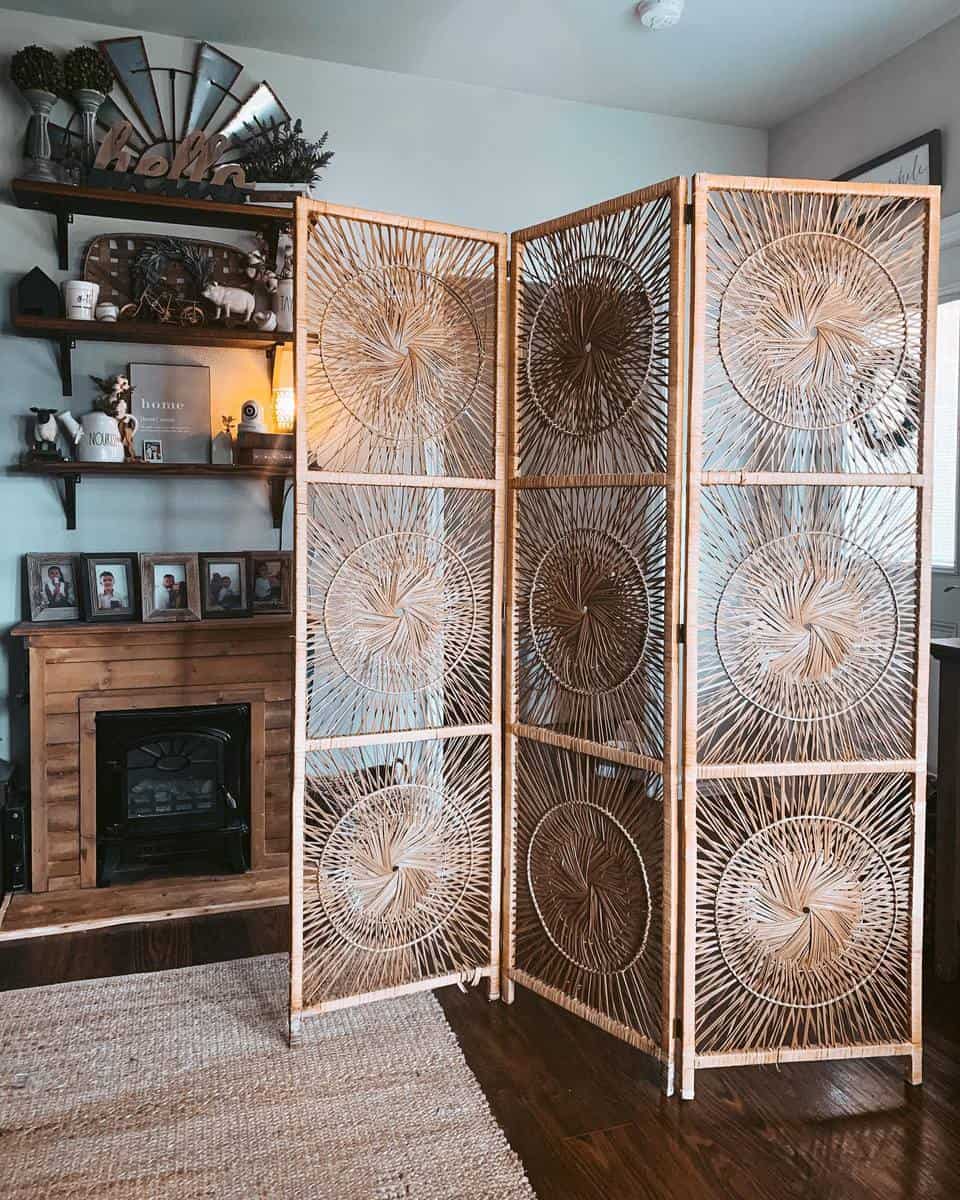
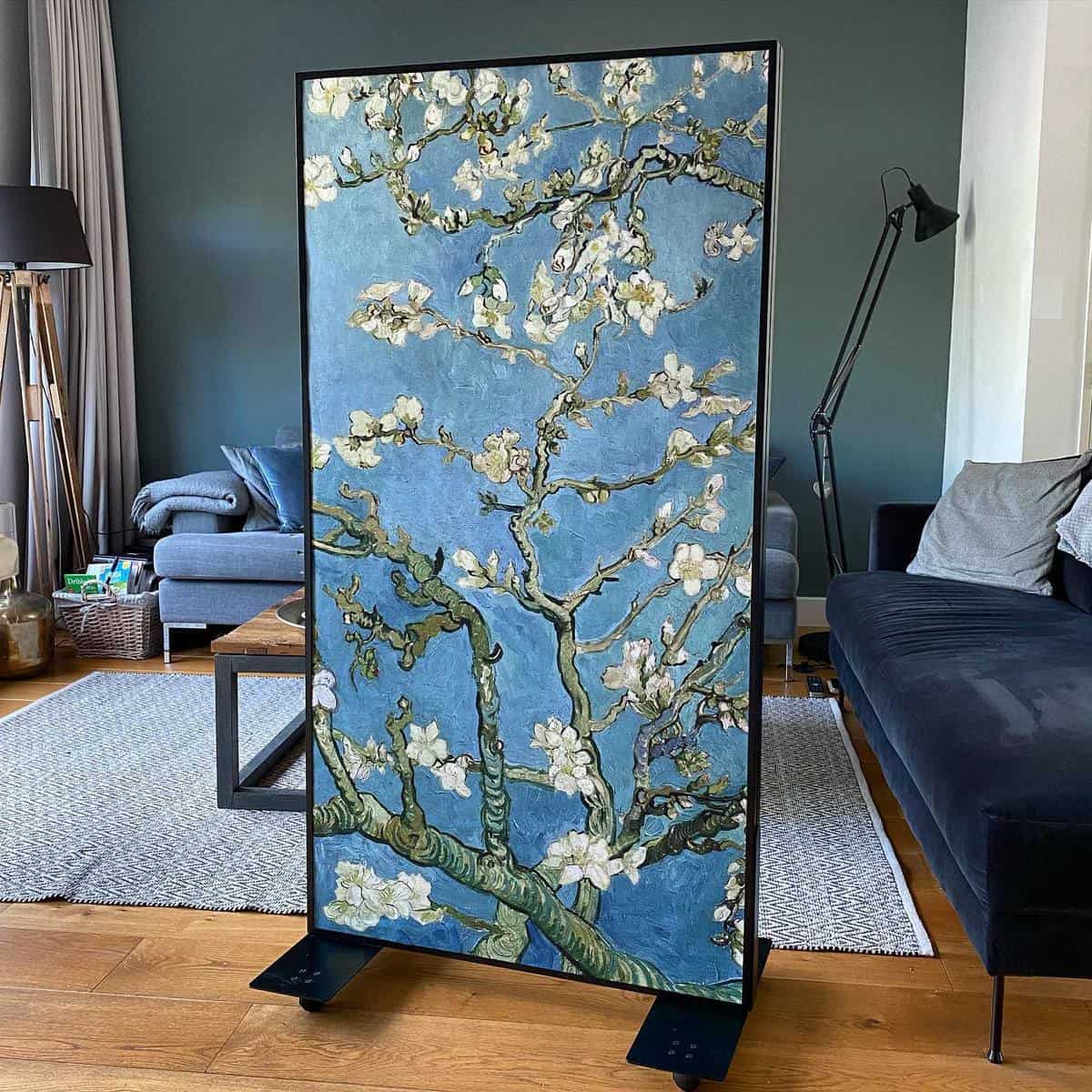
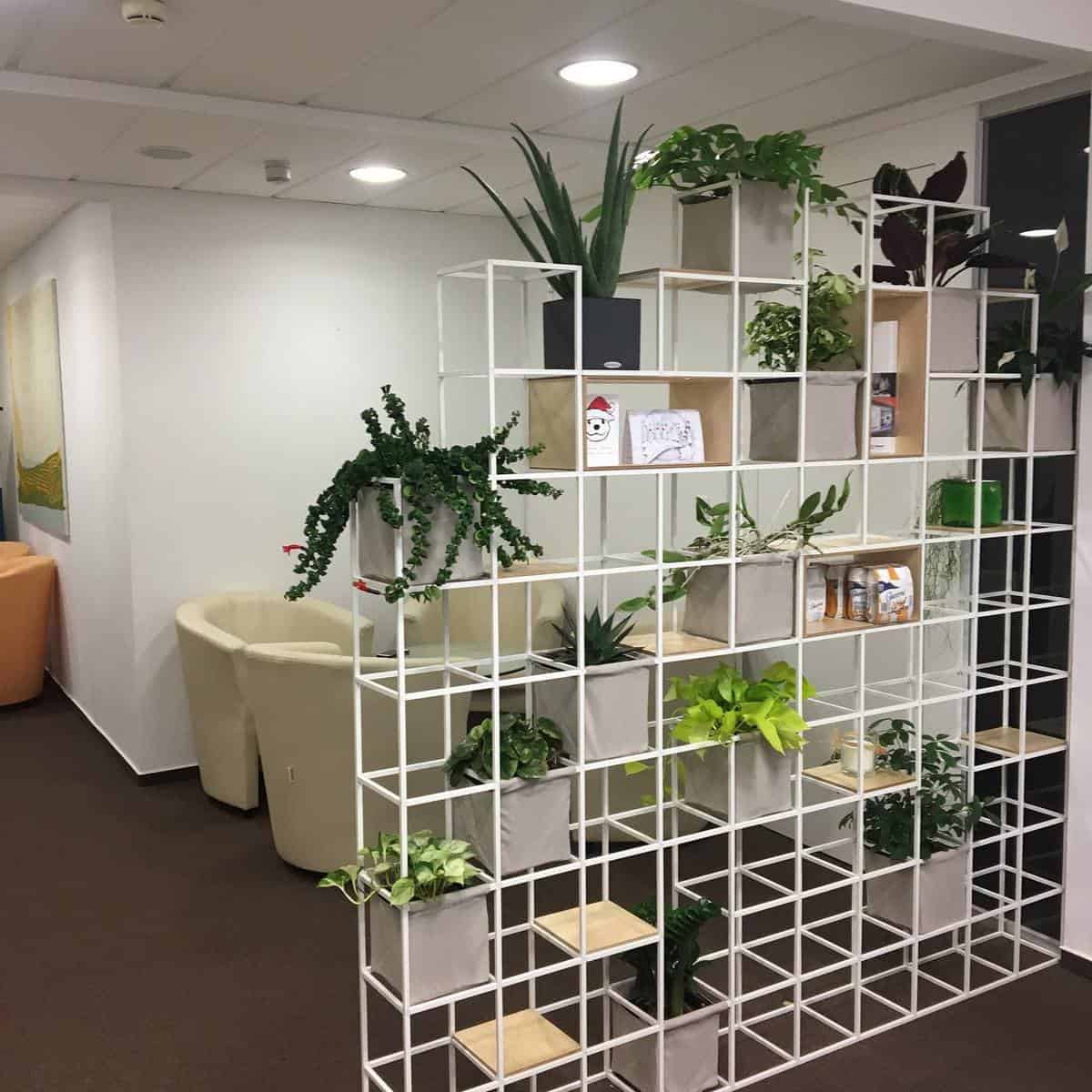
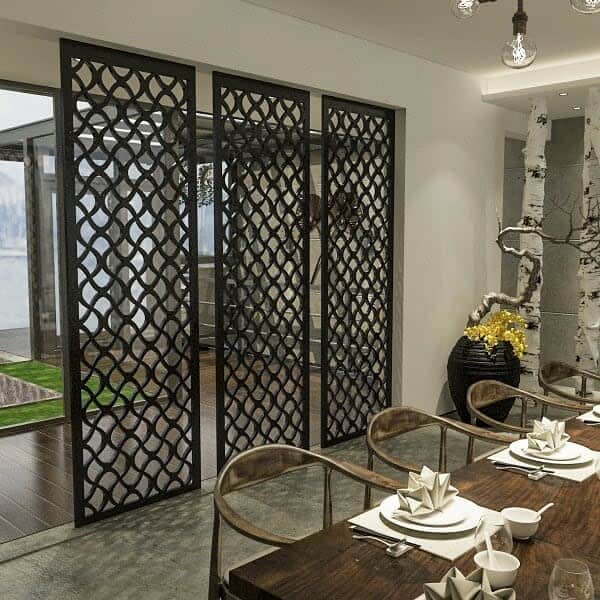
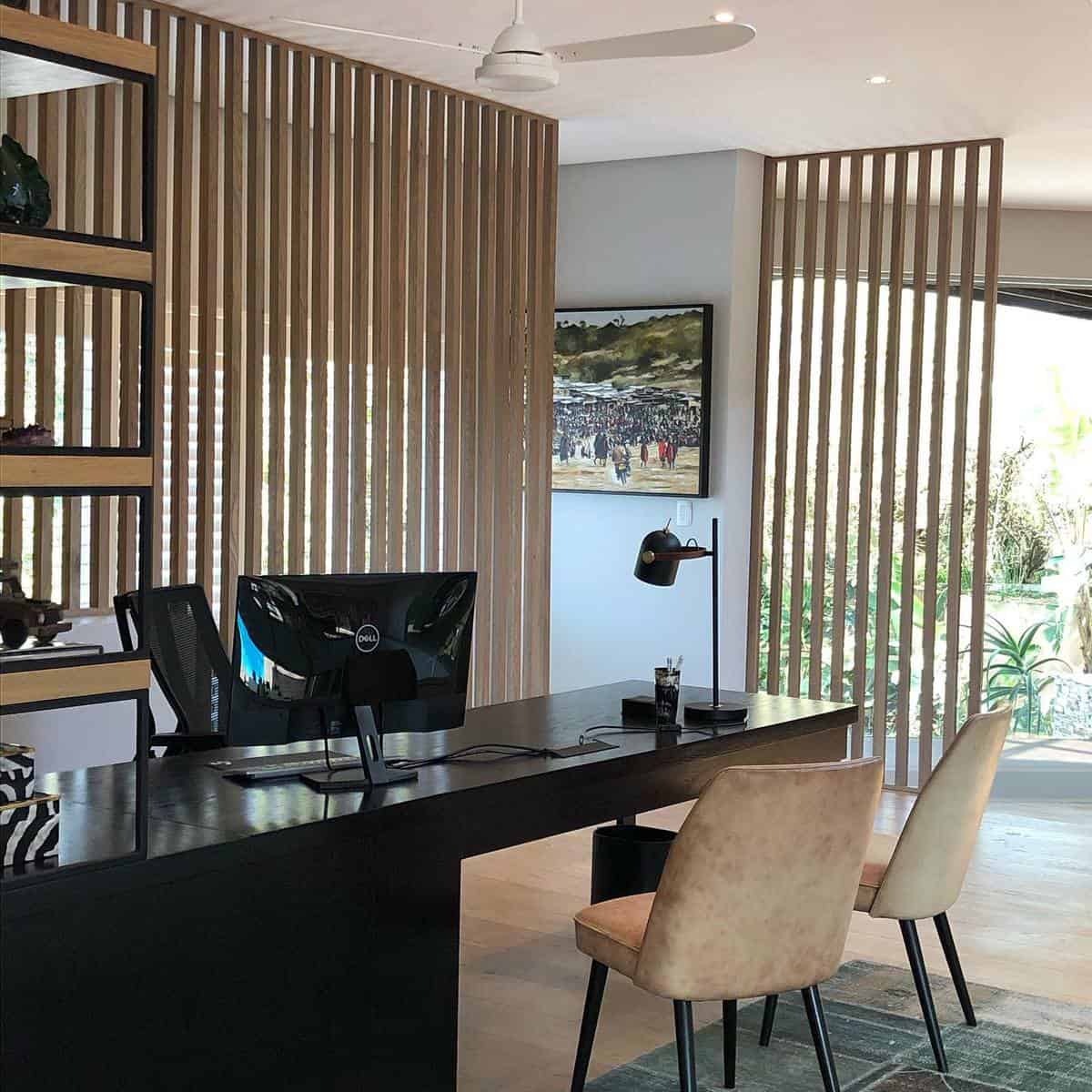
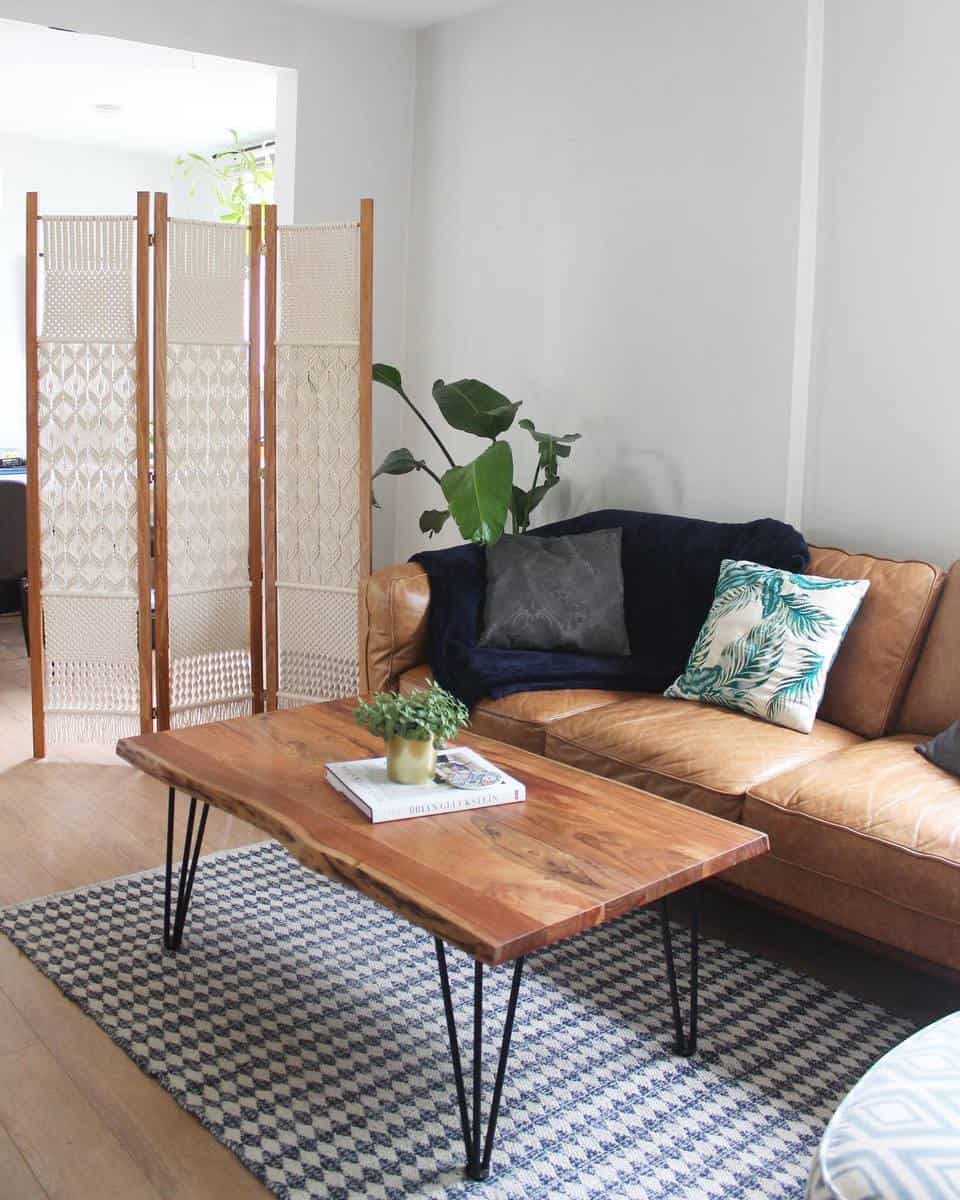
5. DIY temporary wall concepts
There are tons of DIY ideas for temporary walls that don’t just involve hanging a curtain. The best style for your home depends on the space and its use.
Bamboo dividers work well both indoors and outdoors. They are ideal for situations where you need to visually differentiate two parts of a room but don’t value privacy too much. Vertical and horizontal wooden beams are another great idea.
Bookshelves are very popular as versatile room dividers. You can turn any old bookshelf into a temporary wall. Consider enhancing your project with some paint and a set of caster wheels. You can easily roll your DIY room divider to where you need it most.
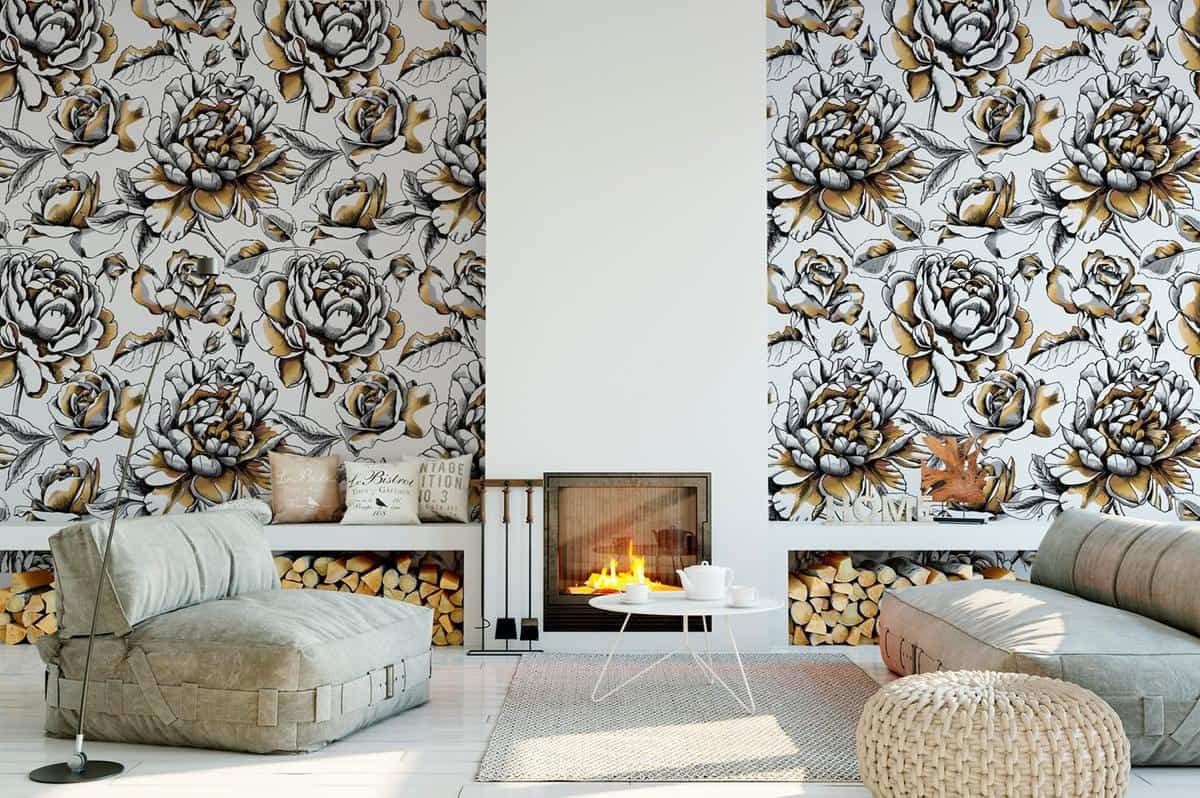
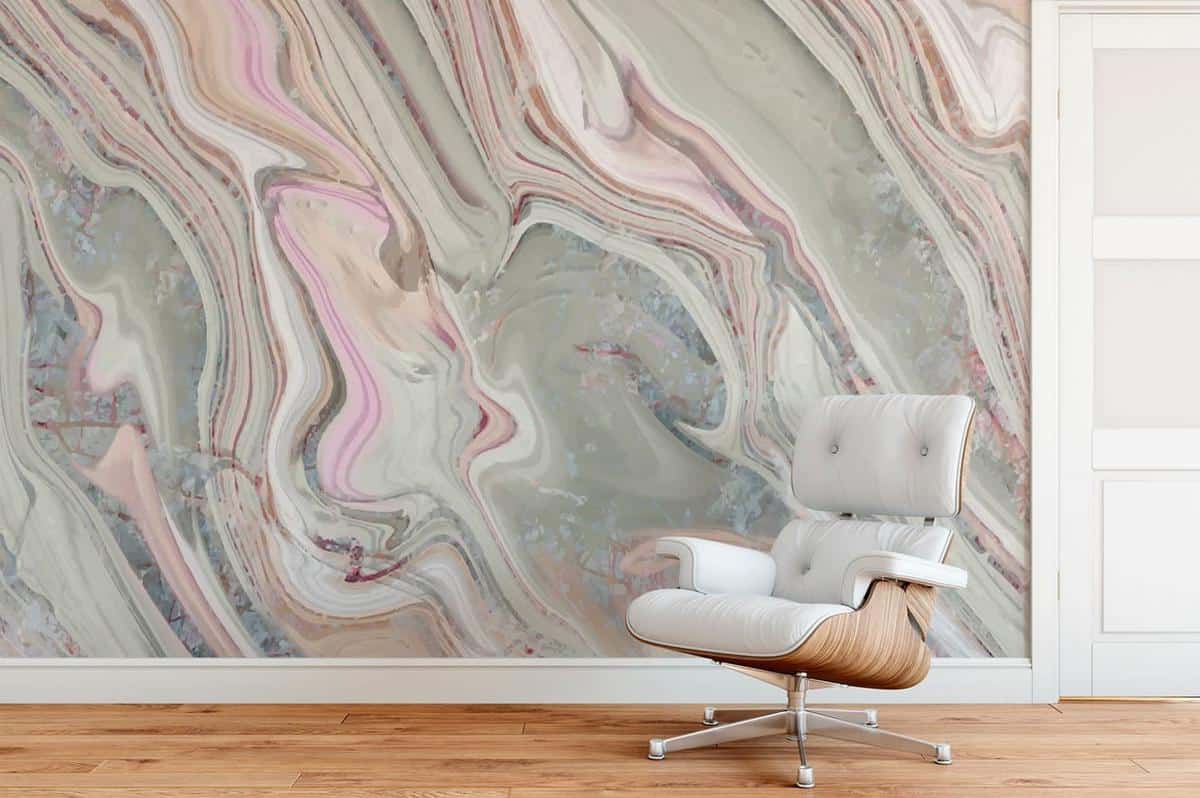

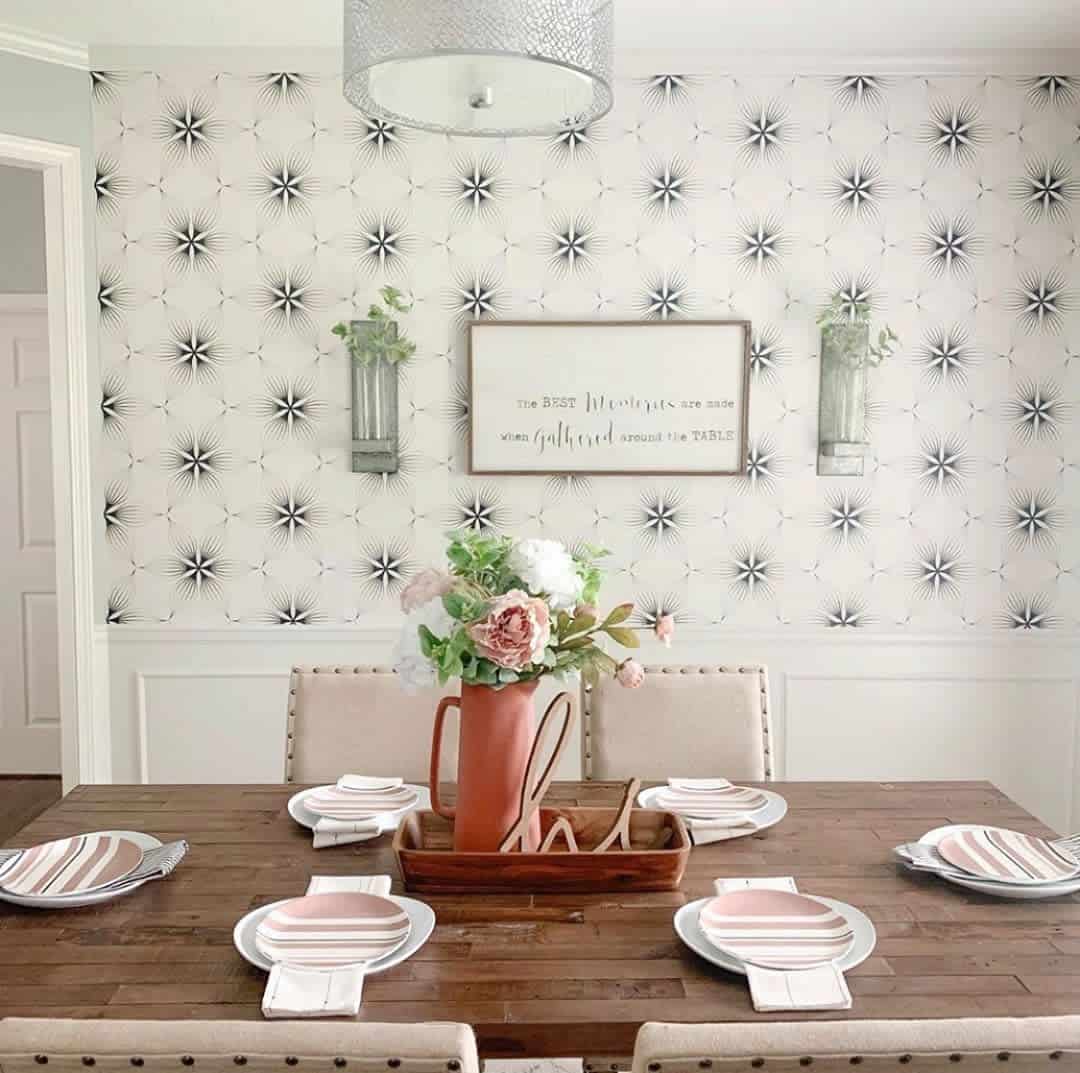
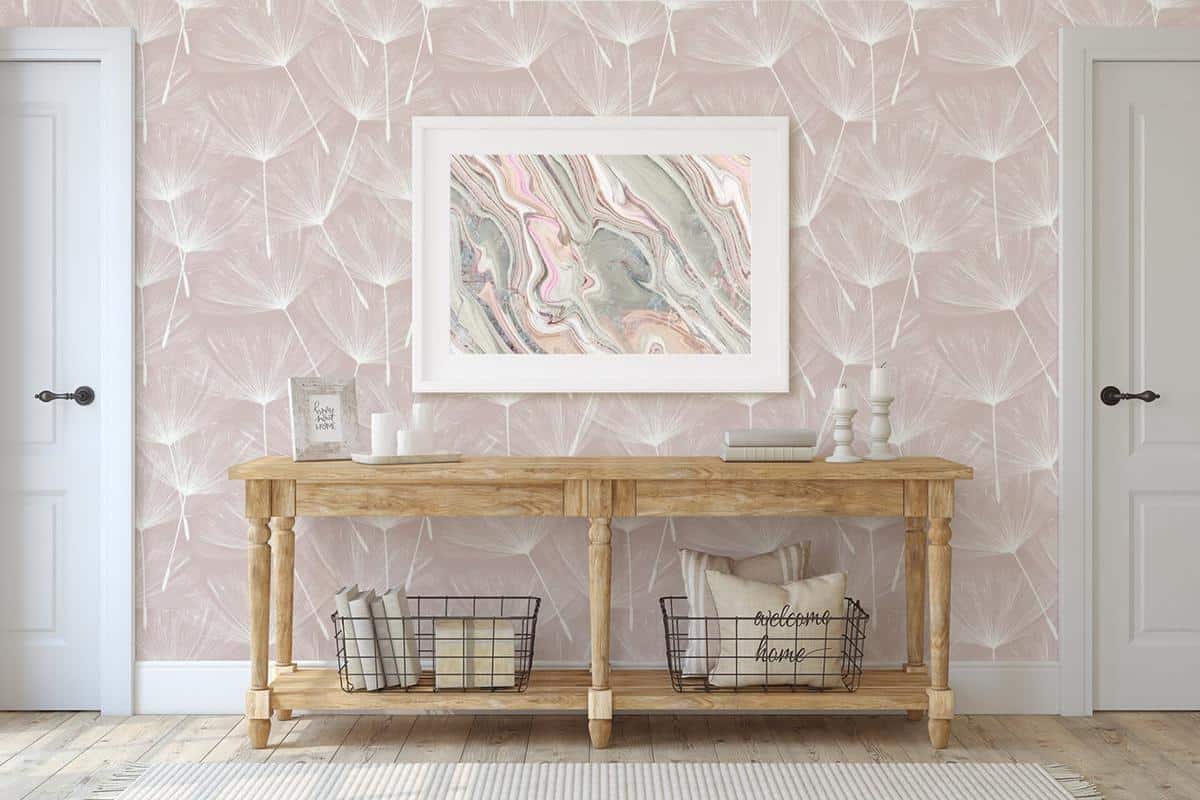
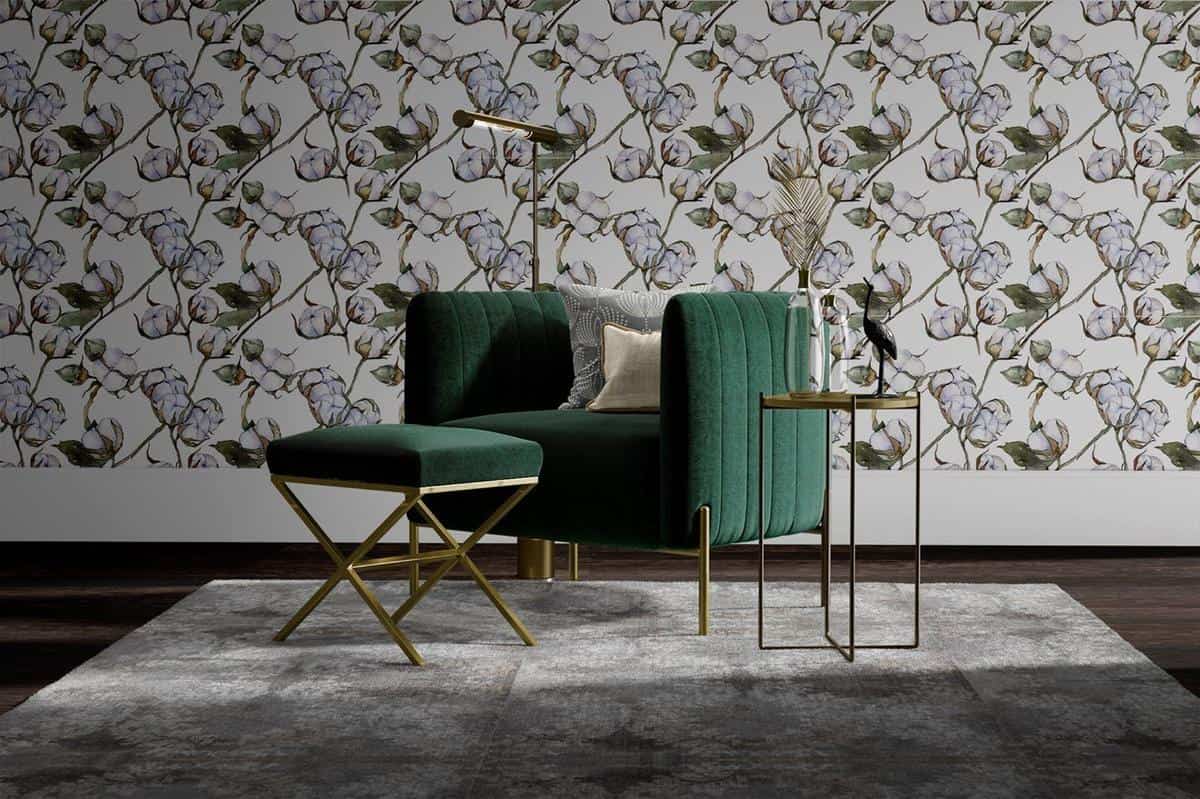
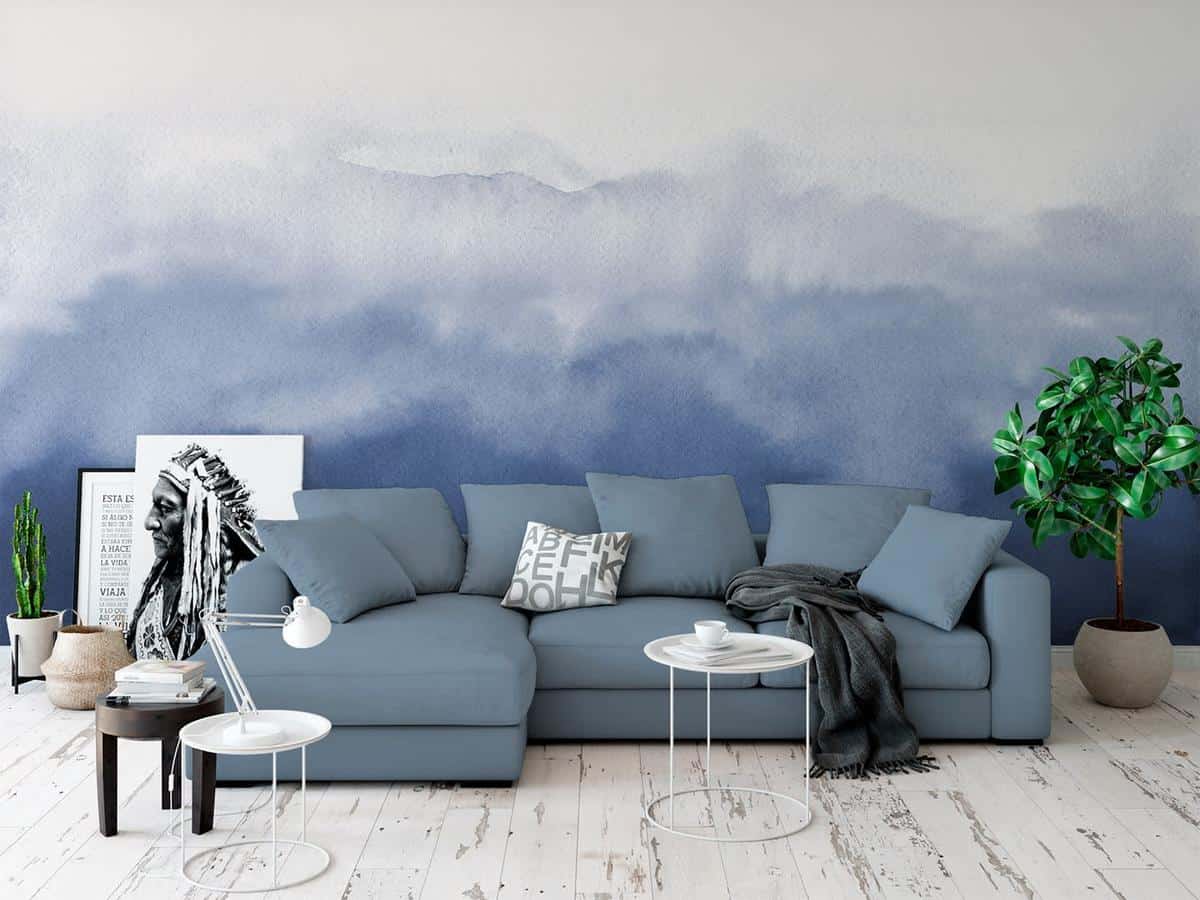
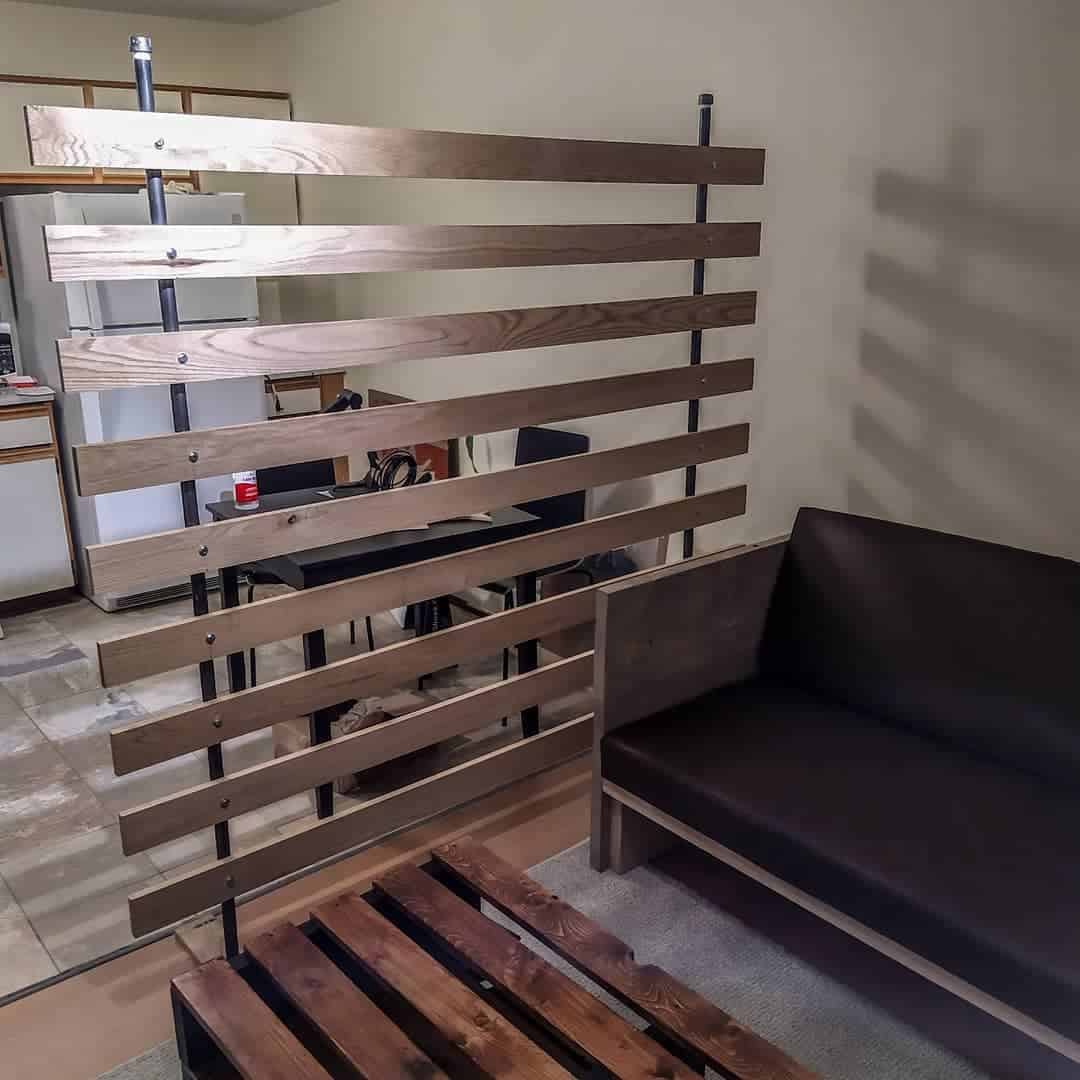
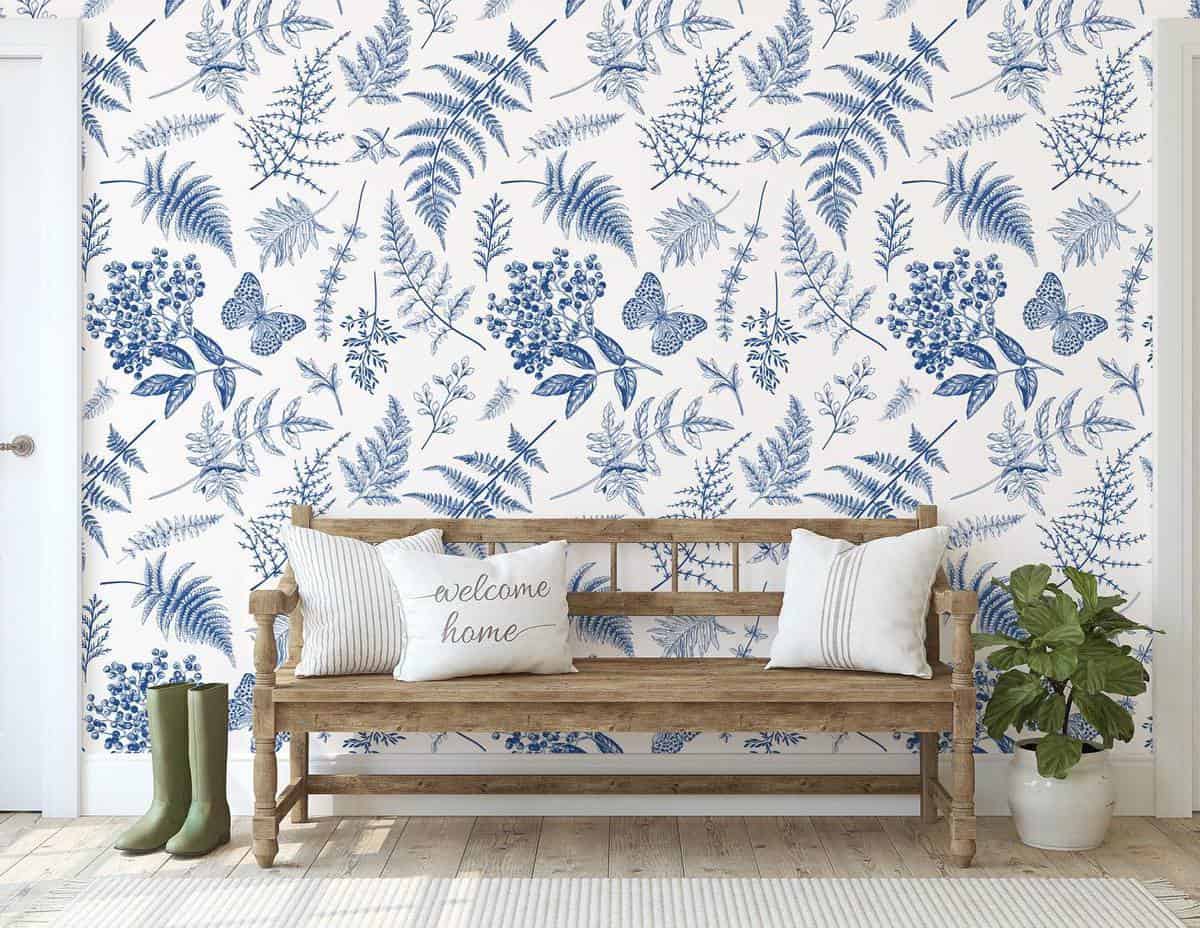
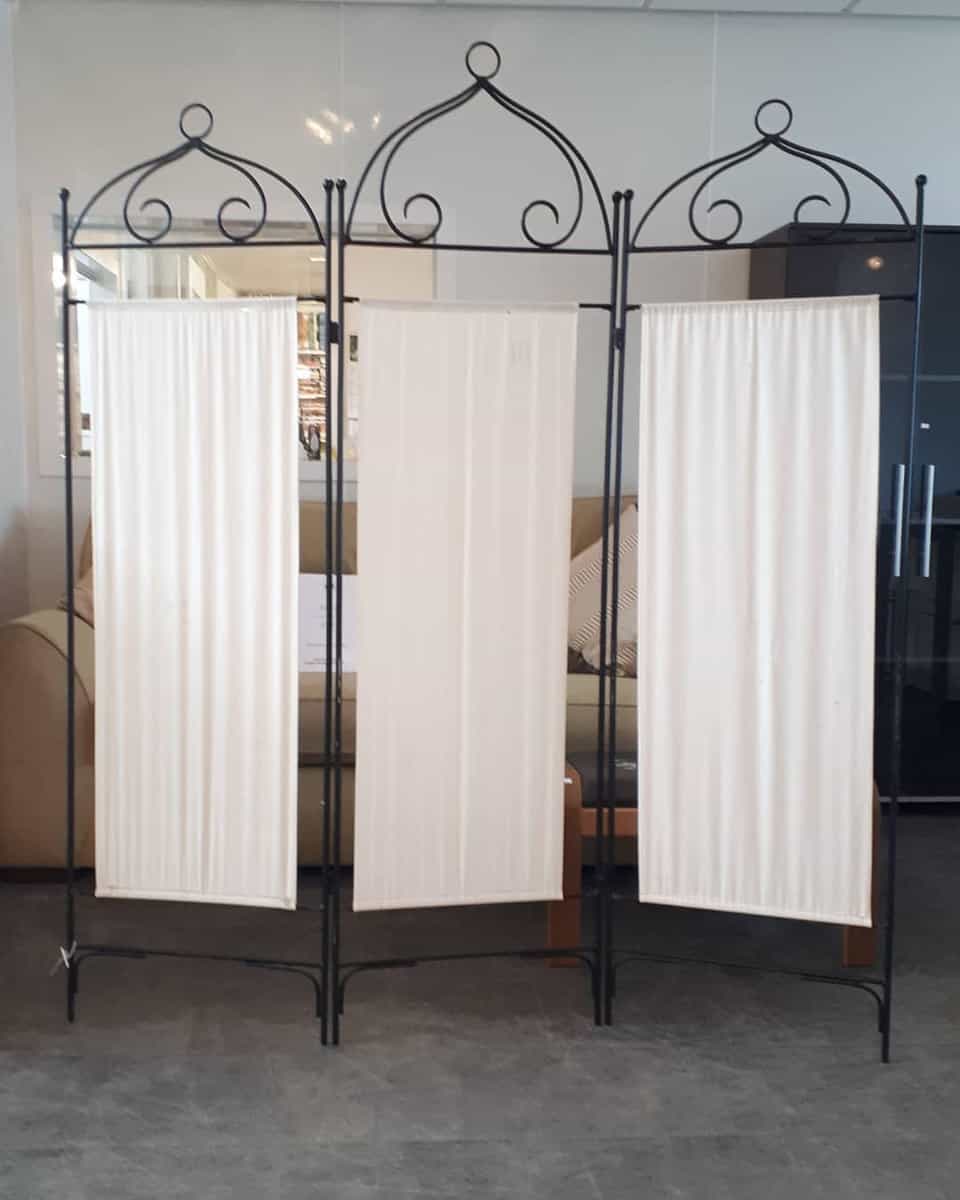
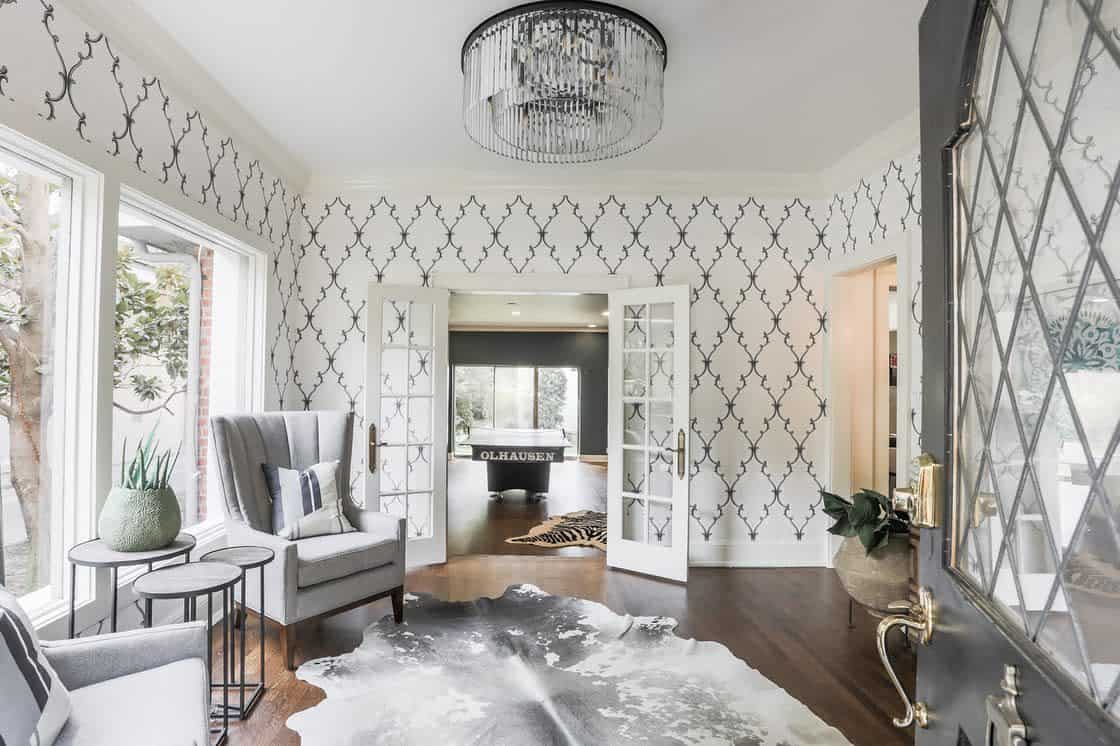
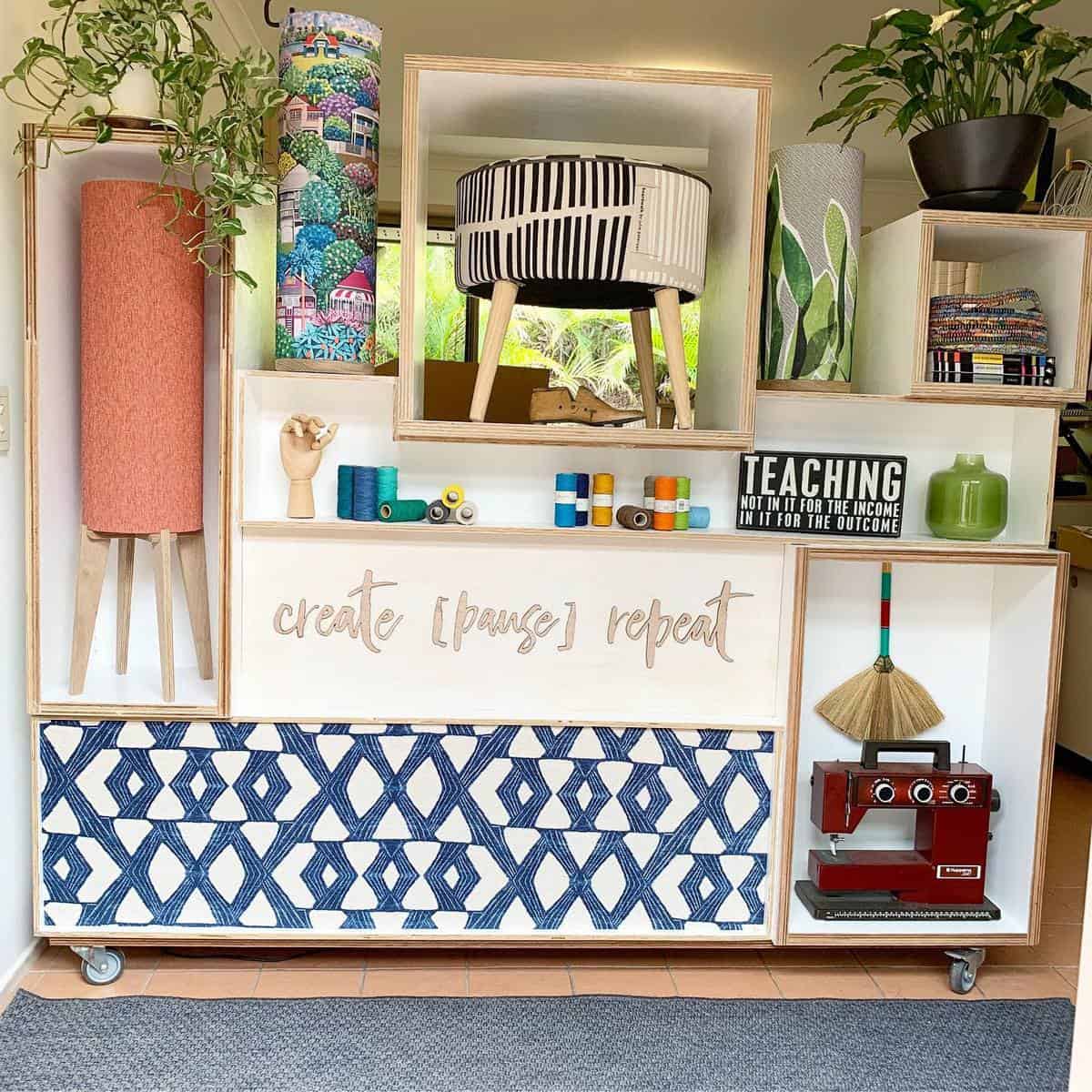
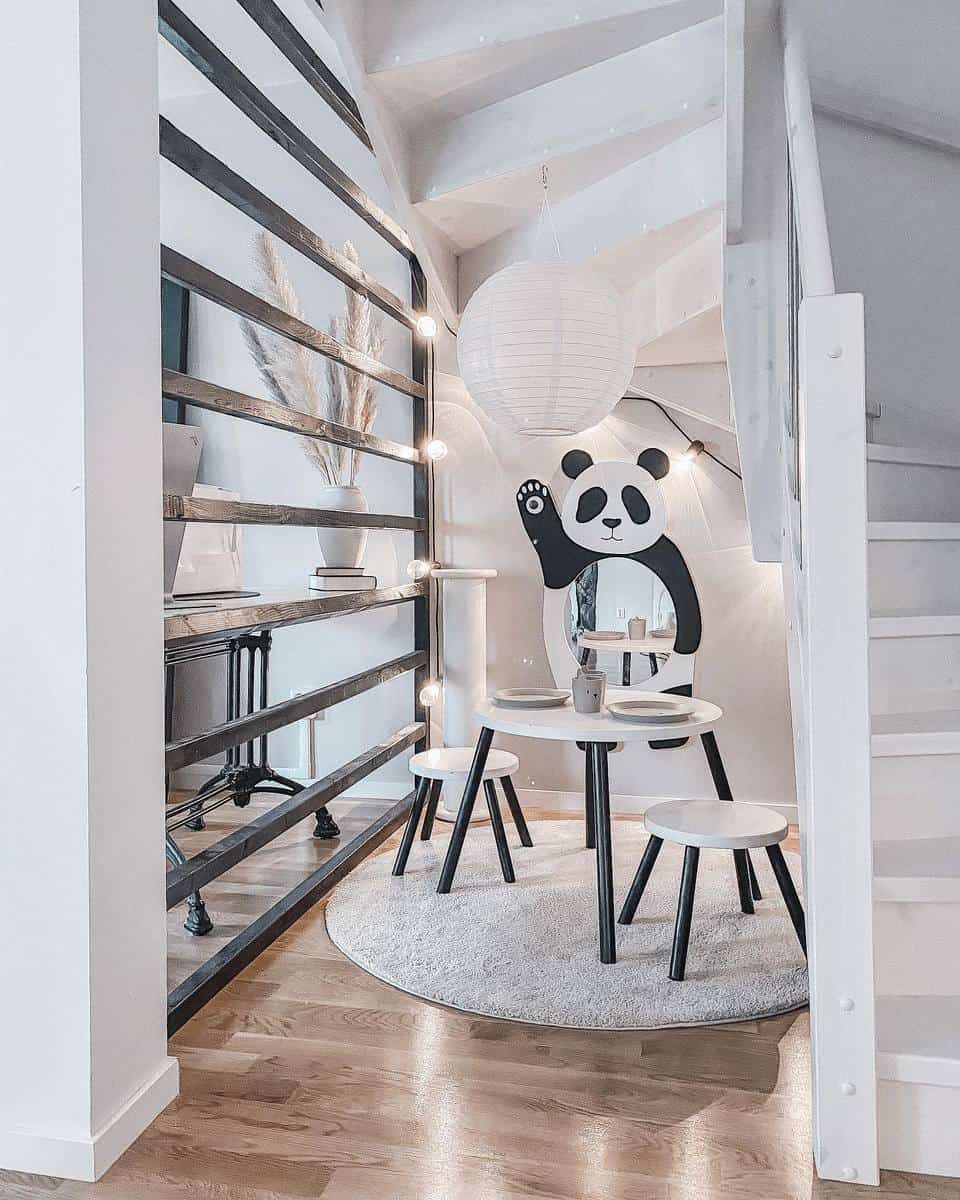
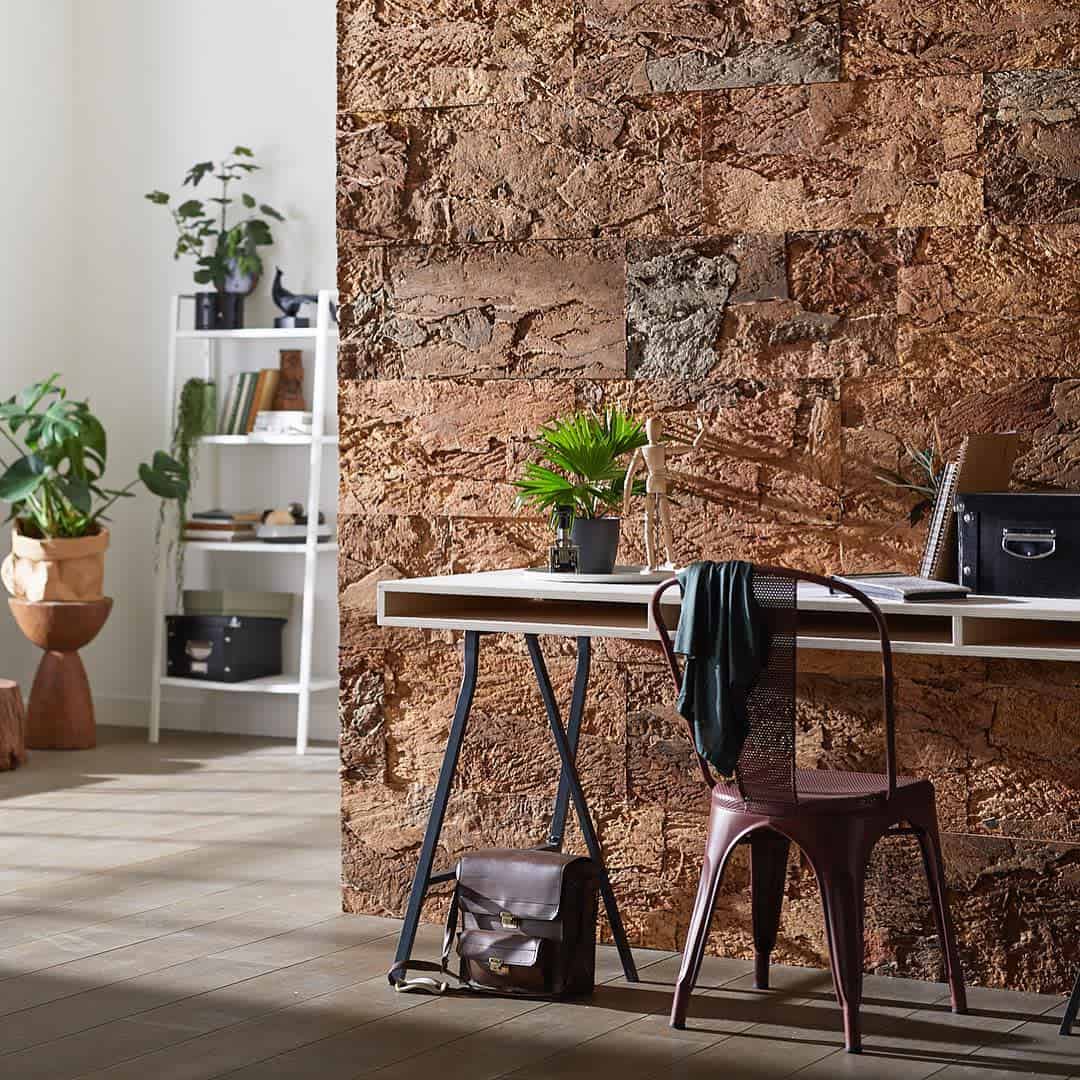
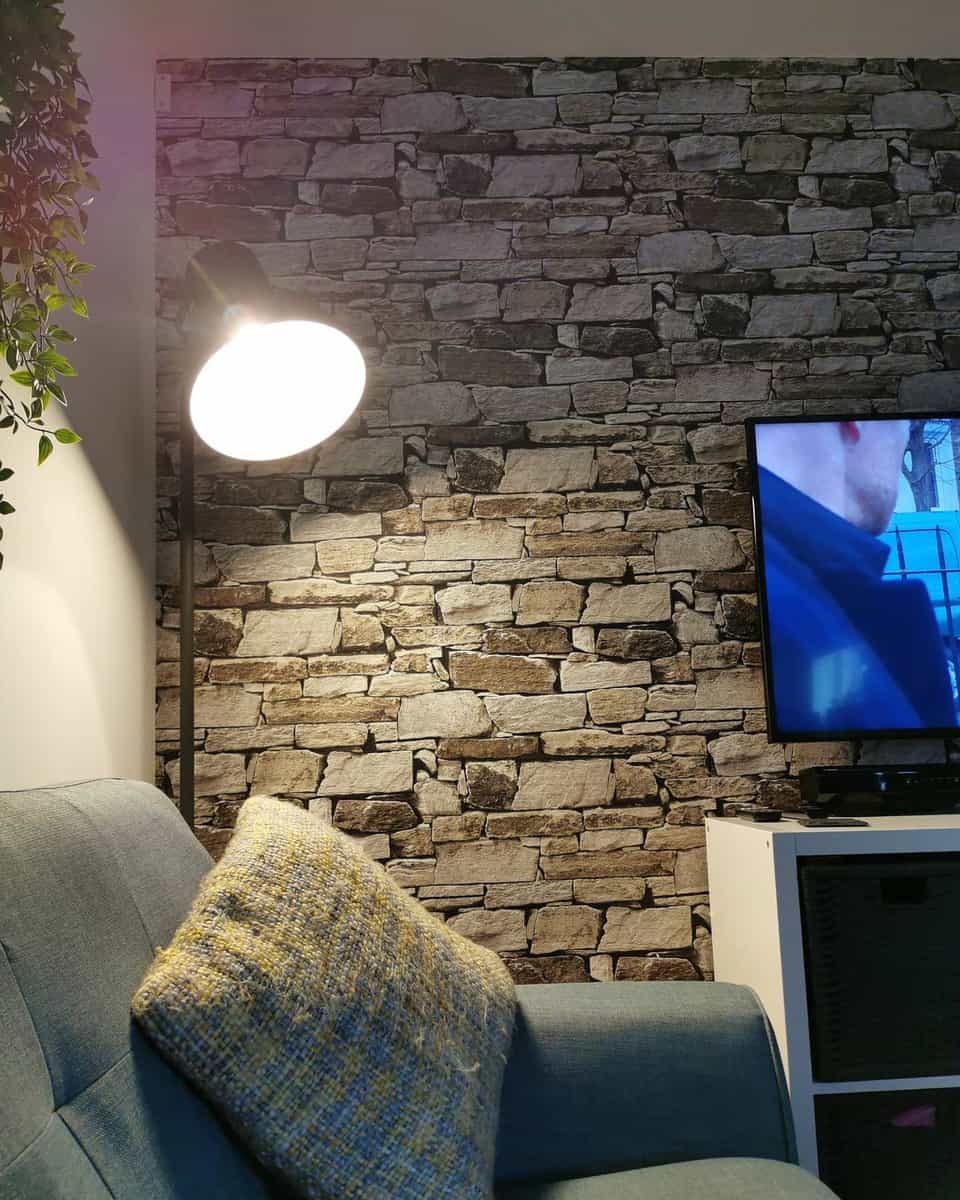
6. Flexibility and design of the living room
A room divider can be purely functional in nature or a stylistic choice. When it comes to the living room, most temporary walls and partitions do double duty.
You can also use room dividers anywhere in your living room – not just in the middle. If your home has an open floor plan, add a partition along the perimeter of your living room to separate the space from adjacent rooms.
If your living room partition doesn’t have any innate design elements, don’t leave it blank. This is the perfect place to mount a TV and floating entertainment center. Or you can build a bookcase into the wall to display decorations and make the room feel more spacious overall.
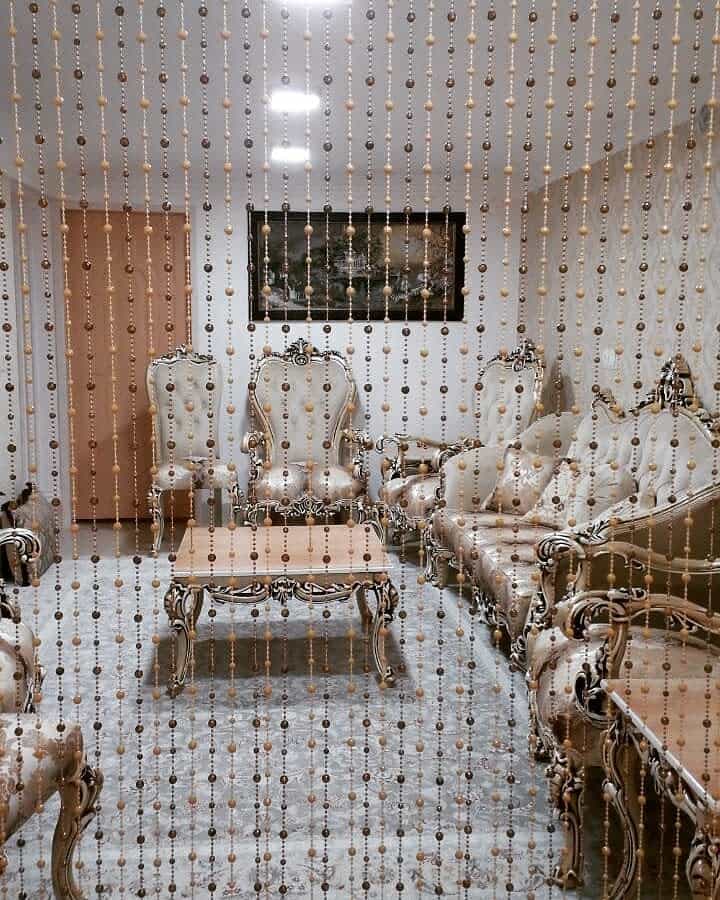
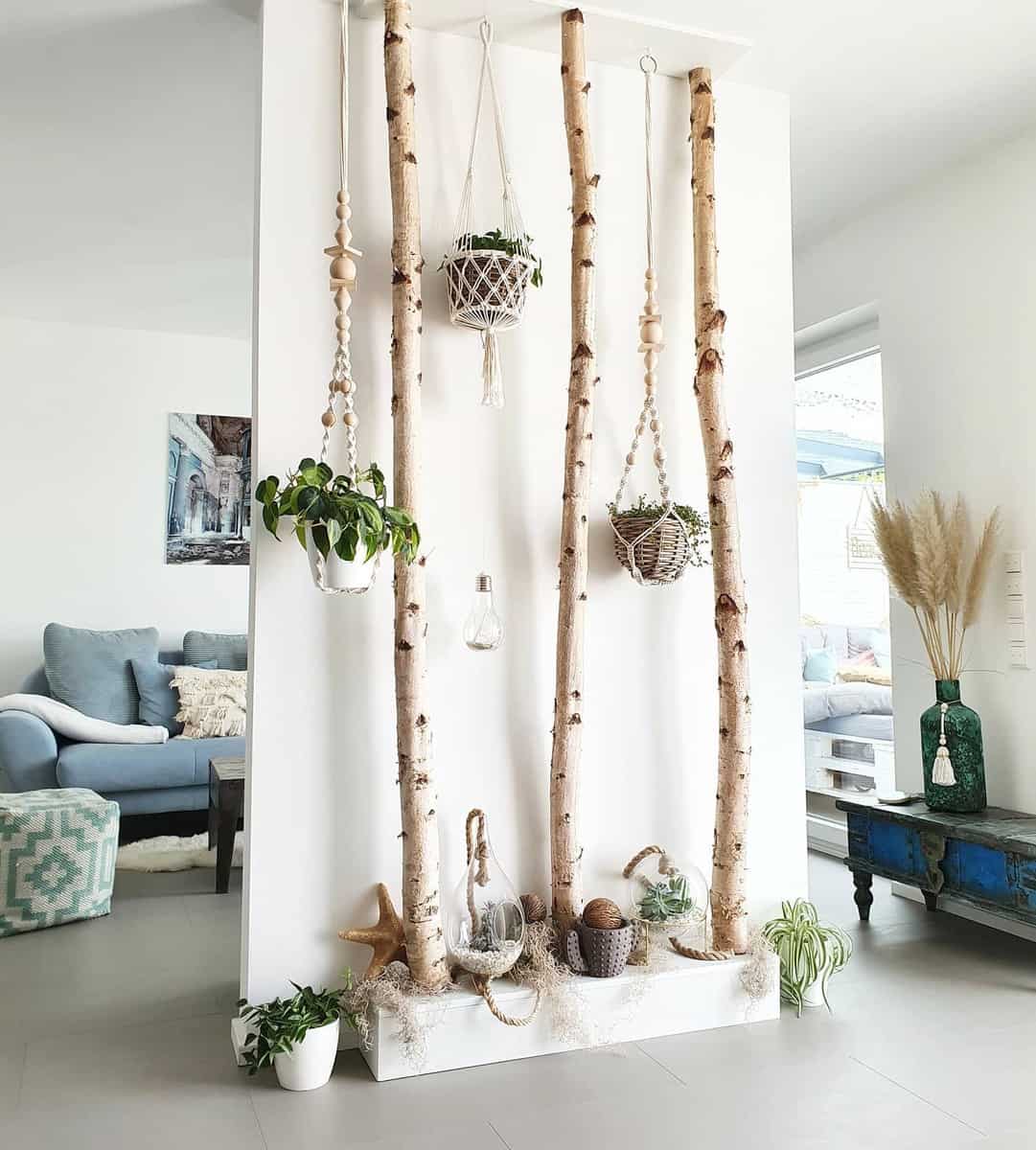
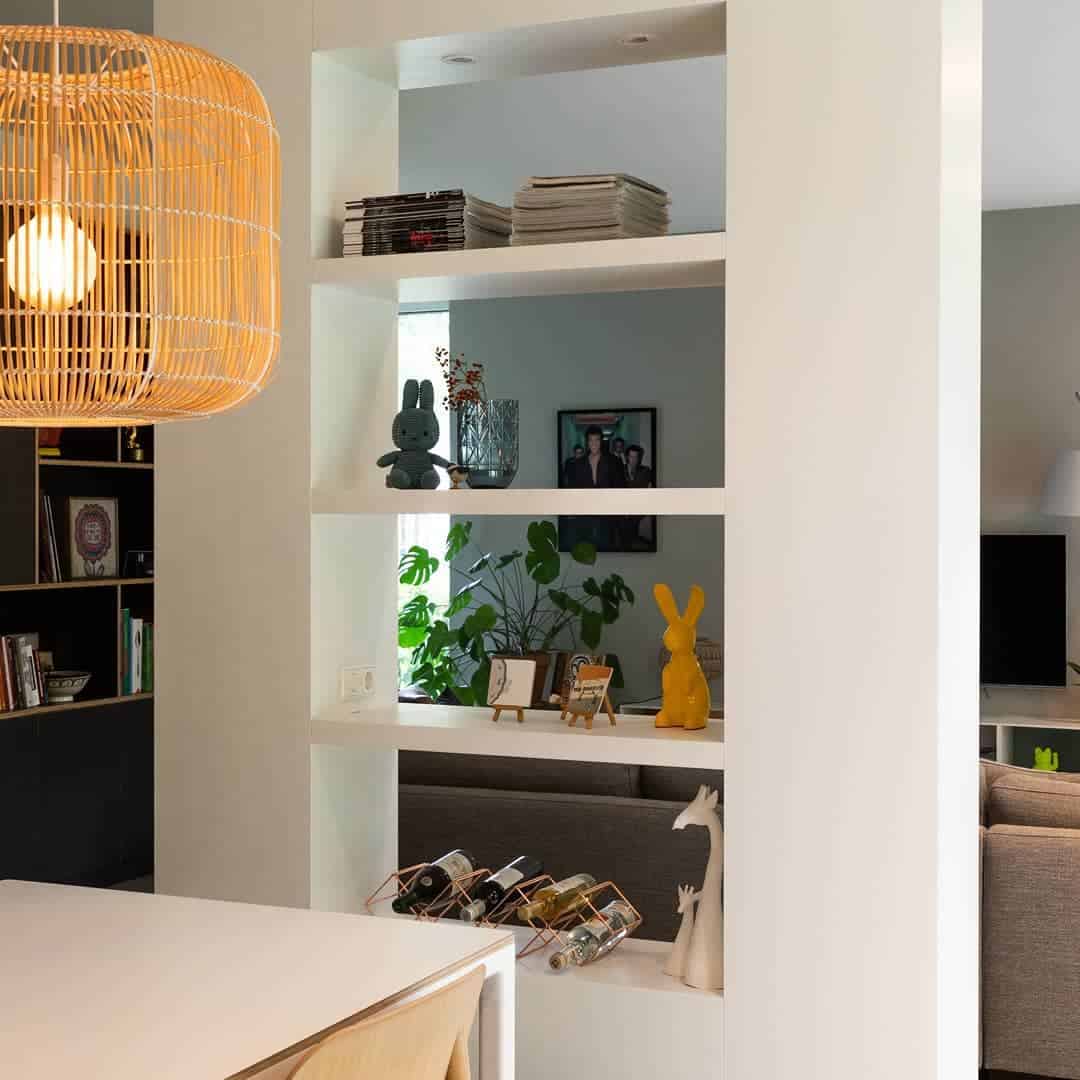
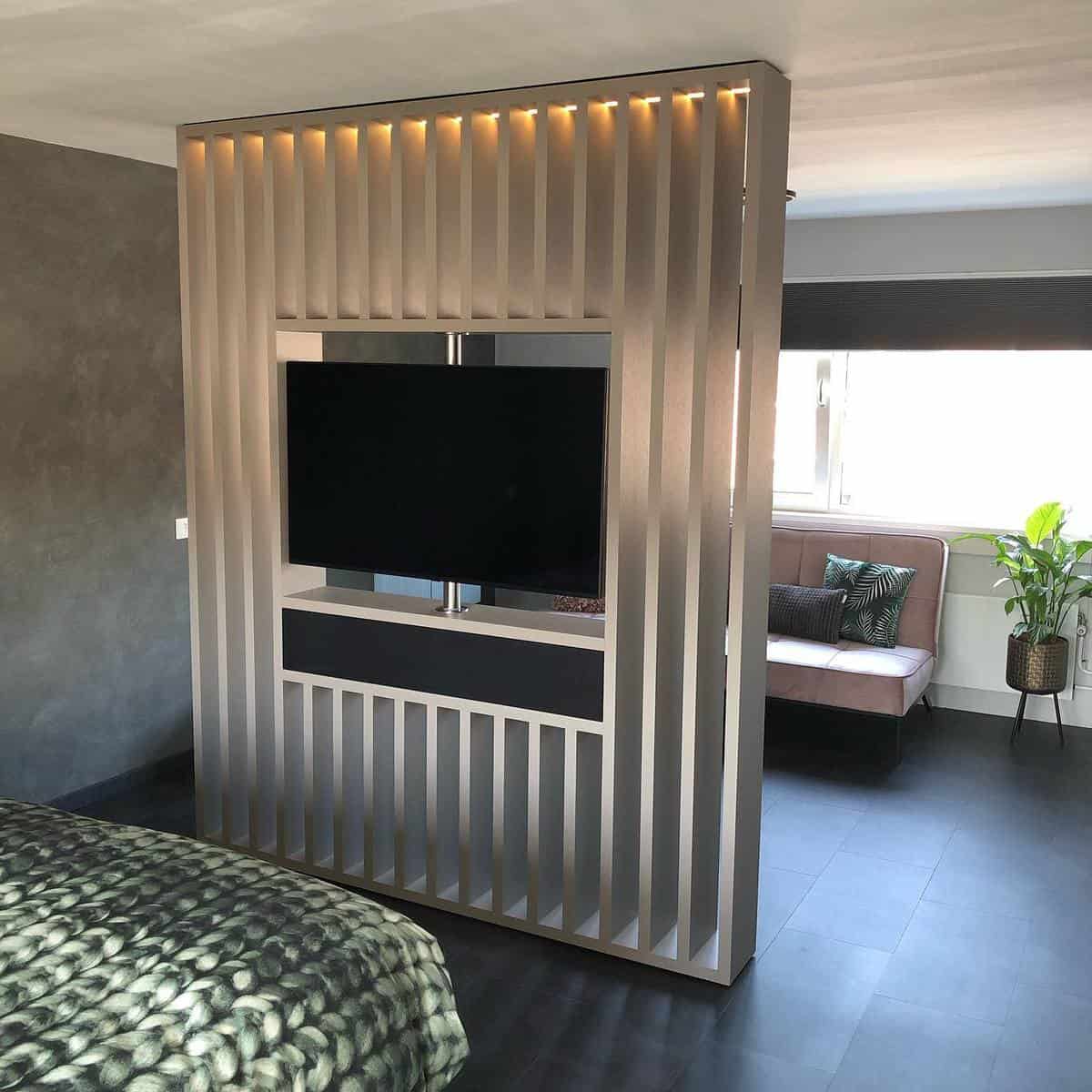
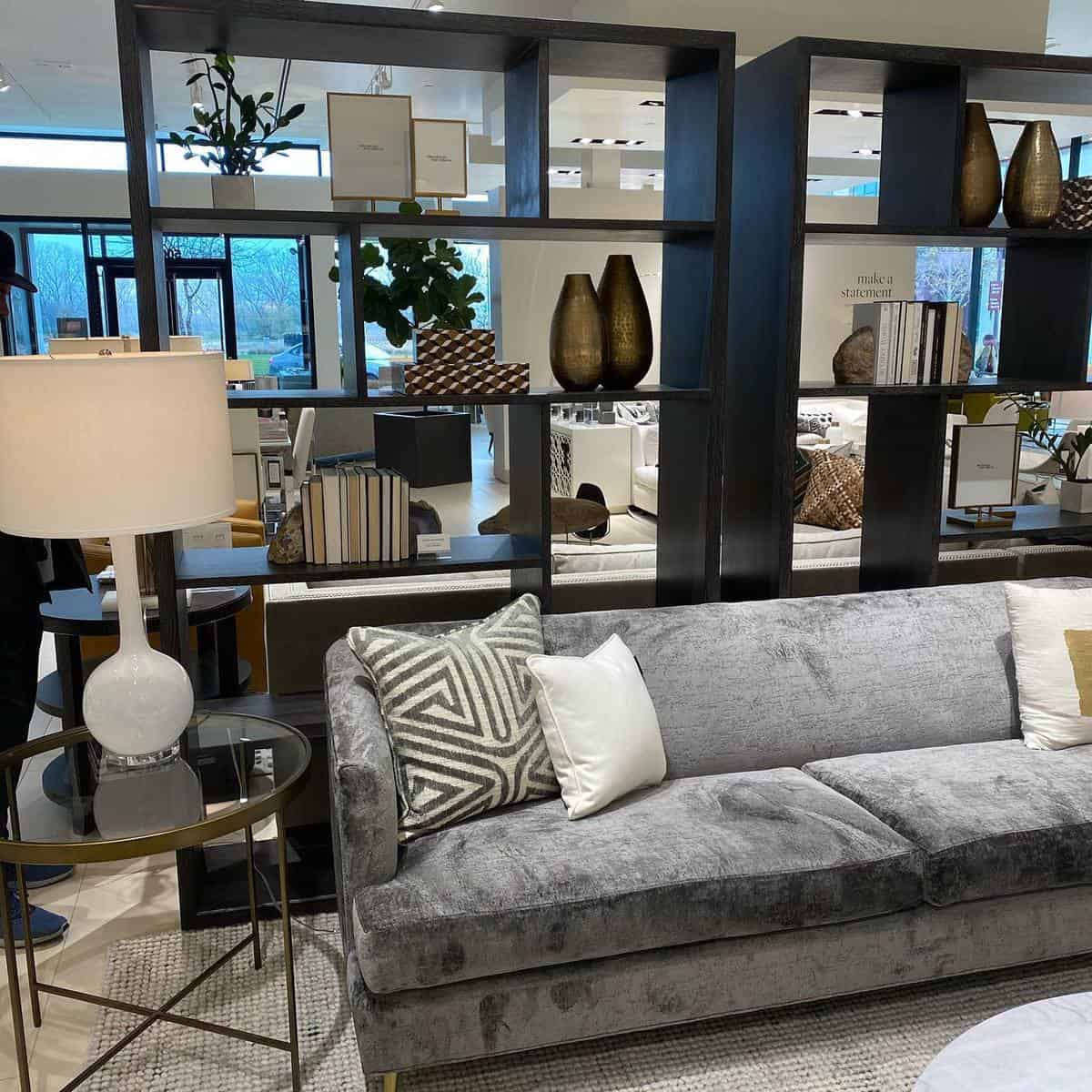
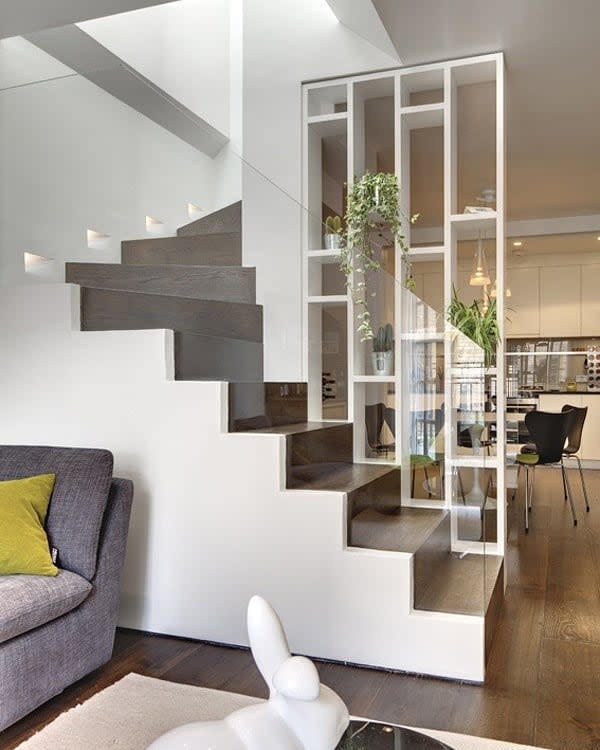
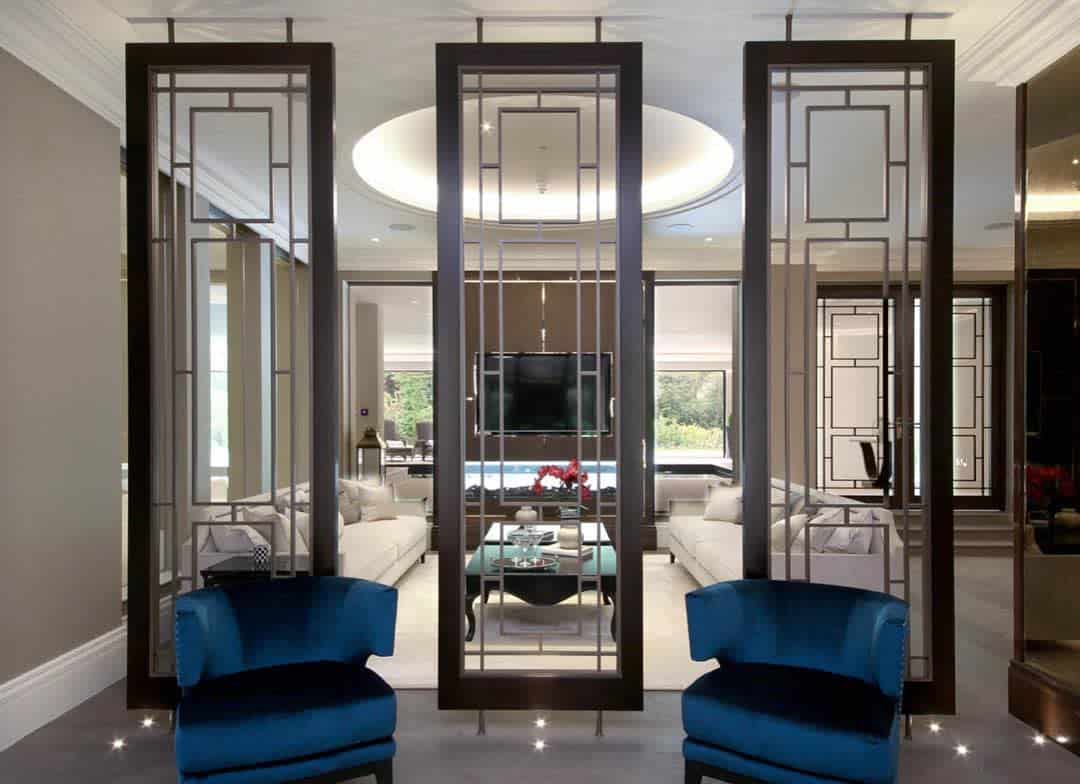
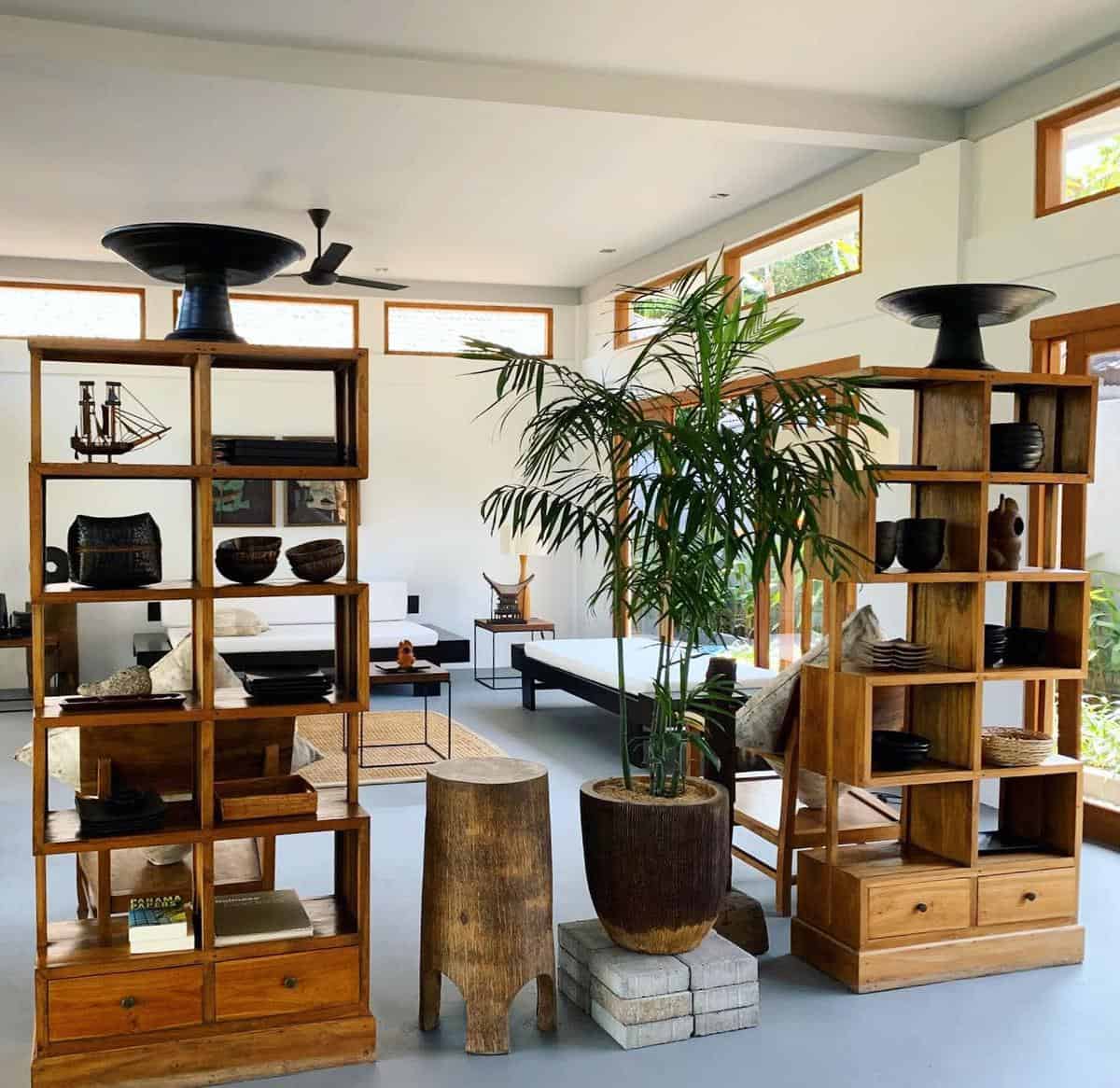
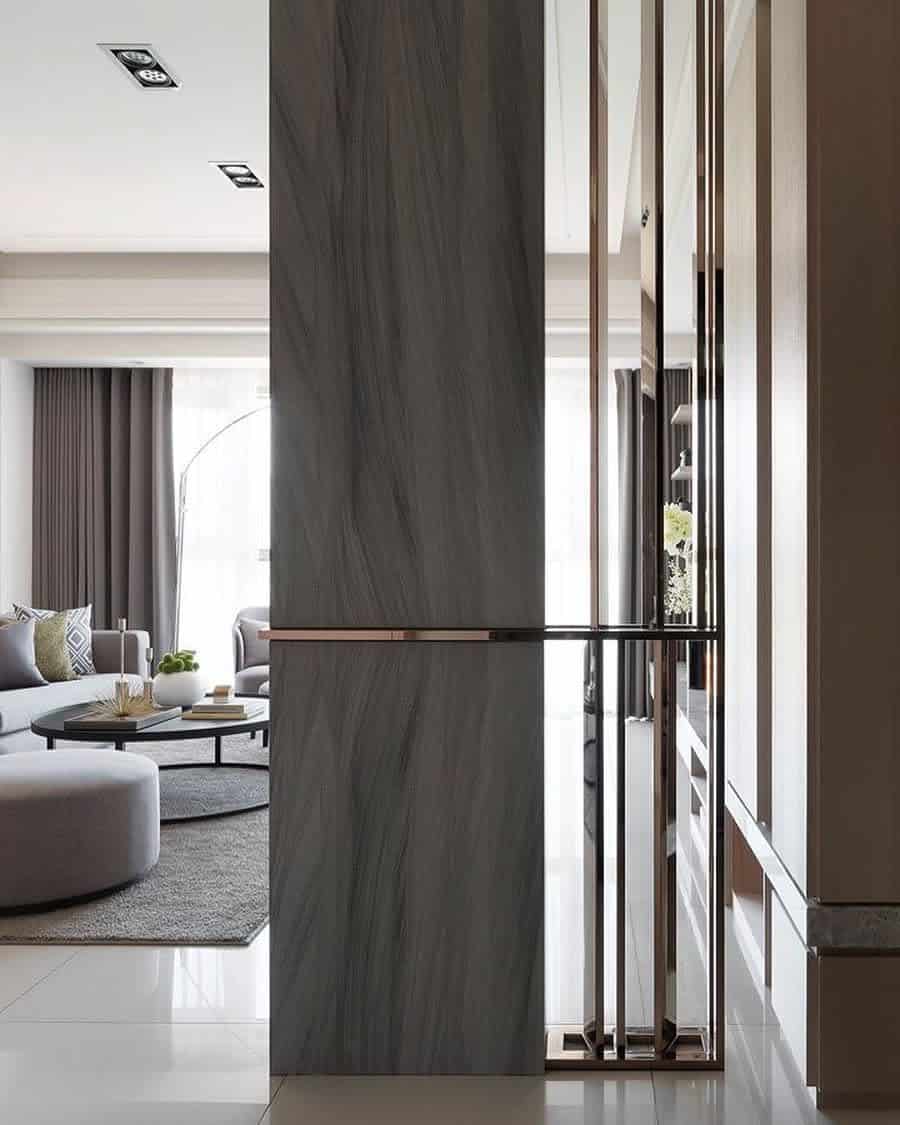
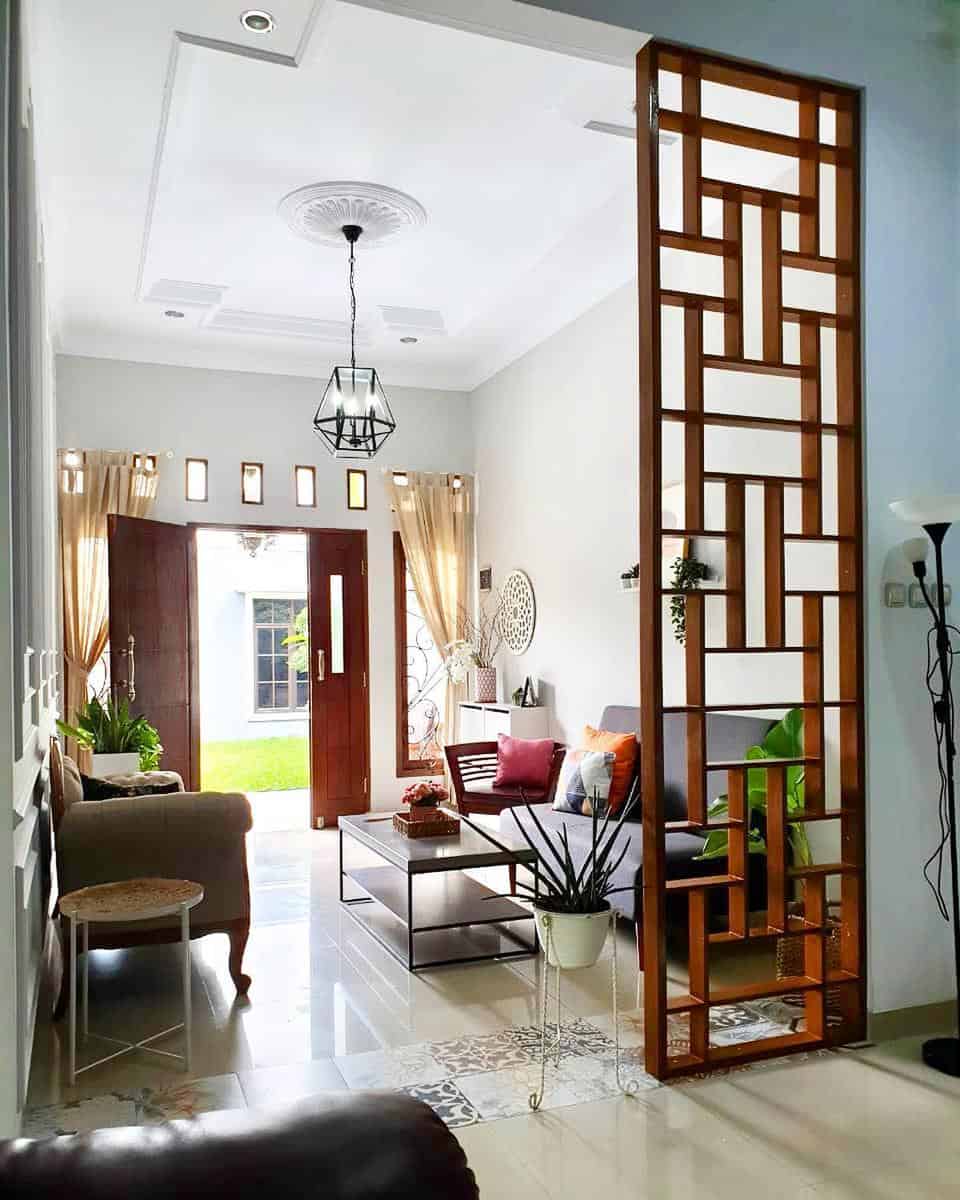
7. Temporary walls for outdoor charm
Temporary walls are an ideal way to create separate living spaces and complement existing outdoor privacy. After all, almost everyone has nosy neighbors. Wood and bamboo are great materials if you prefer a natural look. Otherwise, plastic and metal partitions offer a more modern aesthetic.
You can also use outdoor dividers to provide your patio or balcony with much-needed shade. Consider installing shutter panels so you can control the exact amount of sunlight that shines through your temporary wall.
Just because your temporary wall is outside doesn’t mean you can skip wall decoration. Hang string lights, climbing plants, or planters on your dividers to complete the project.
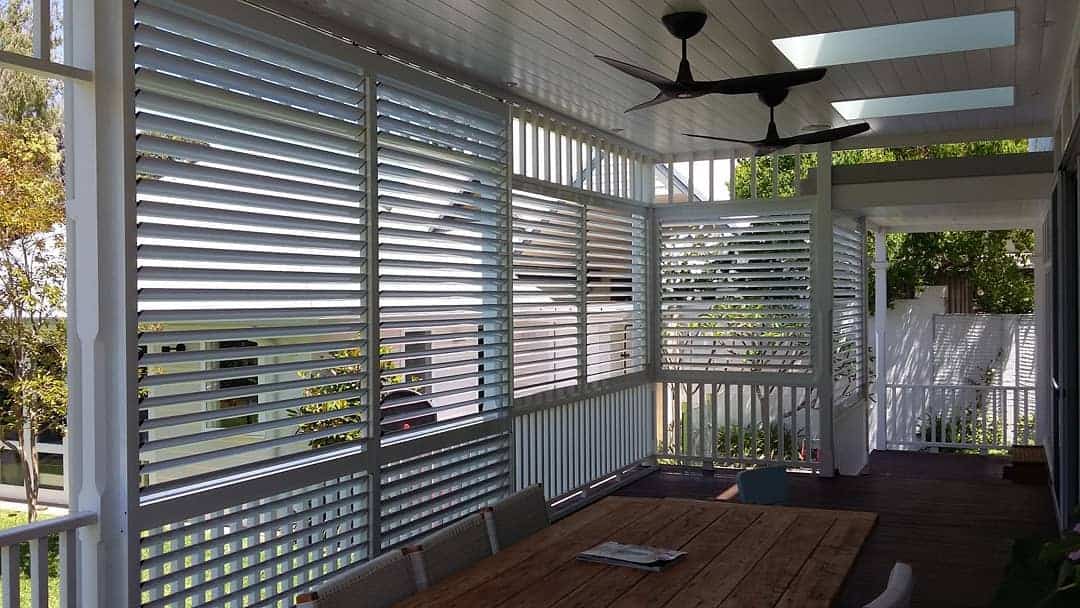
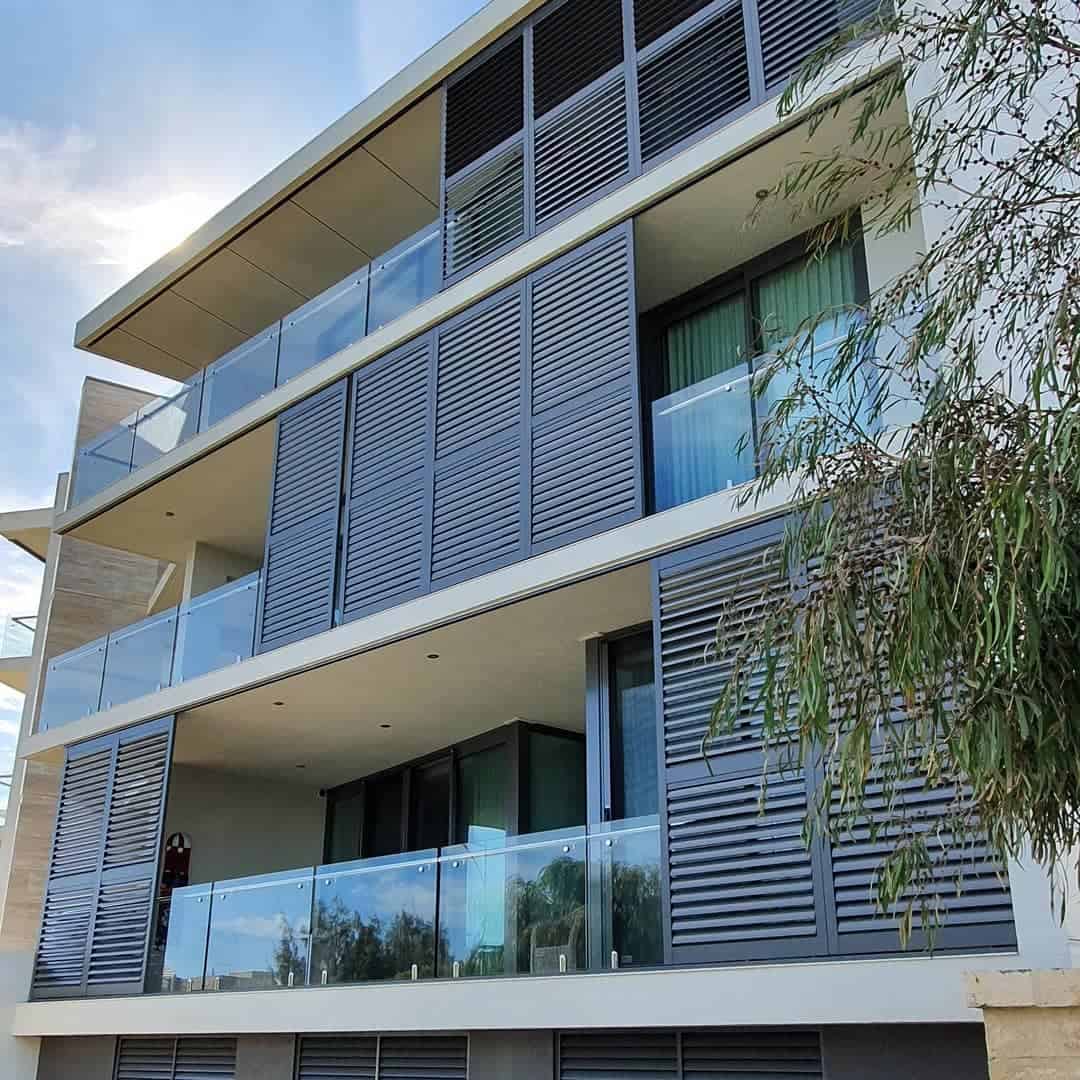
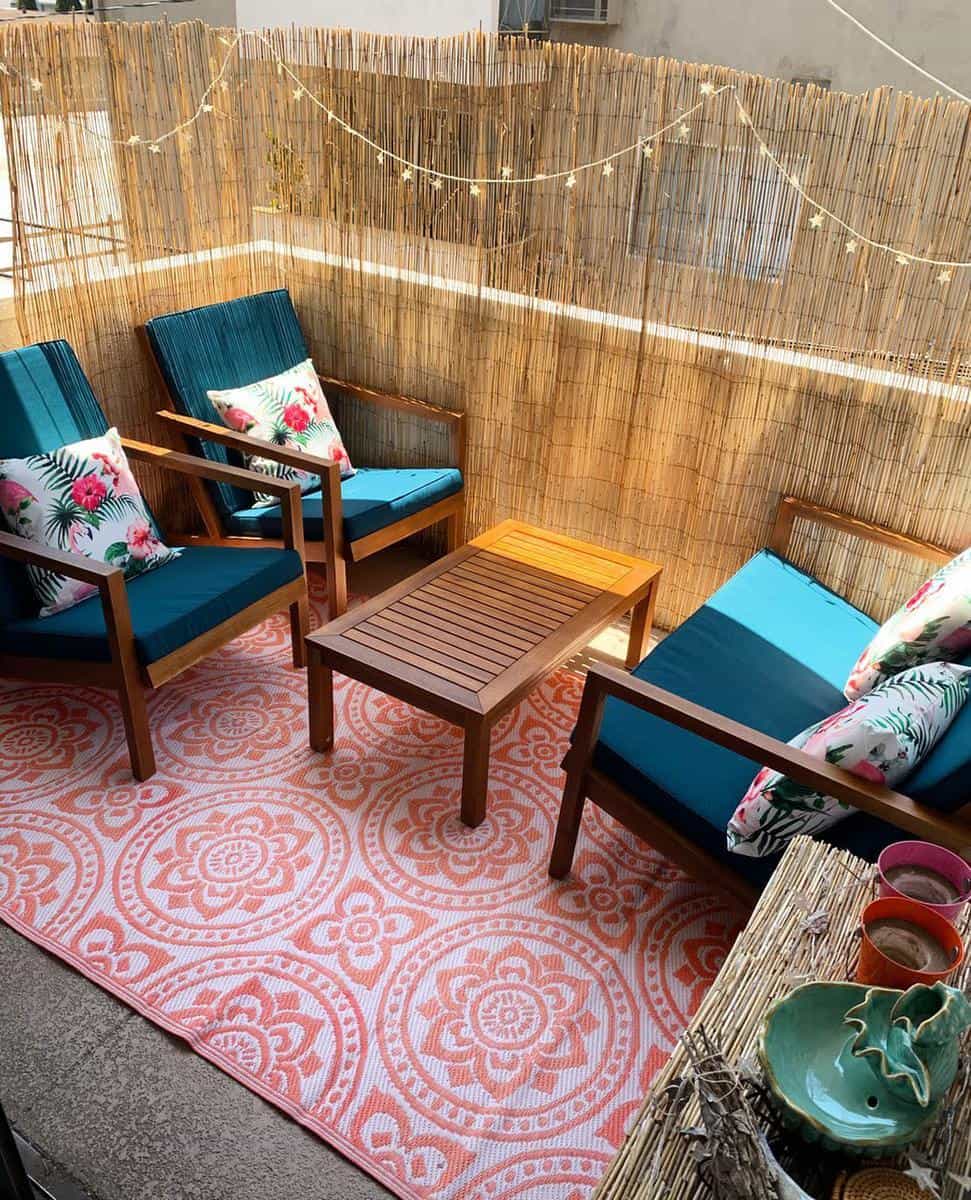
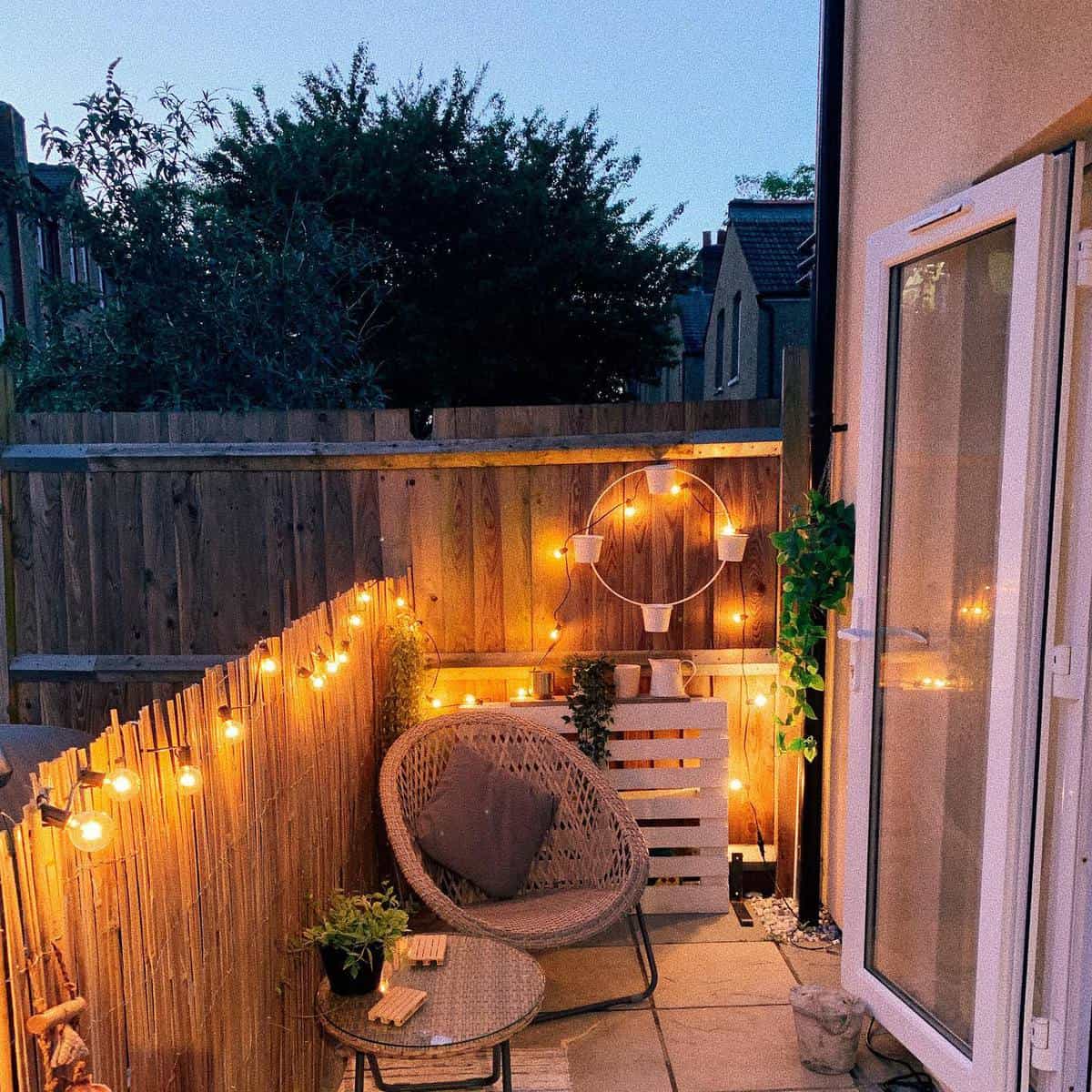
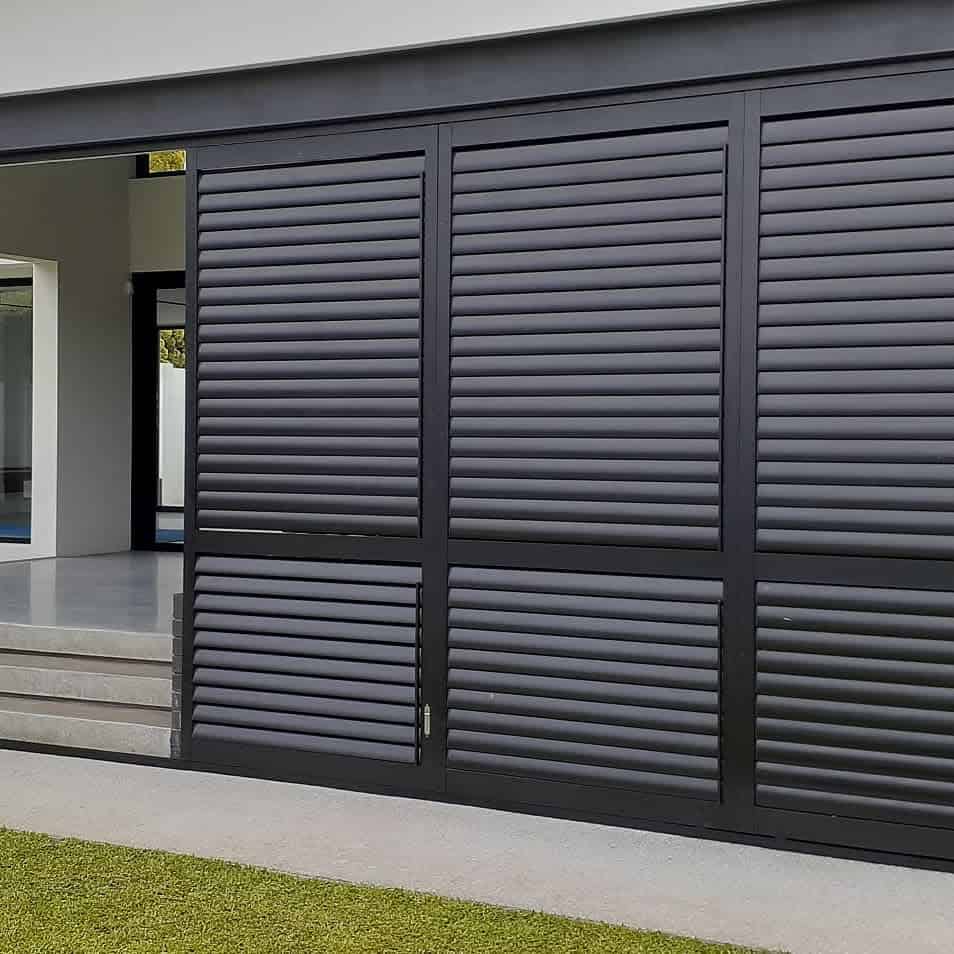
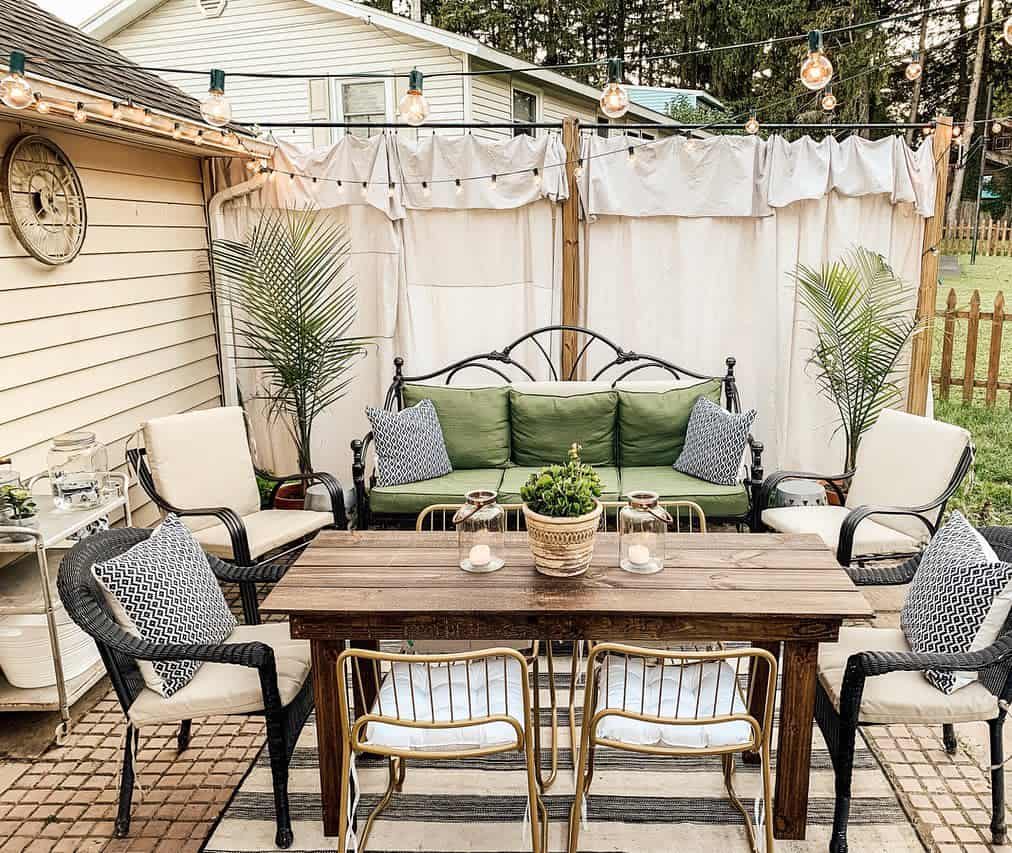
8. Uniquely innovative partition ideas
Be creative when designing your partition. Treat your room divider as accent decor by giving it a striking color, finish, or pattern that contrasts with the rest of the room.
You’ll find modular dividers that look like Legos and other unique building block shapes. Step wood and recycled pallet wood work well with any rustic or farmhouse-inspired decorating idea.
Place dried reeds, grasses or tree branches in containers to create an organic room divider. Unless complete privacy is a must, experiment with using negative space in your temporary wall design.
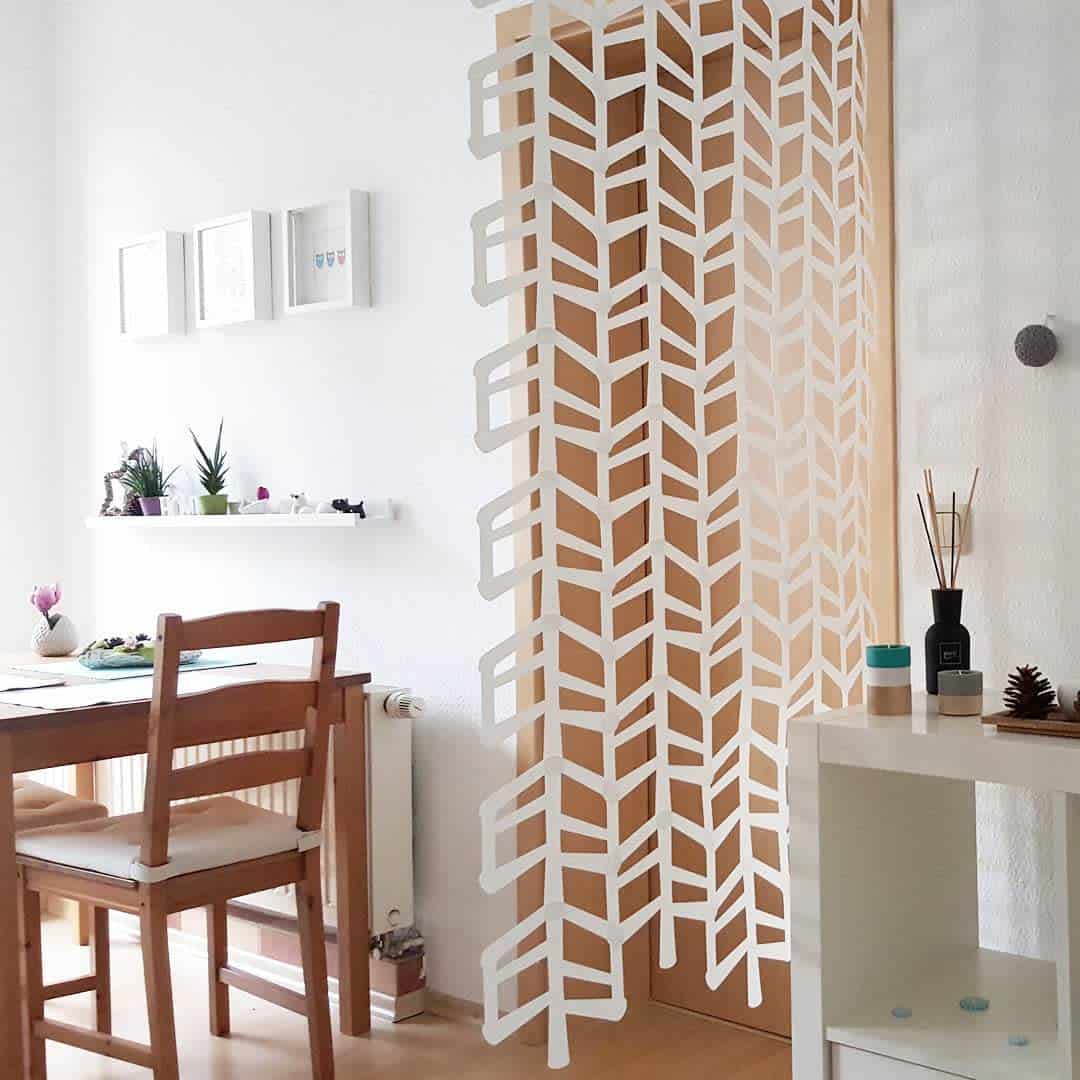
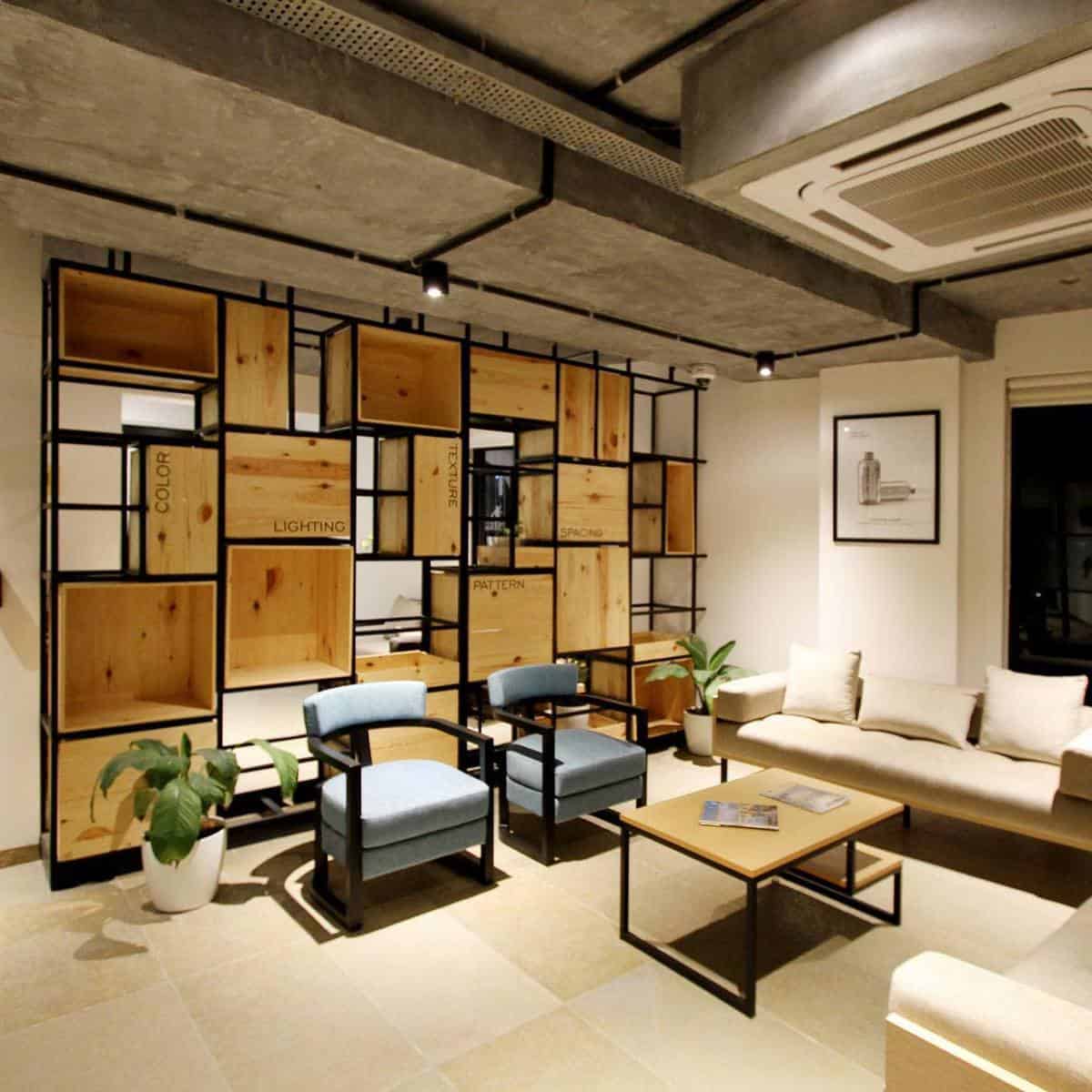
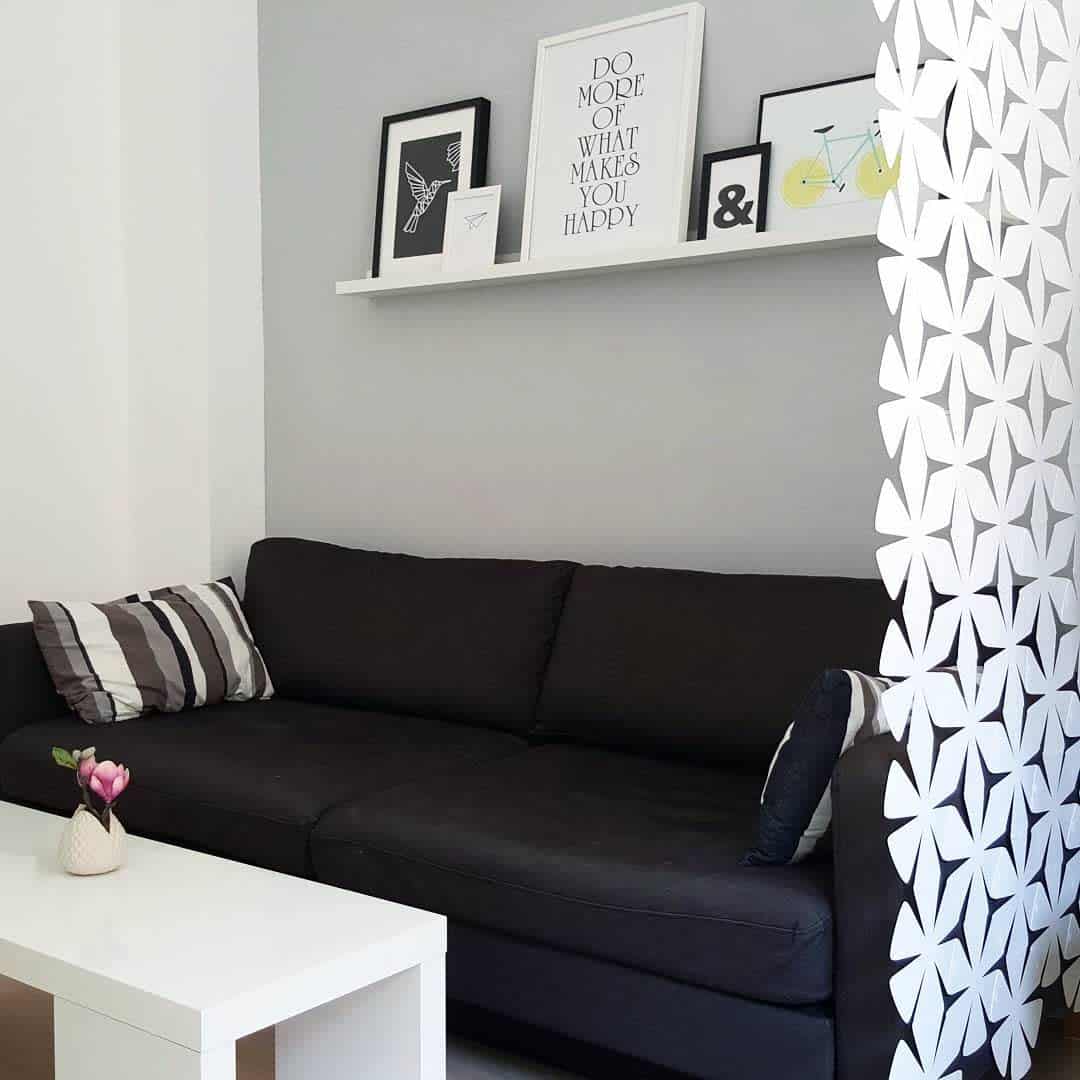
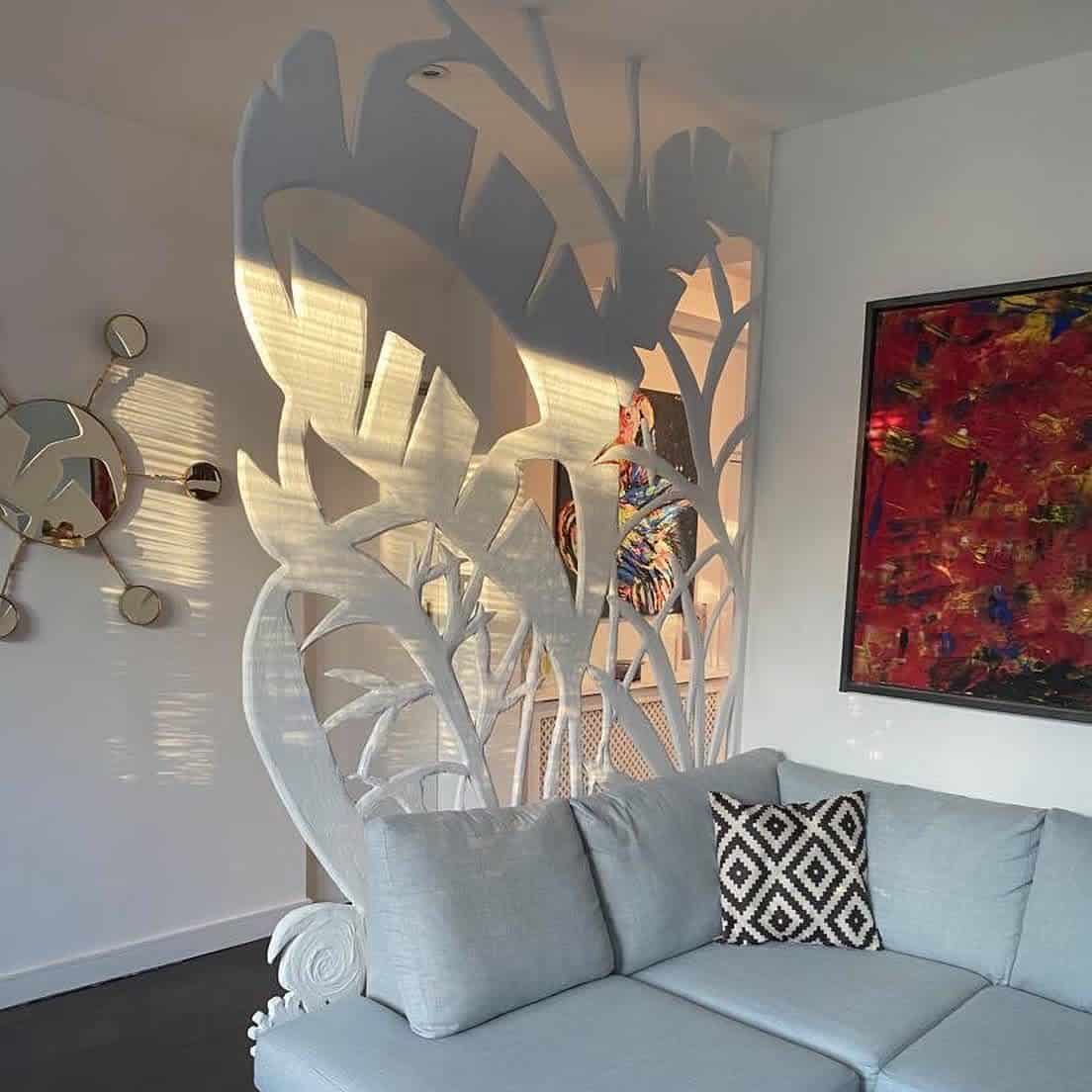
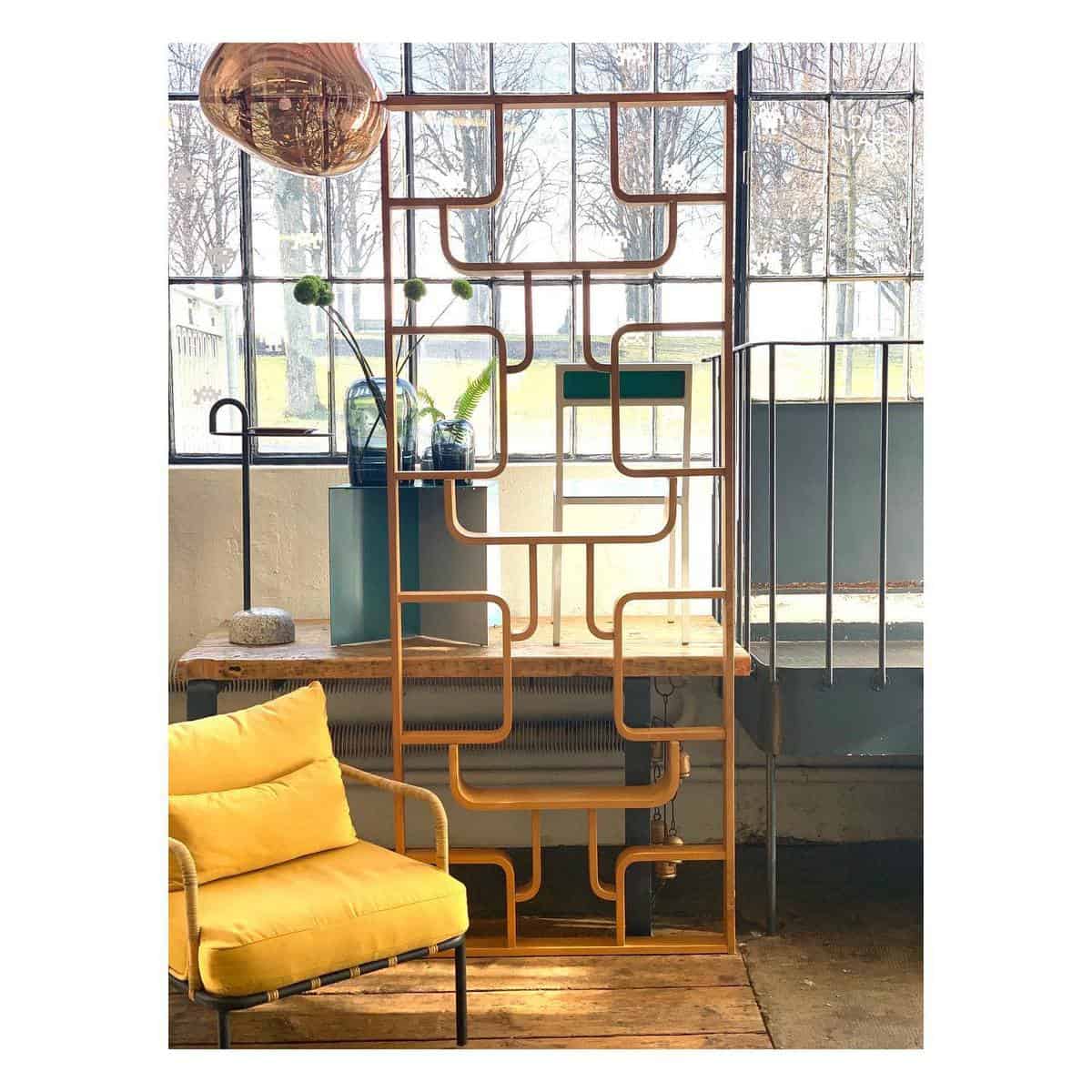
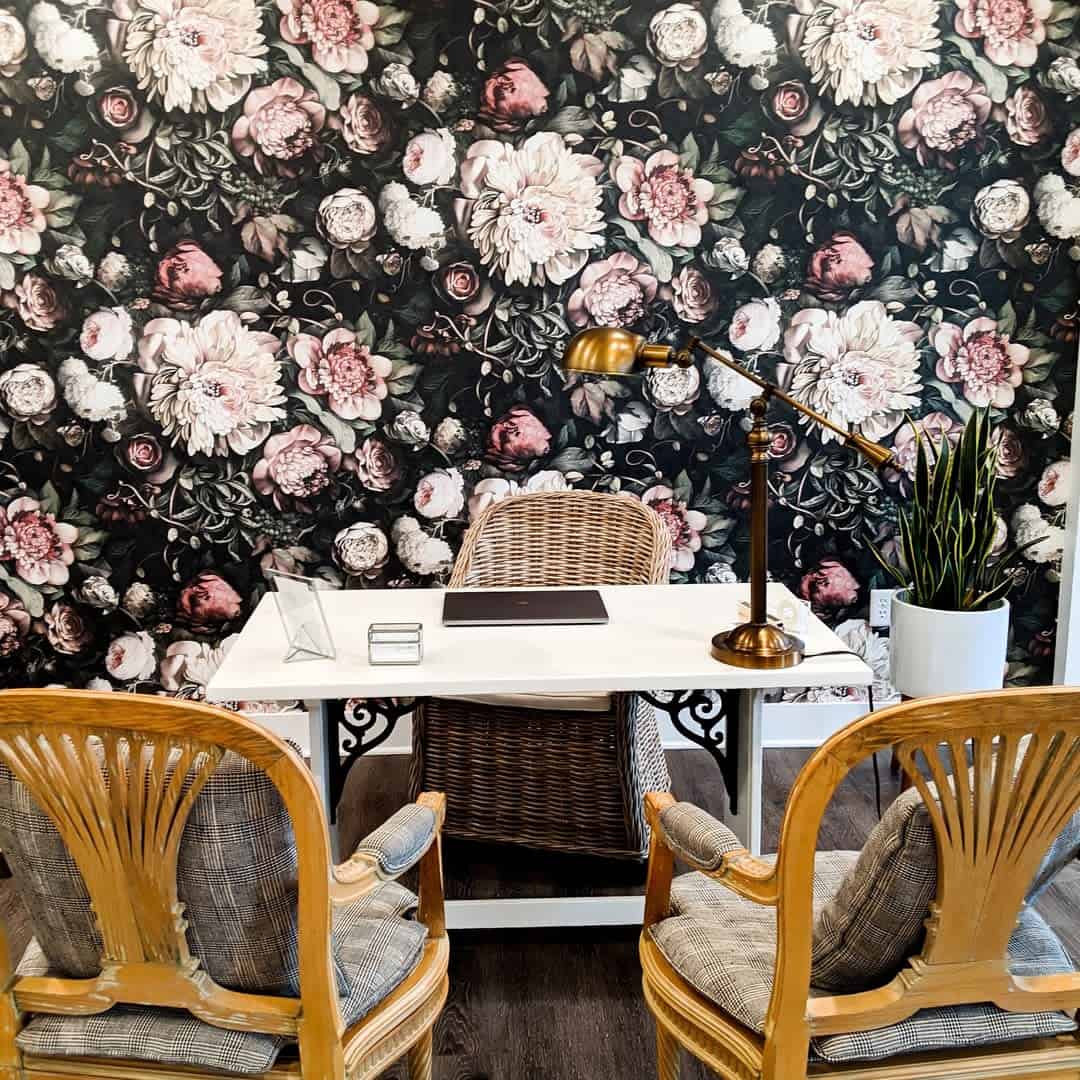
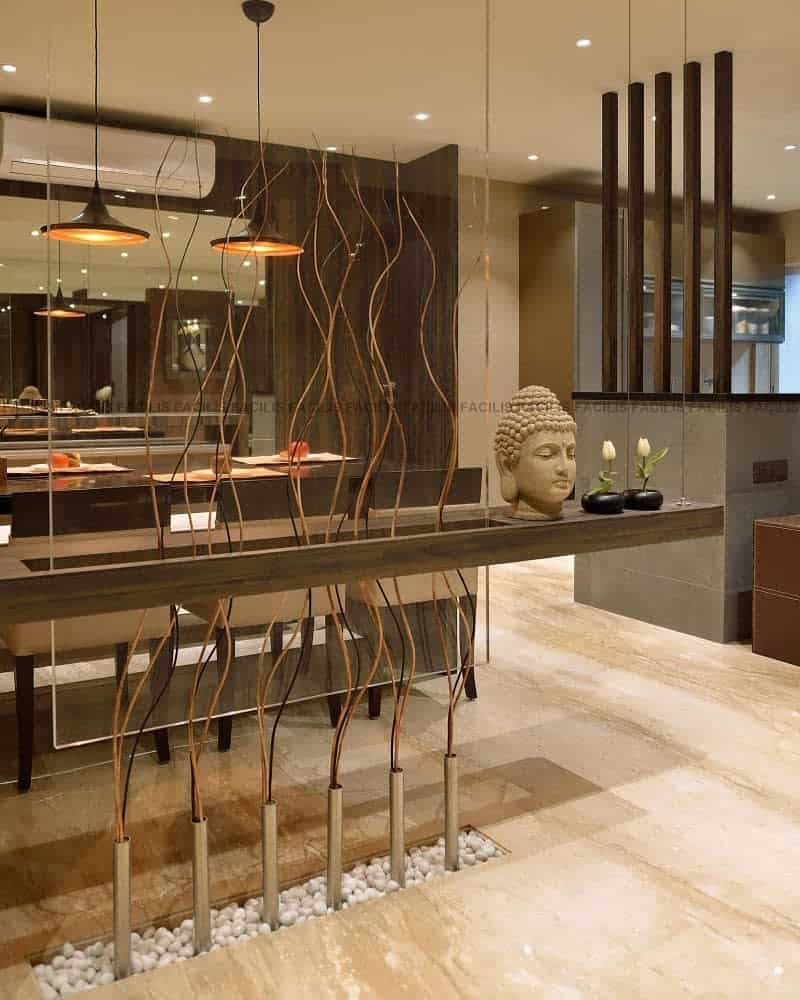
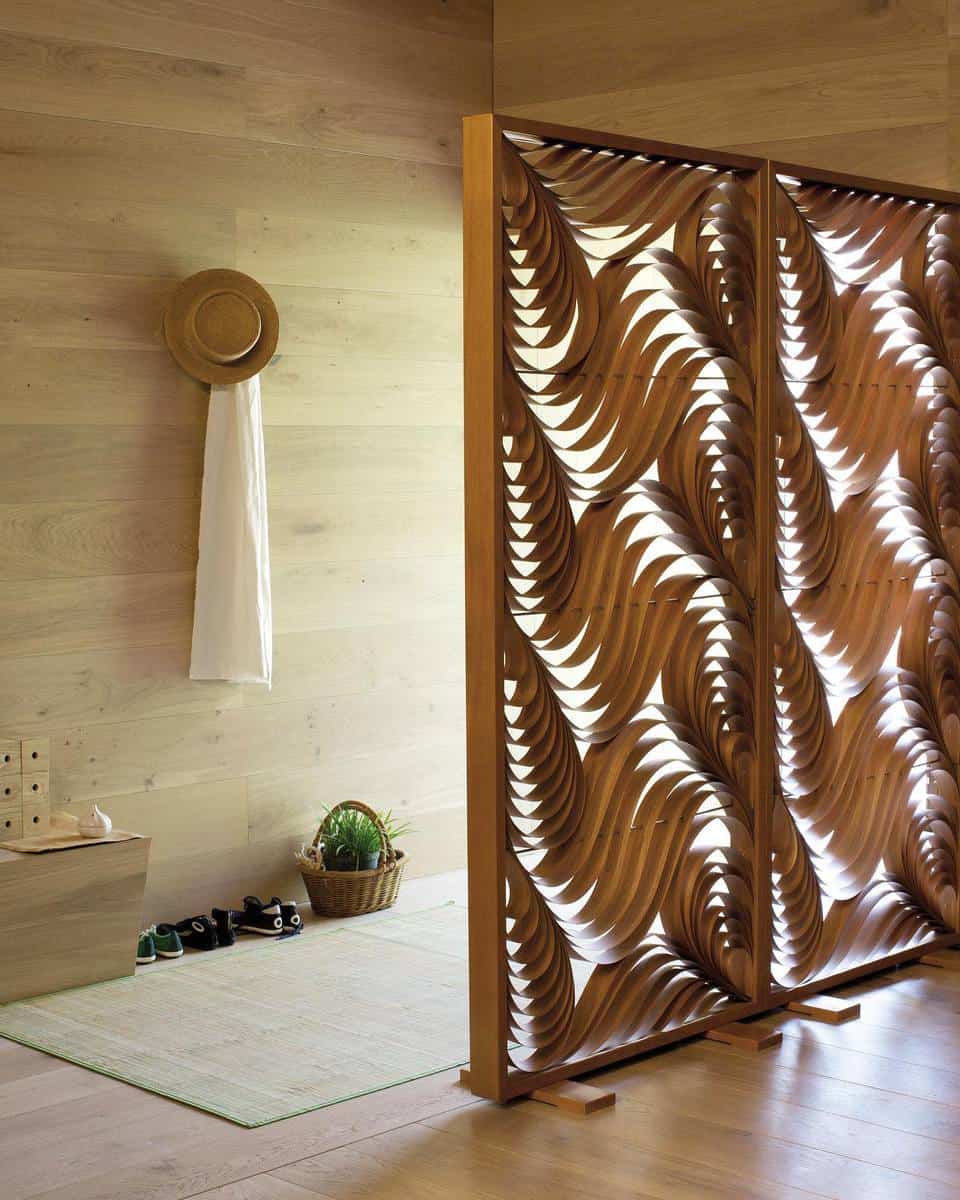
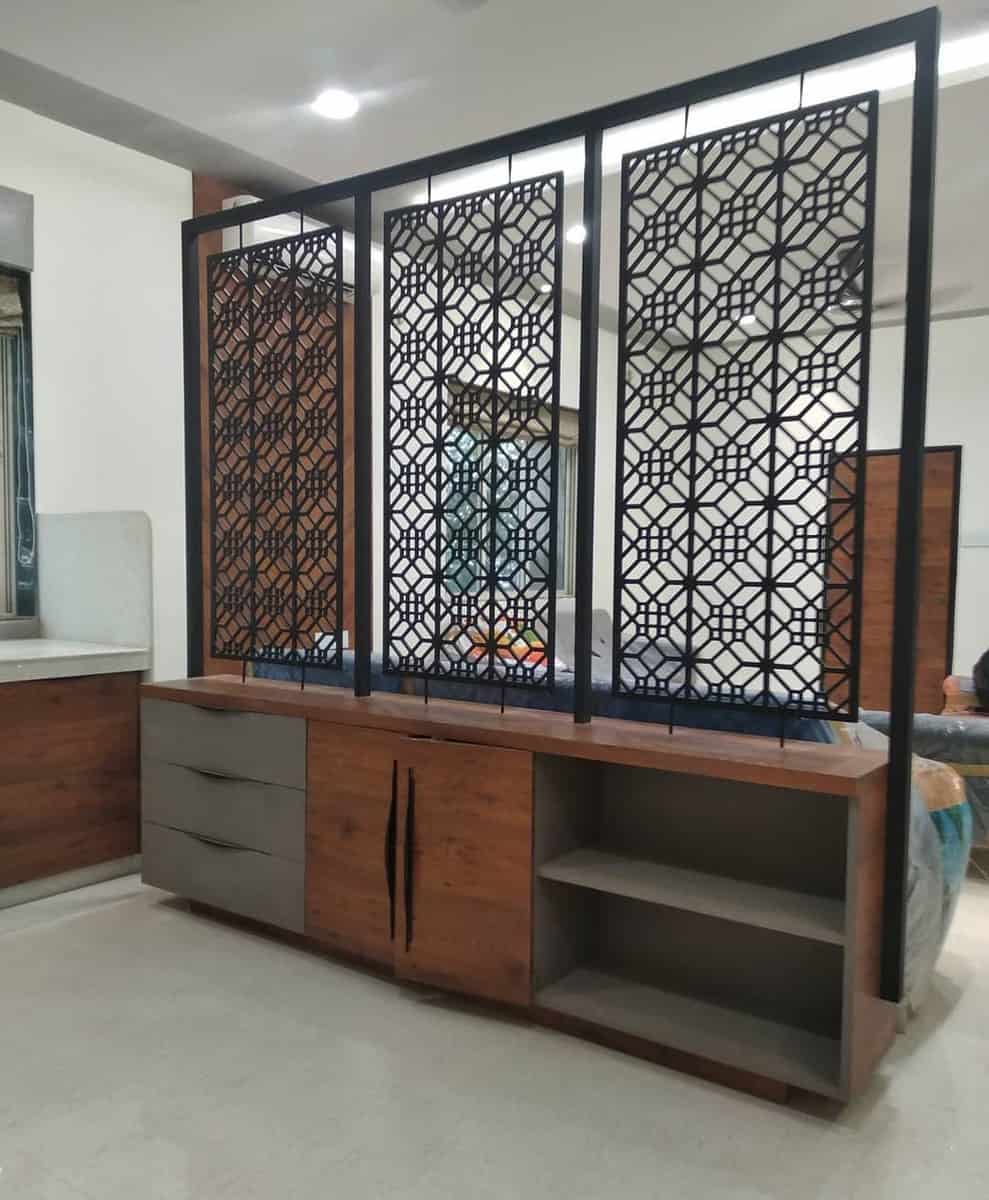
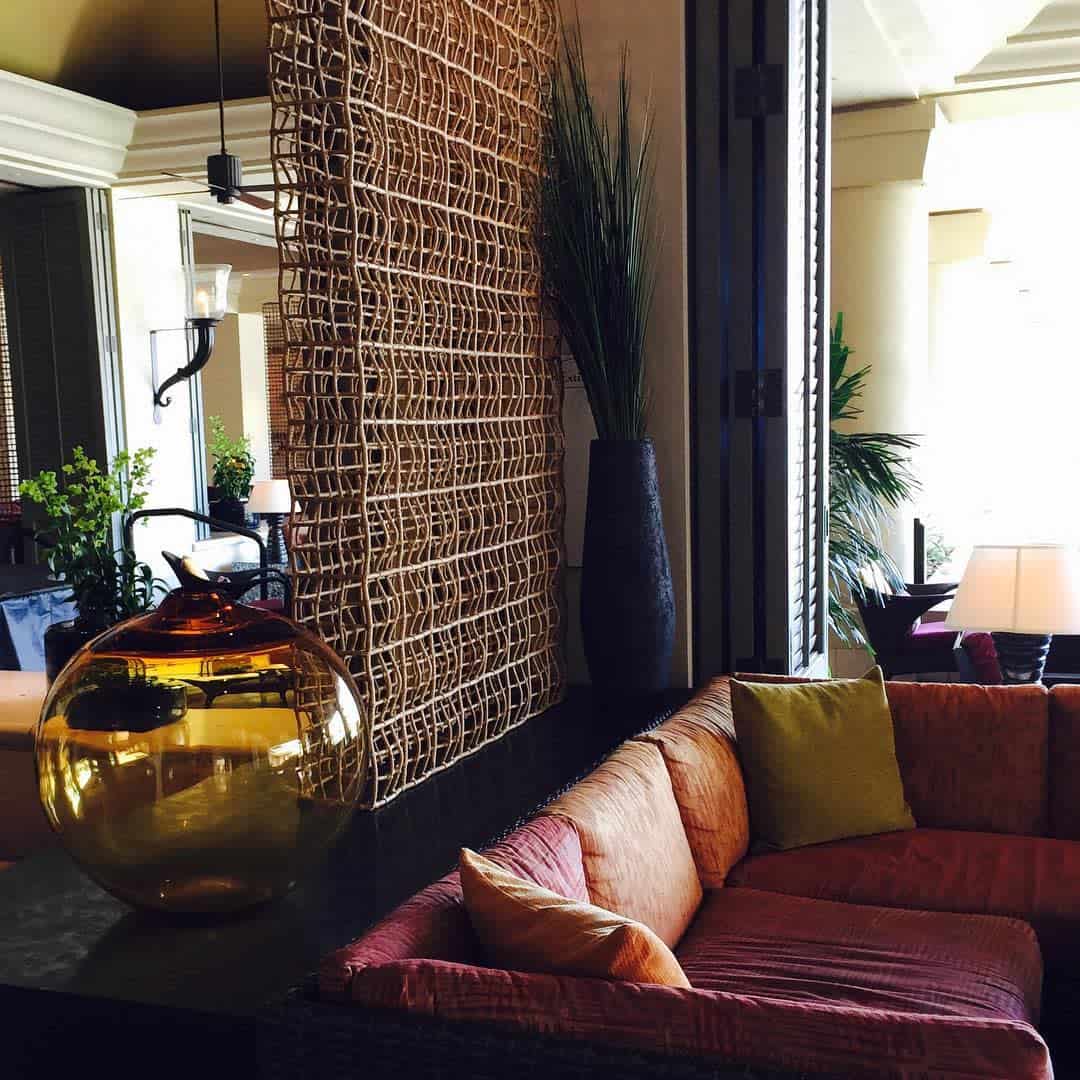
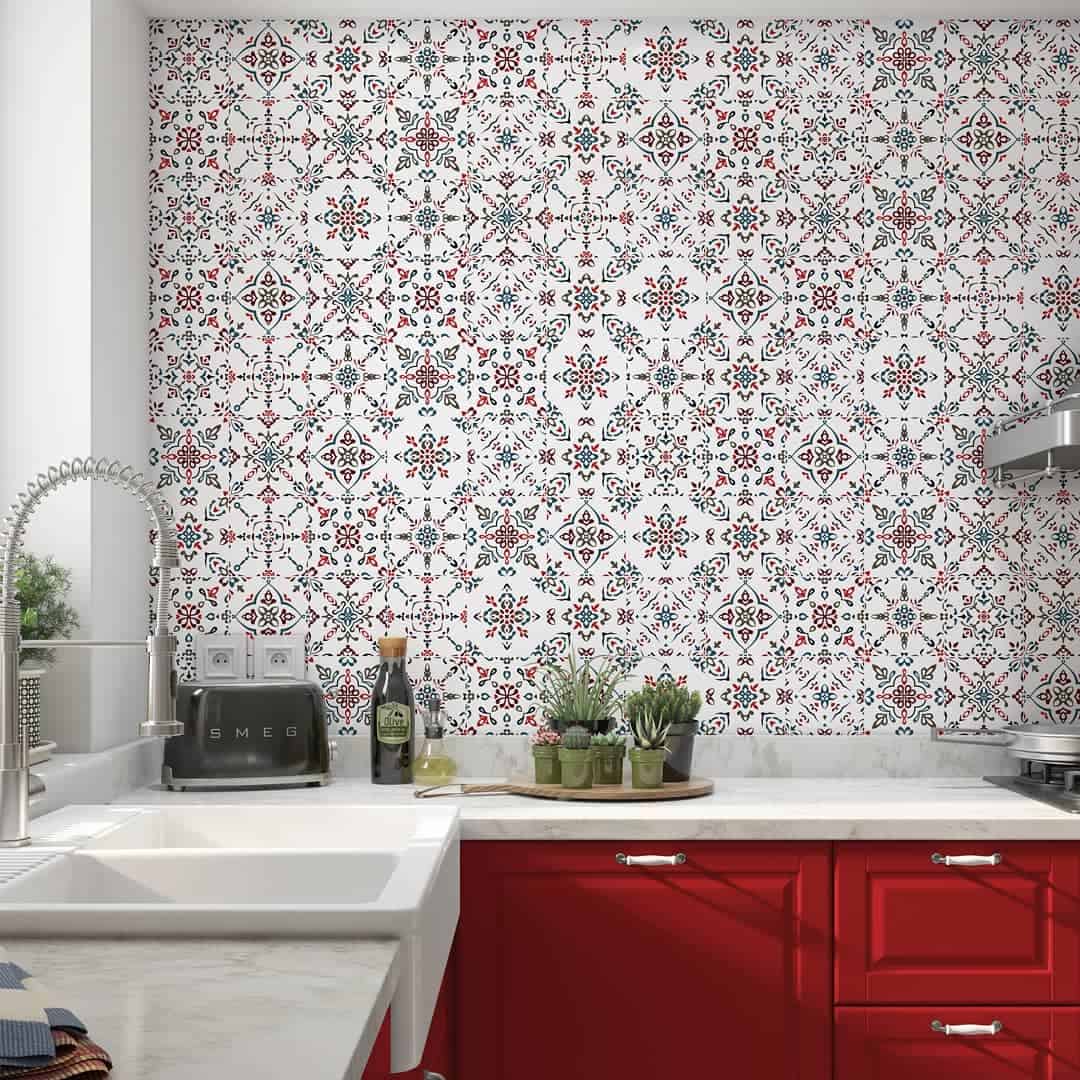
9. Exploring temporary wallpaper innovations
If you’re just looking for a fresh interior design, the secret may lie in the walls you already have. You can use temporary wallpaper to revitalize an existing wall with a decorative mural instead of installing a whole new wall.
Peel and stick wall decals are perfect for adding appeal to a single accent wall, but can technically be used anywhere. This product is particularly popular with tenants and those looking for short-term design solutions.
Of course, you can always combine removable wallpaper with any room divider or temporary partition idea. You can even apply wallpaper to wooden panels to create a real temporary wall that can be reused in another location.
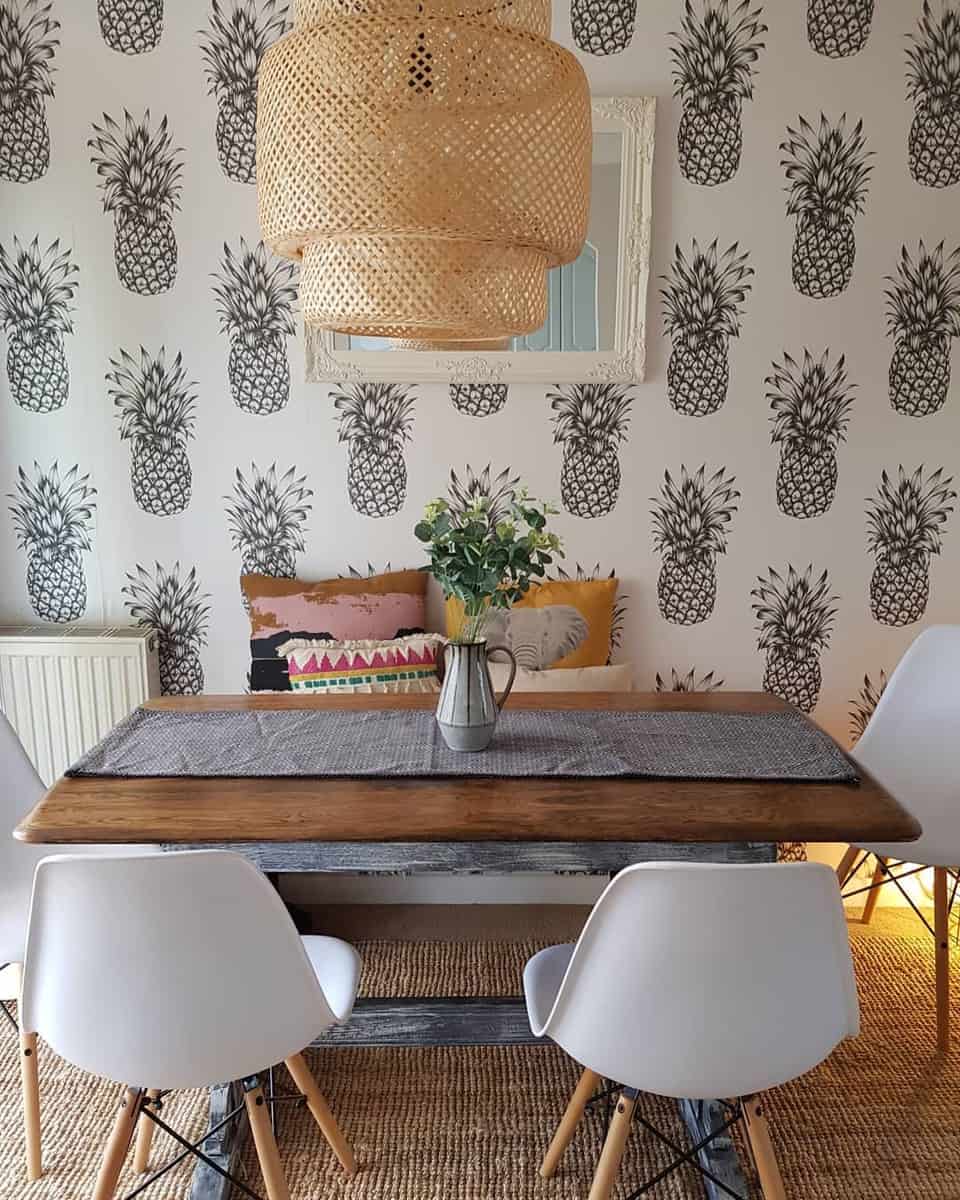
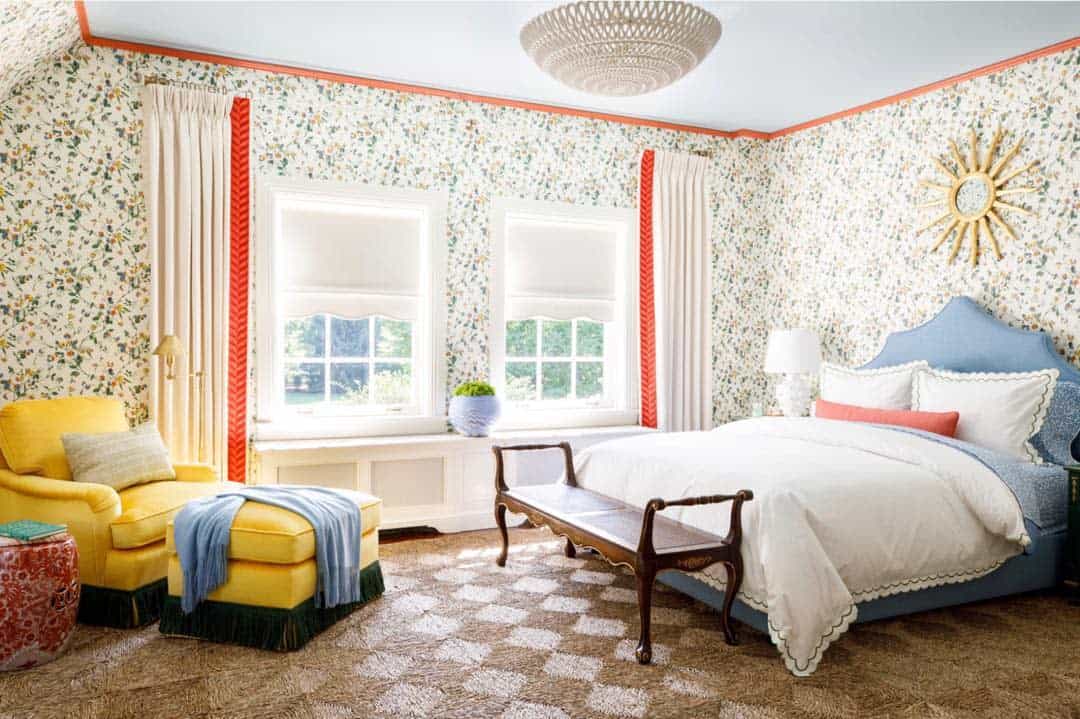
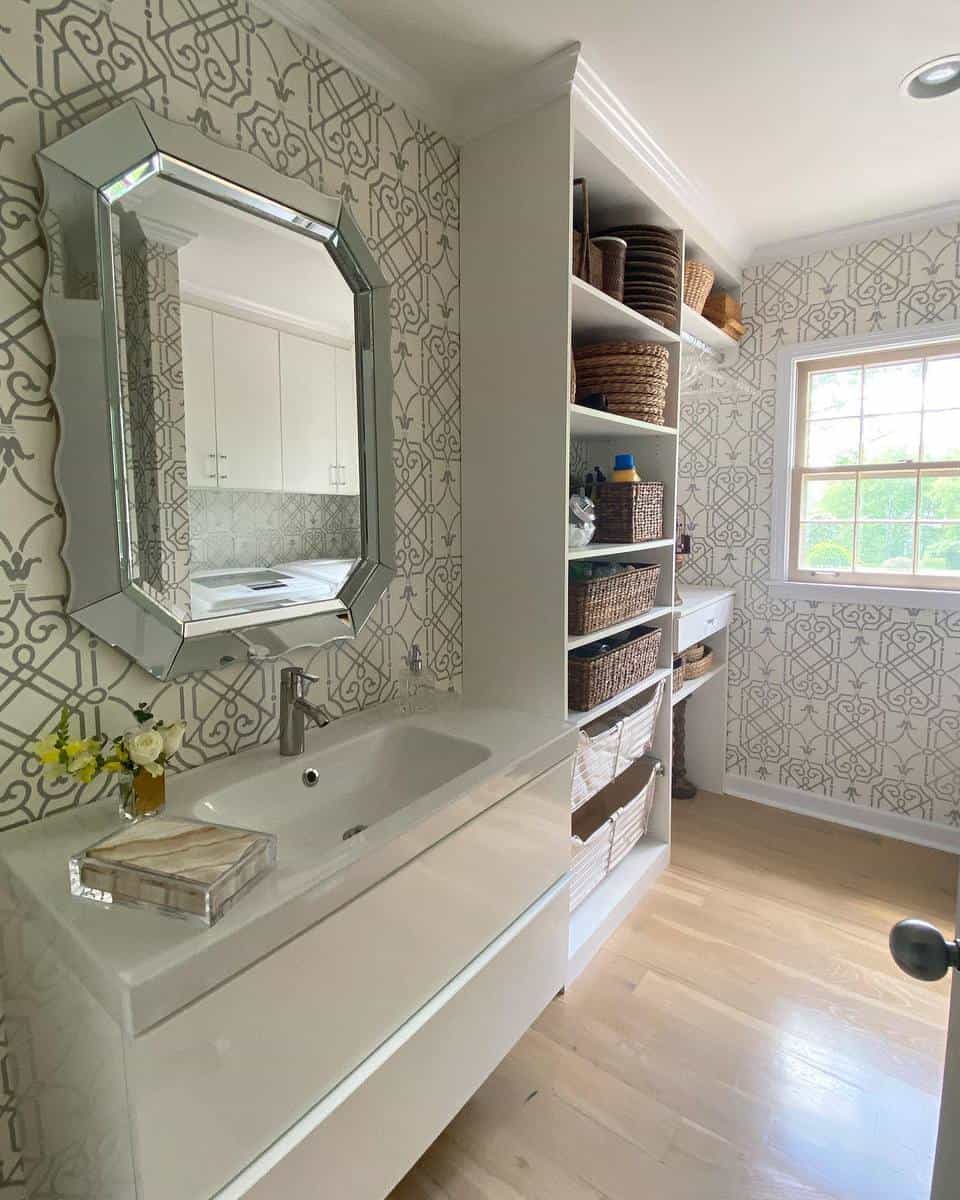

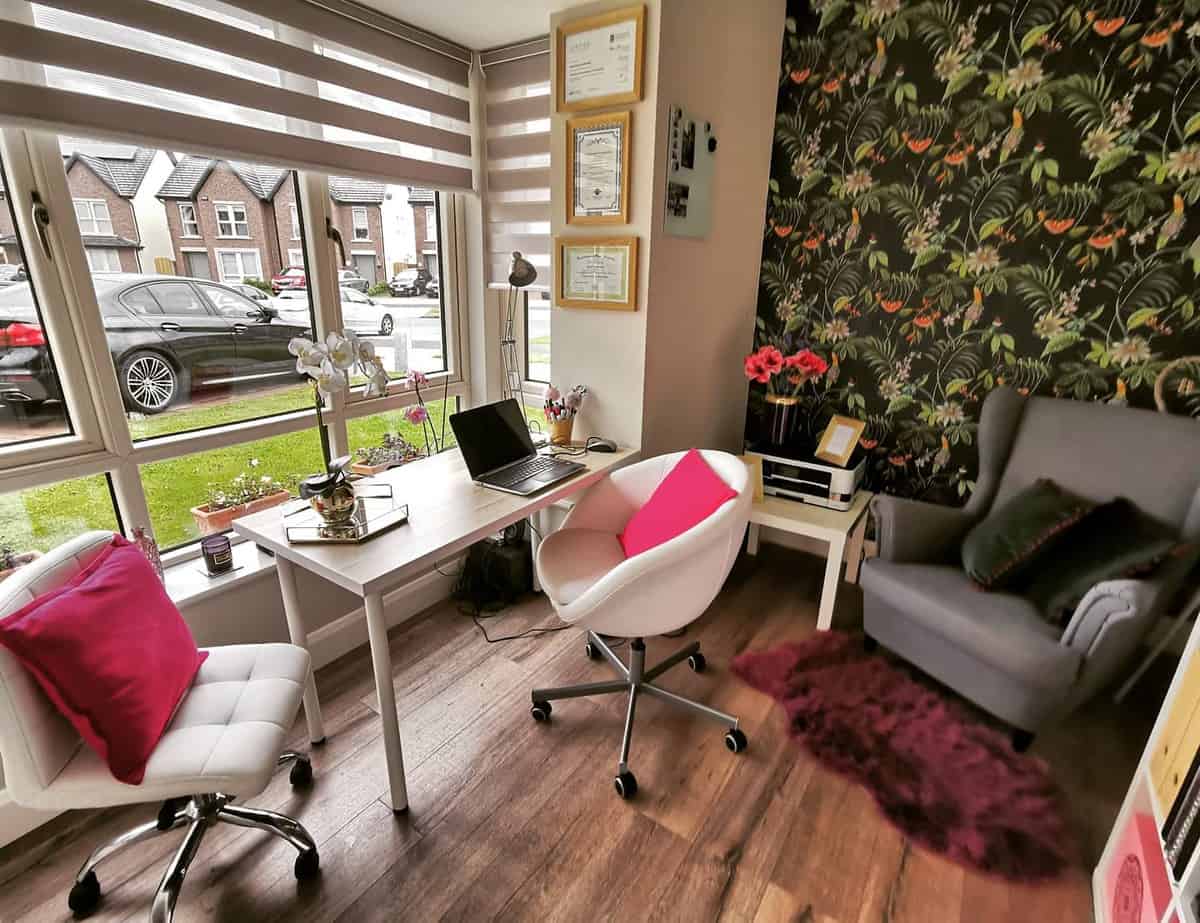

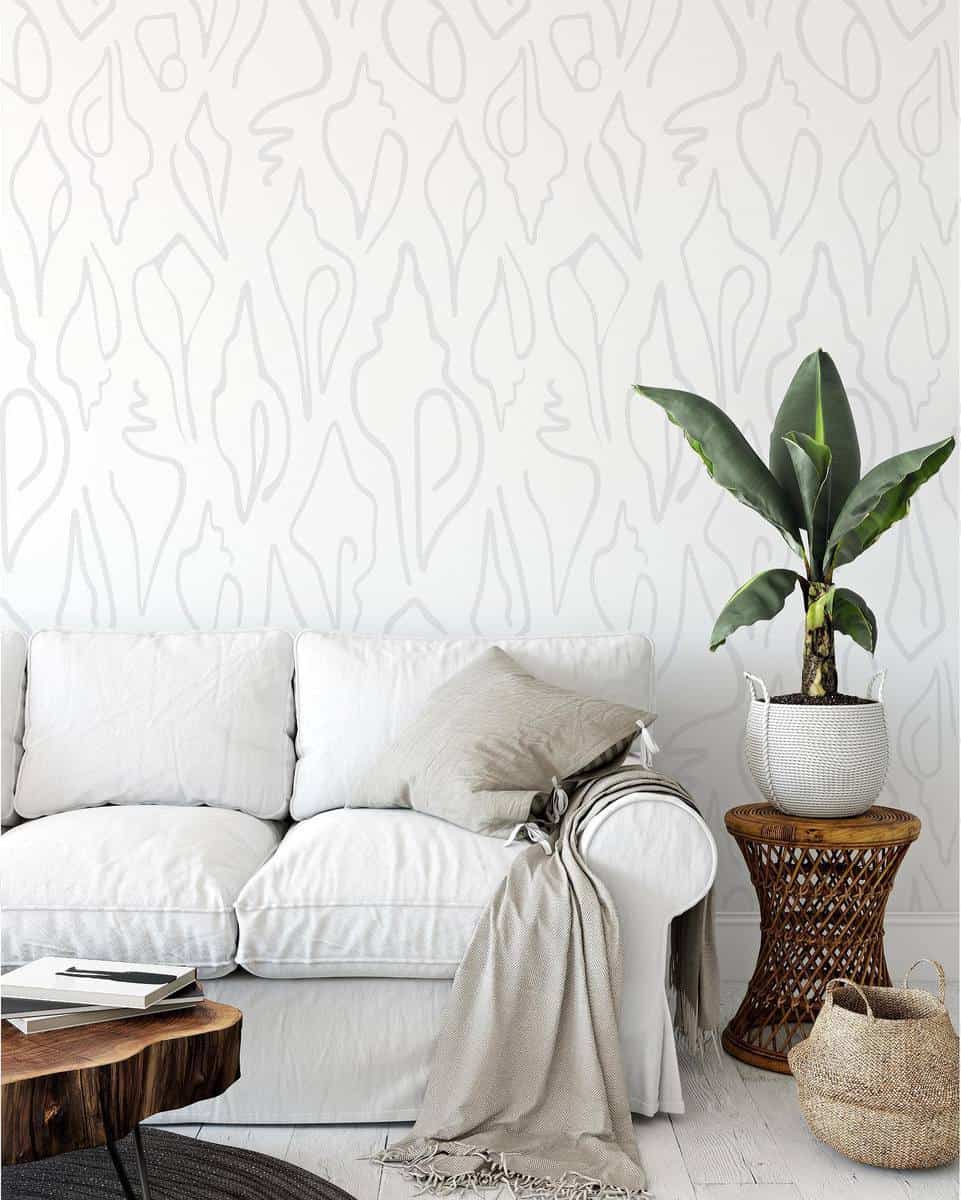
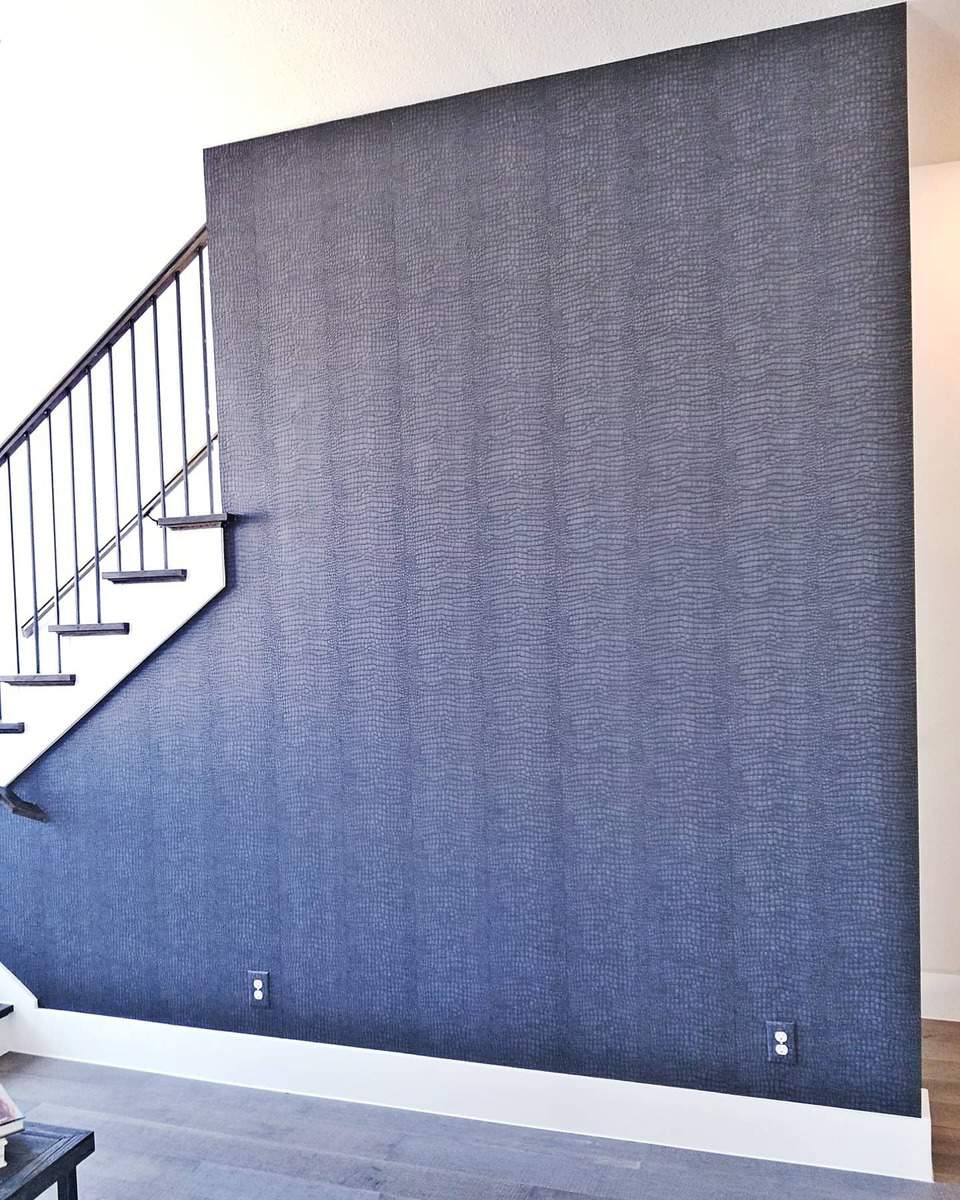
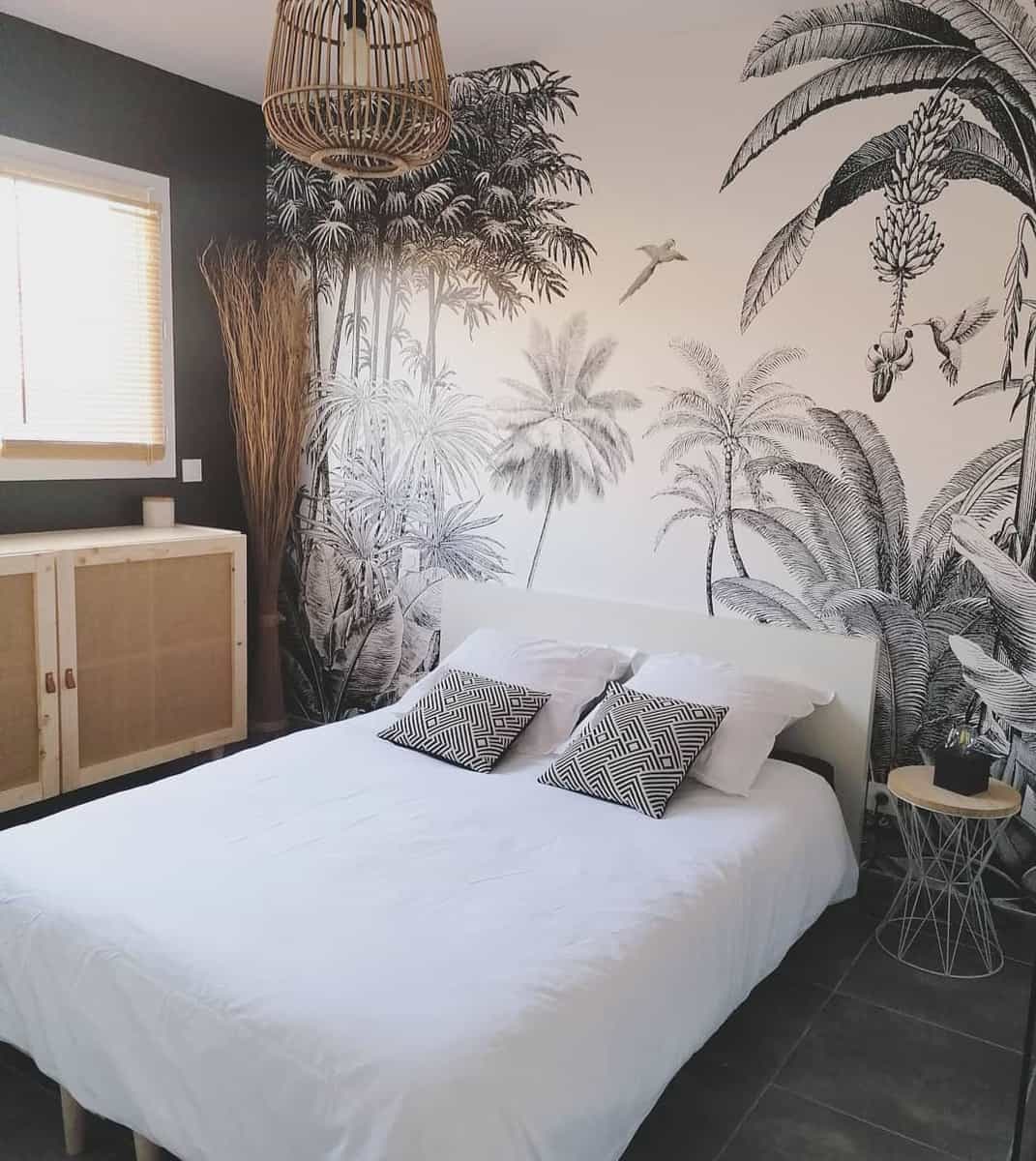
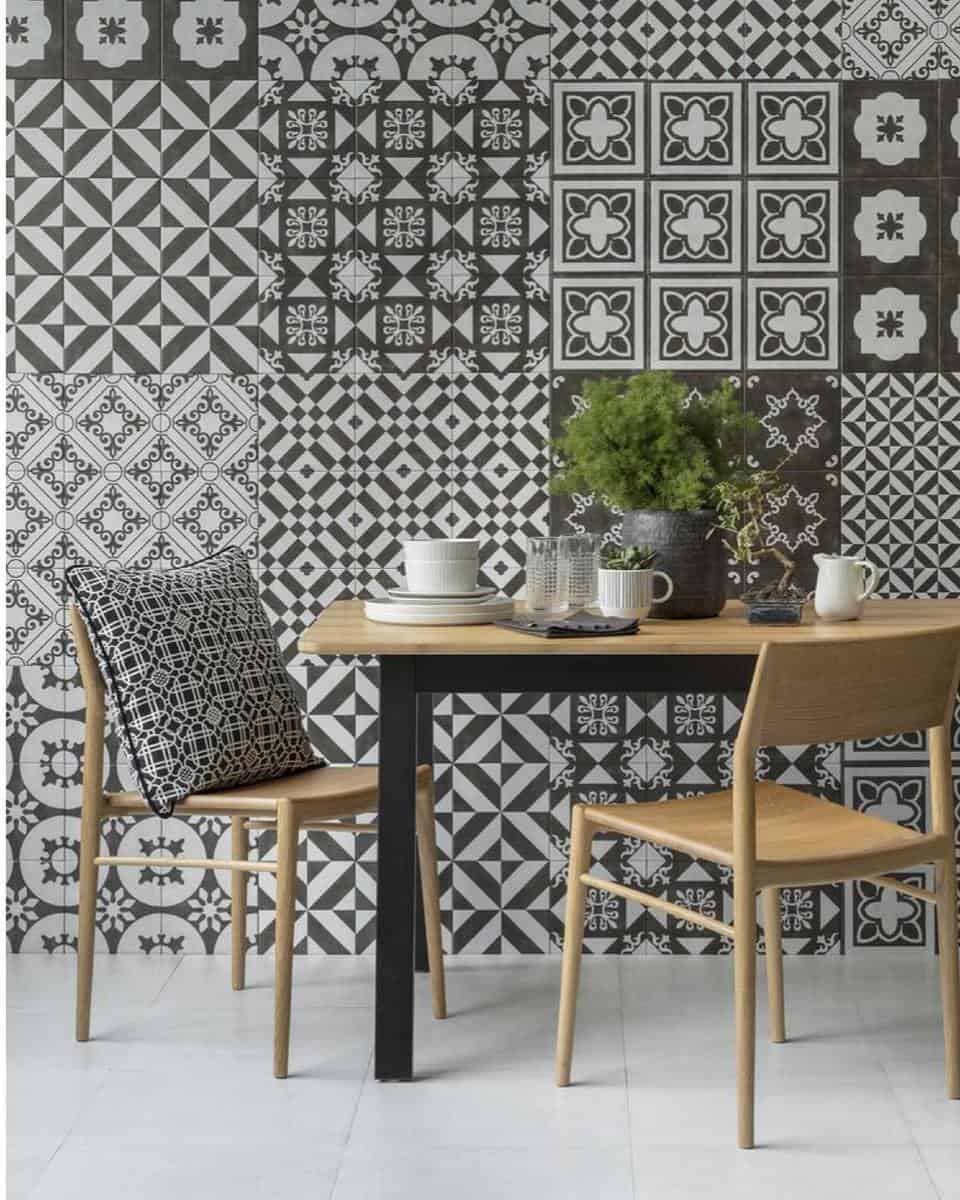
Frequently asked questions about temporary walls
How much does a temporary partition cost?
The exact pricing depends on many factors. Generally, installing temporary pressure walls into an existing space in an apartment costs up to $2,500. Partial walls generally cost less. Adding elements like a door or window results in a more expensive temporary wall.
How do you keep a screen divider from falling over?
The easiest way to keep your freestanding room divider upright is to lean it against another piece of furniture. You can also invest in wall, ceiling, or floor mounts to secure the screen divider, but this solution negates the portability of the divider. Many homeowners attach door hinges to one end of their partition so that it can be mounted to a wall and folded away when not in use.
What is the ideal height for a room divider?
There really is no ideal height for a temporary wall or room divider. Partitions can range from several feet high to the ceiling. Floor-to-ceiling partitions offer maximum privacy. If you’re using a partition as decoration or to break up an open floor plan, choose the height that best suits the room.
 home decor trends
home decor trends
